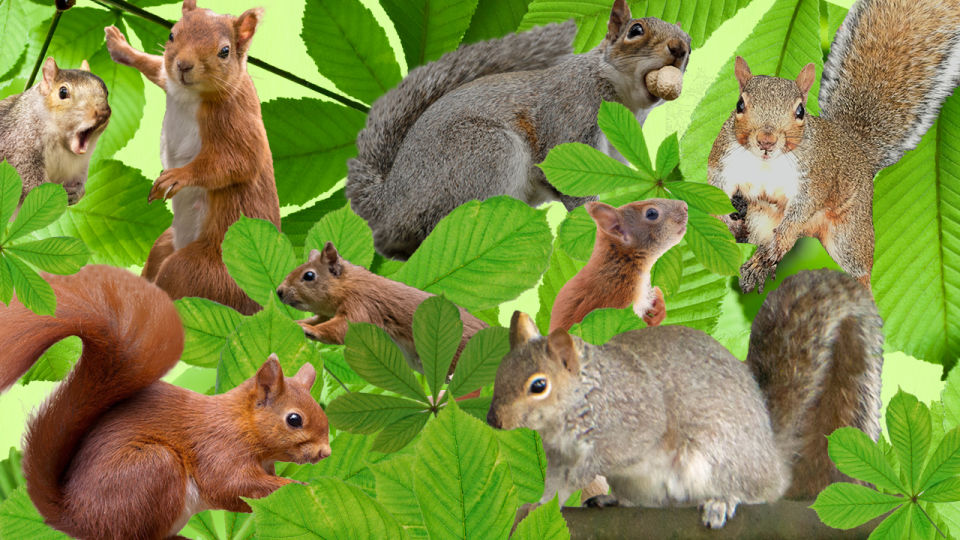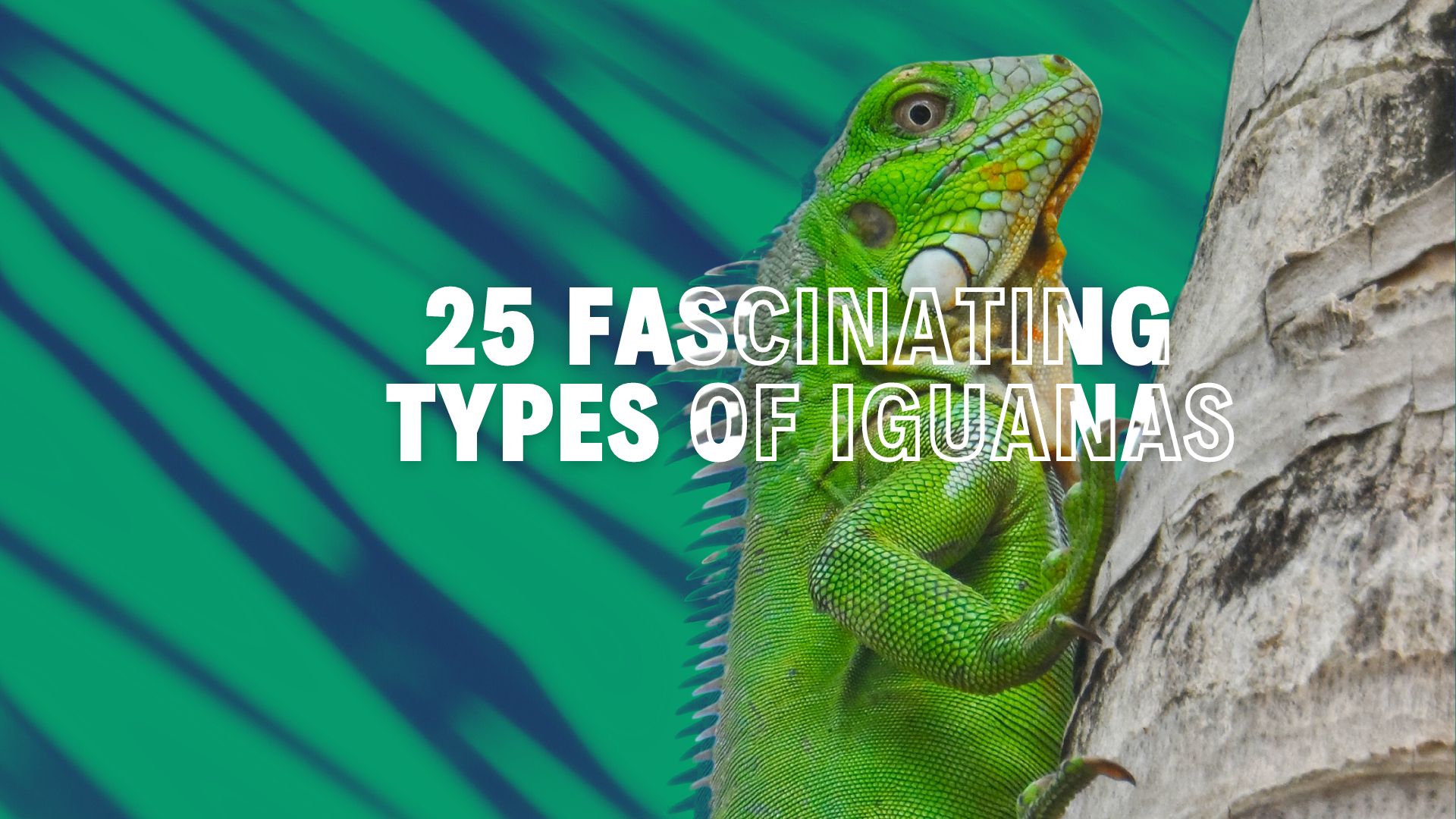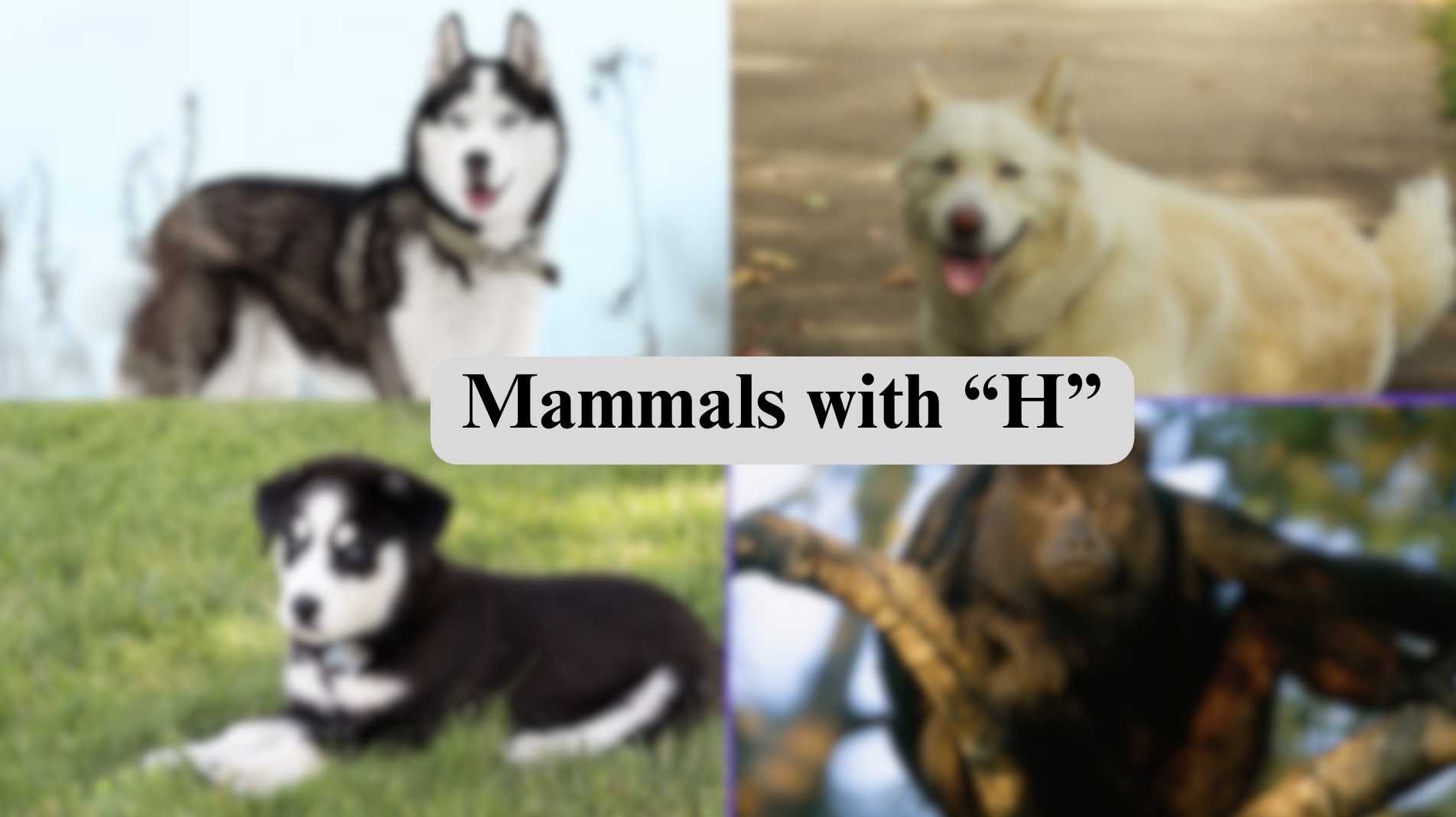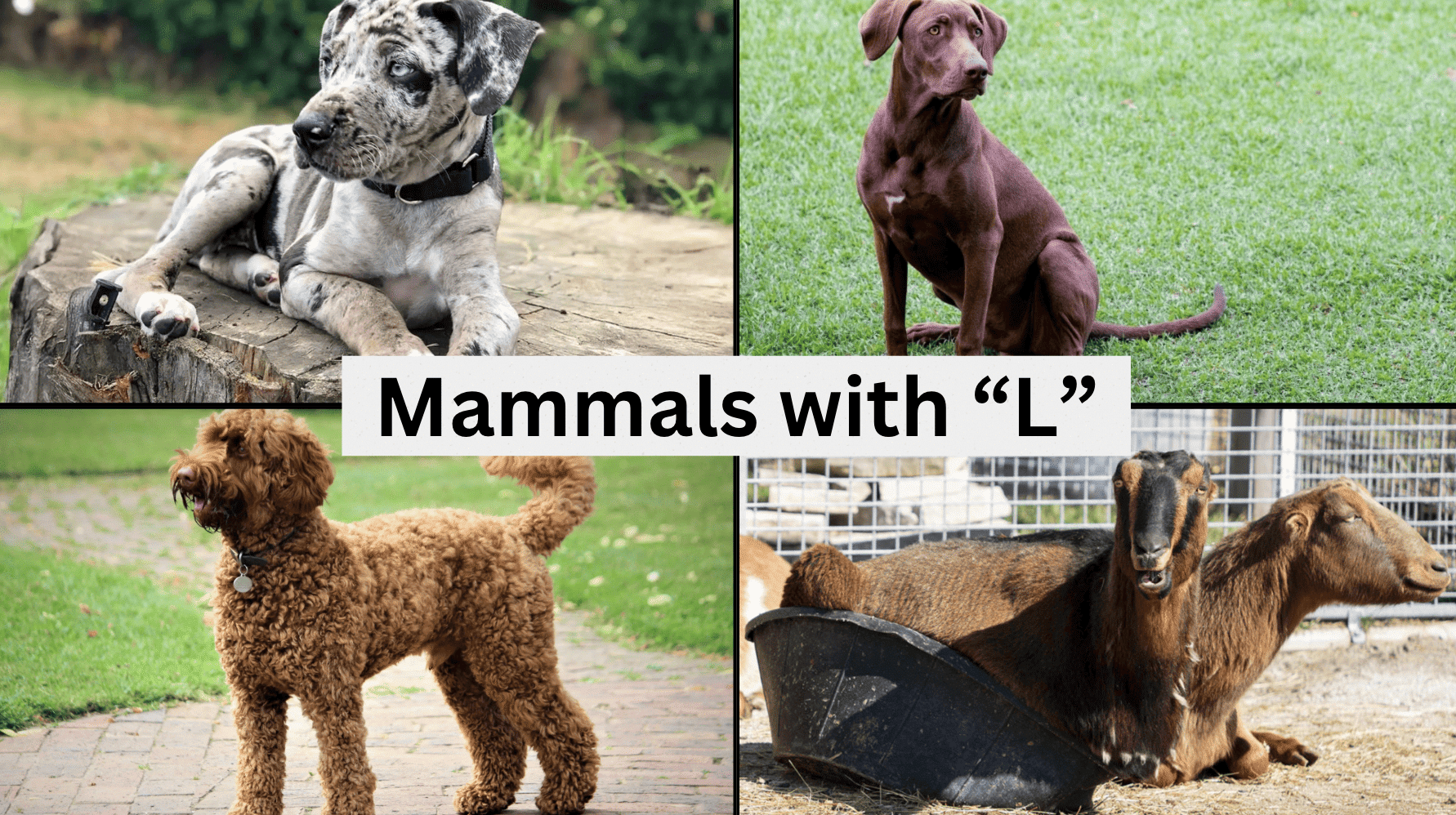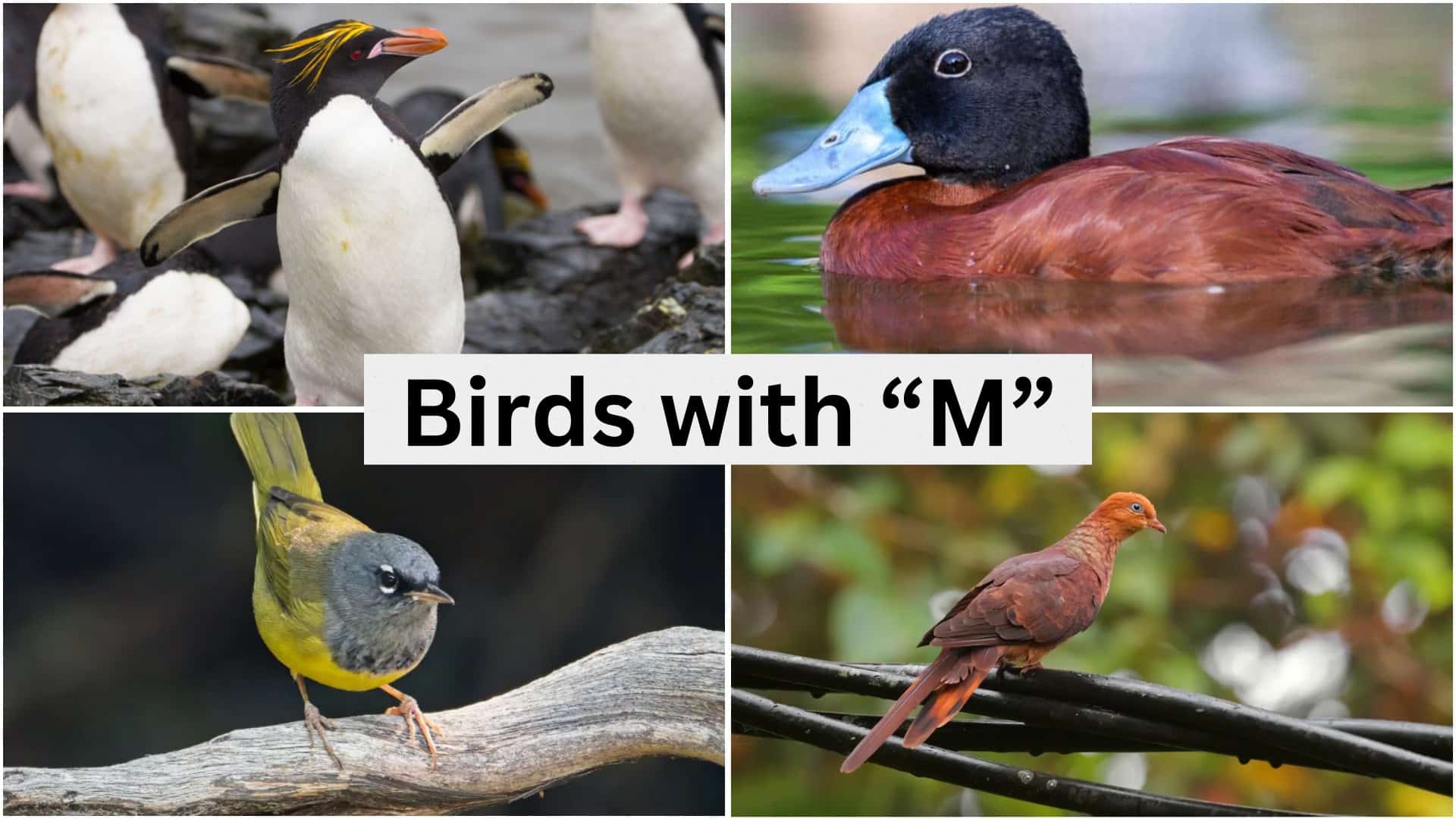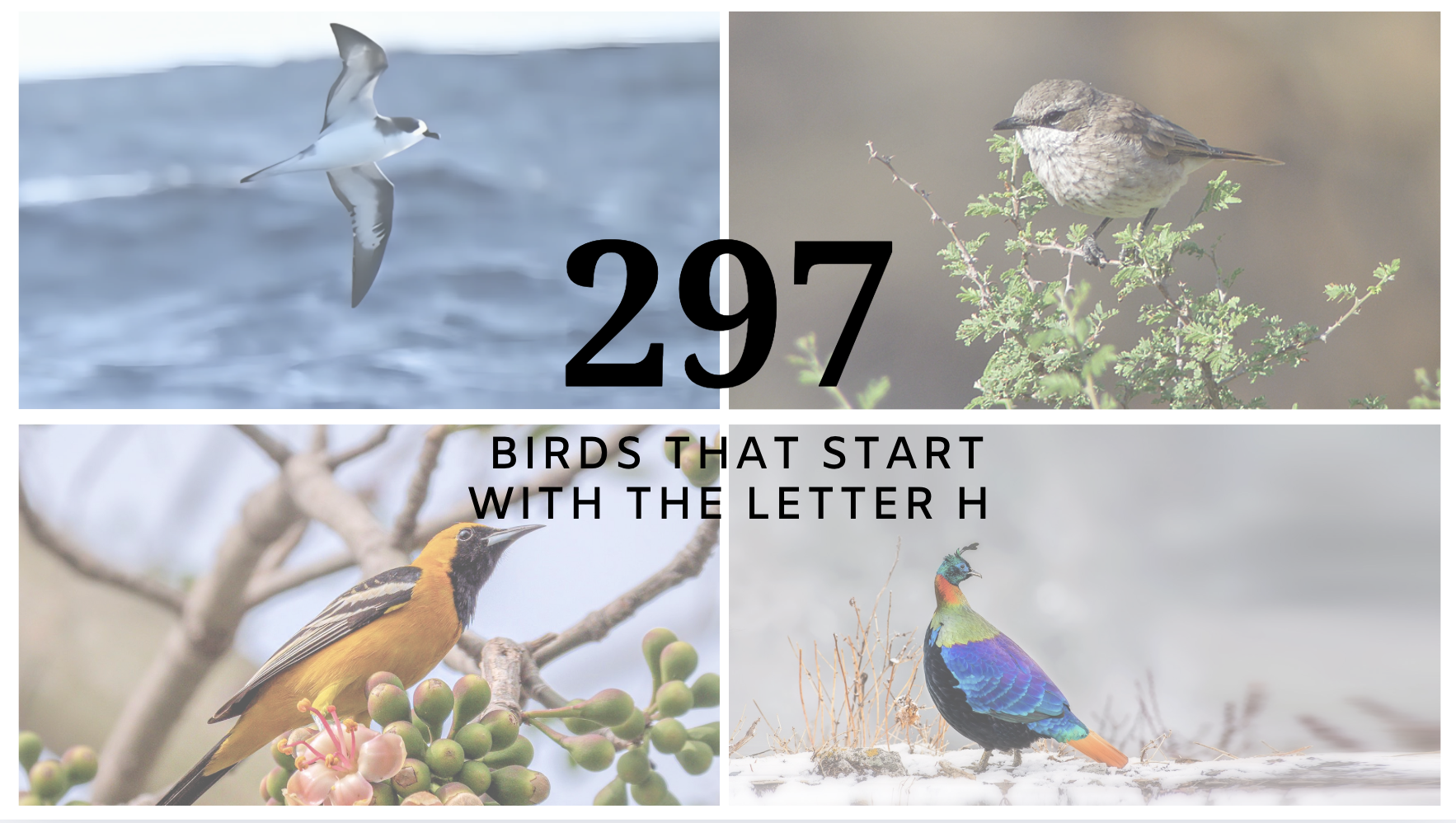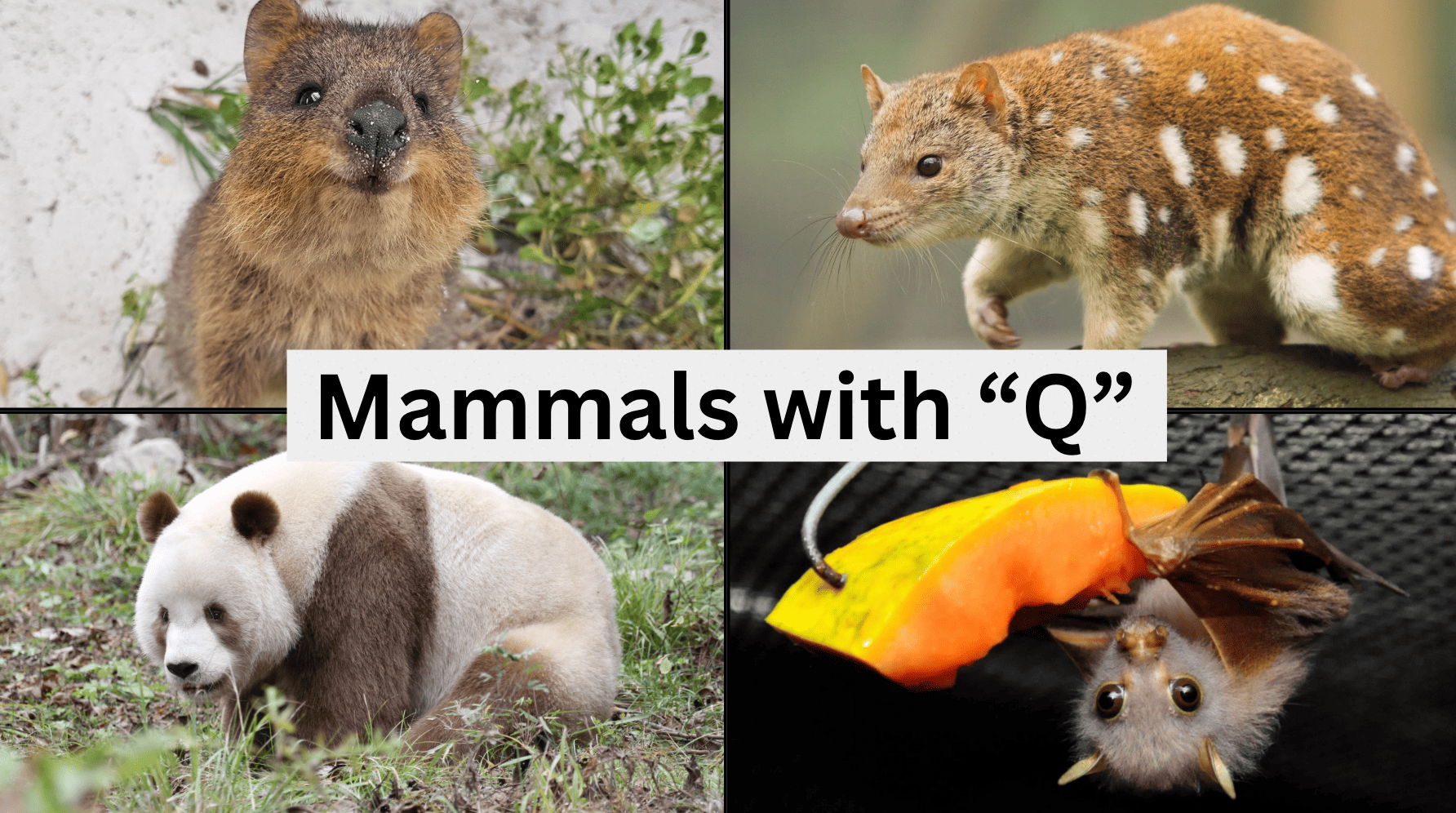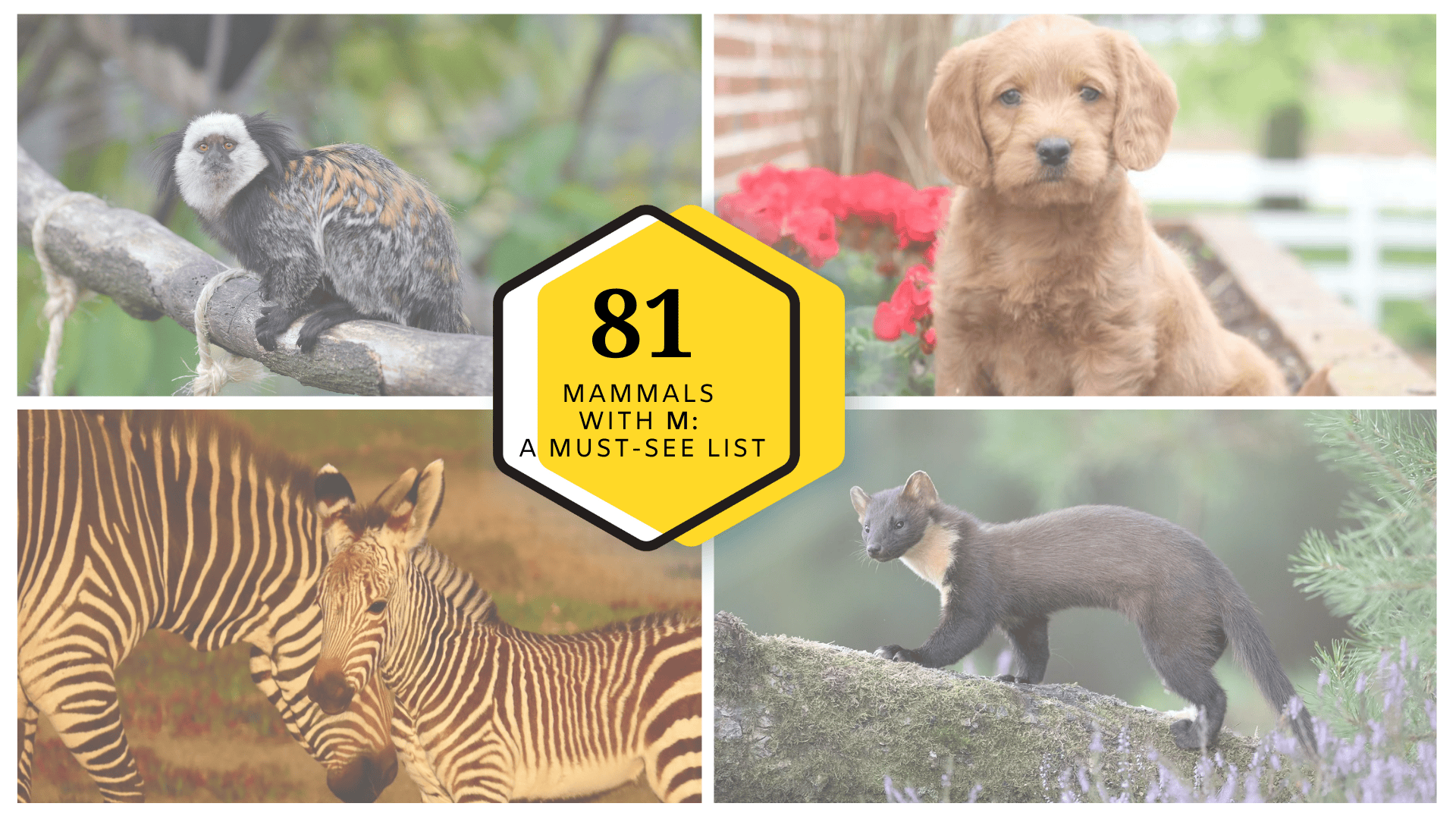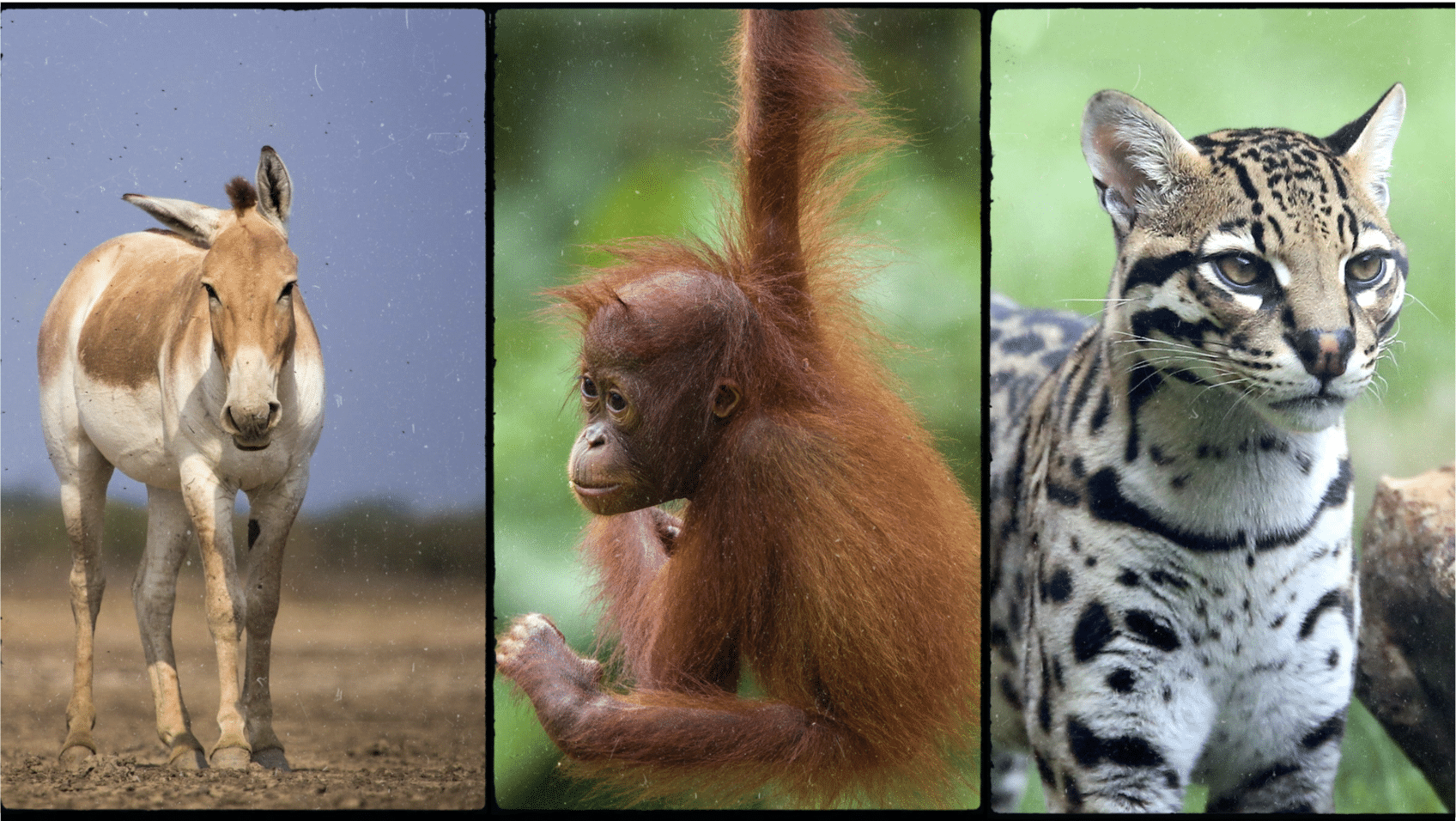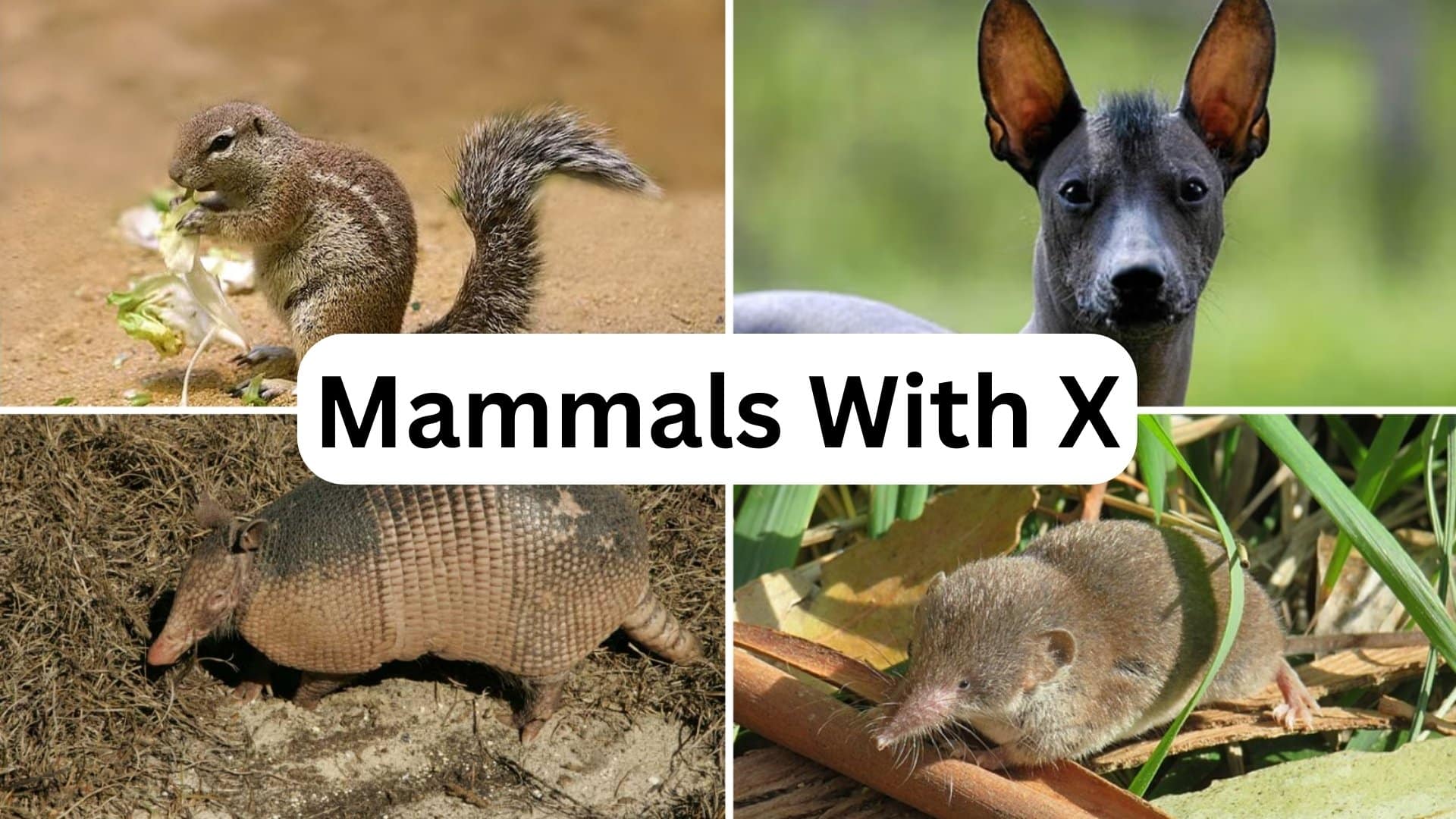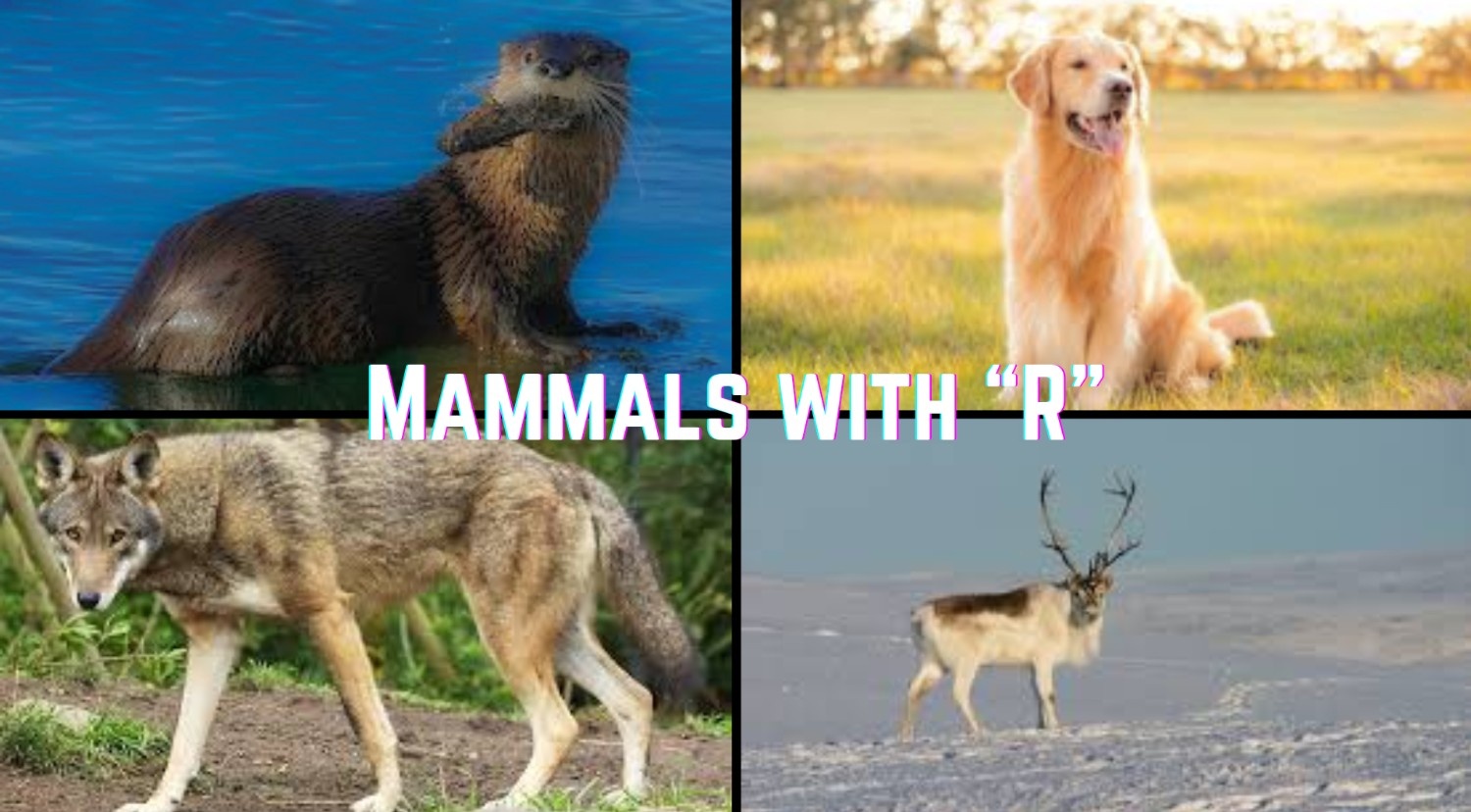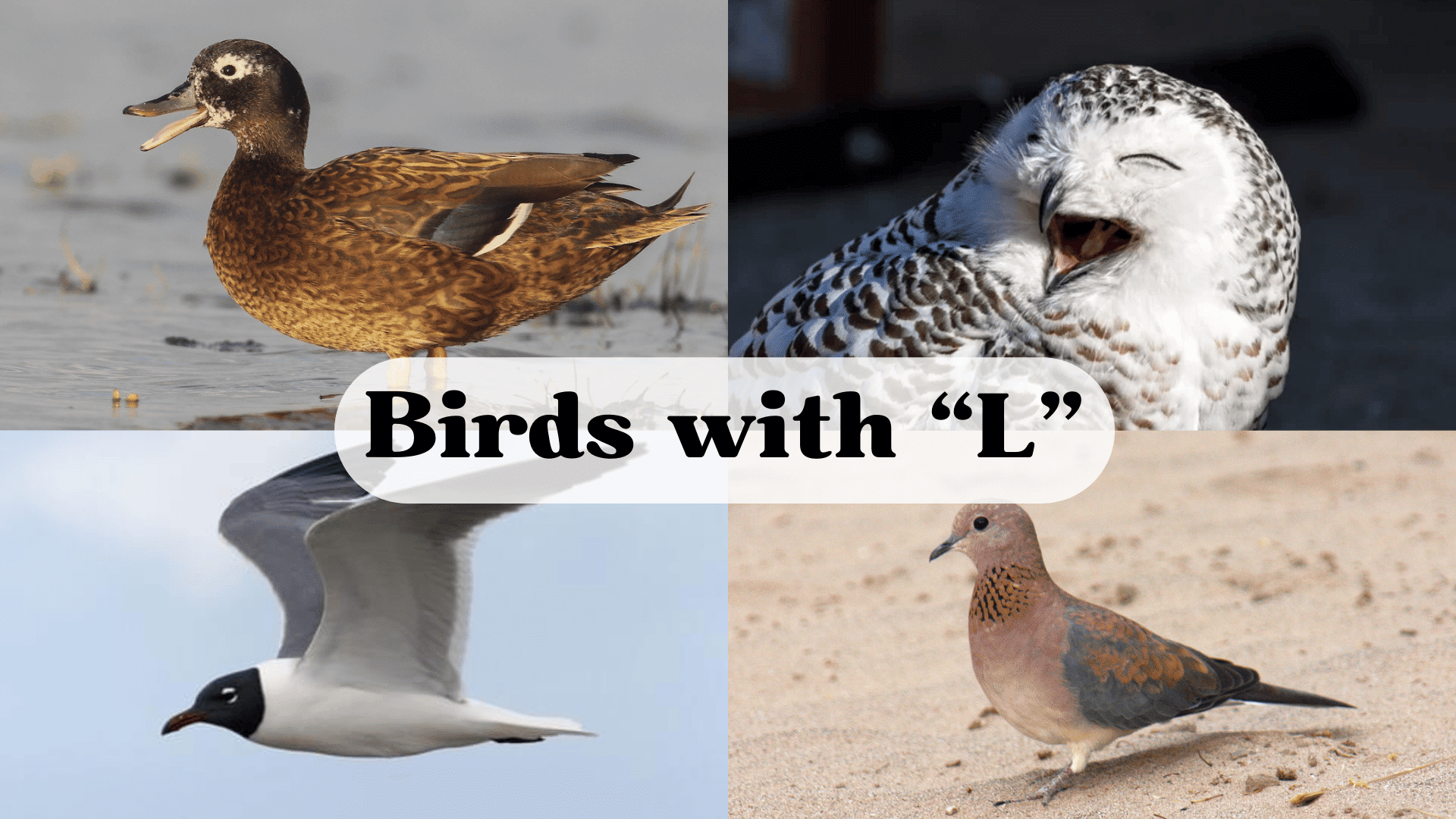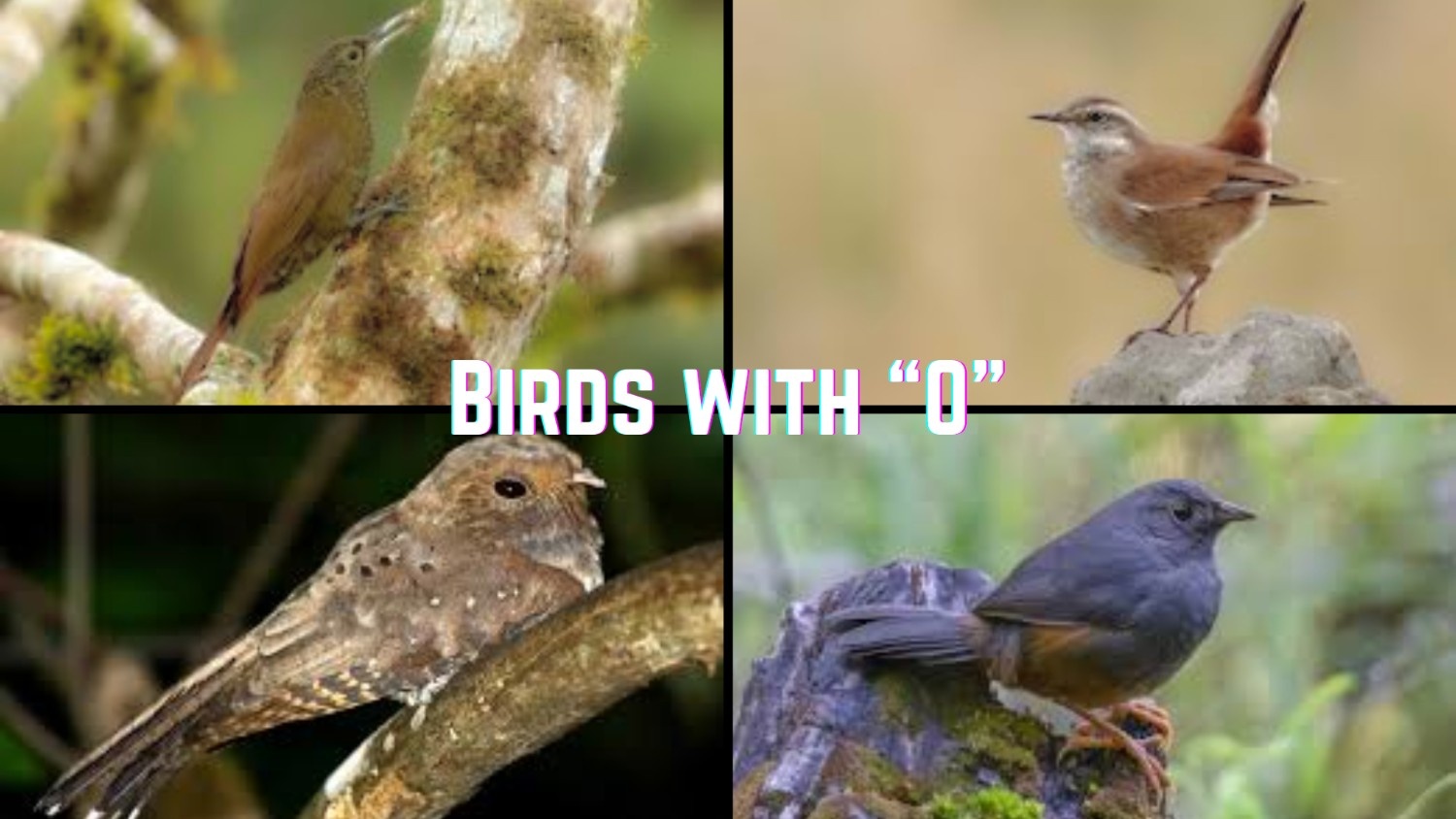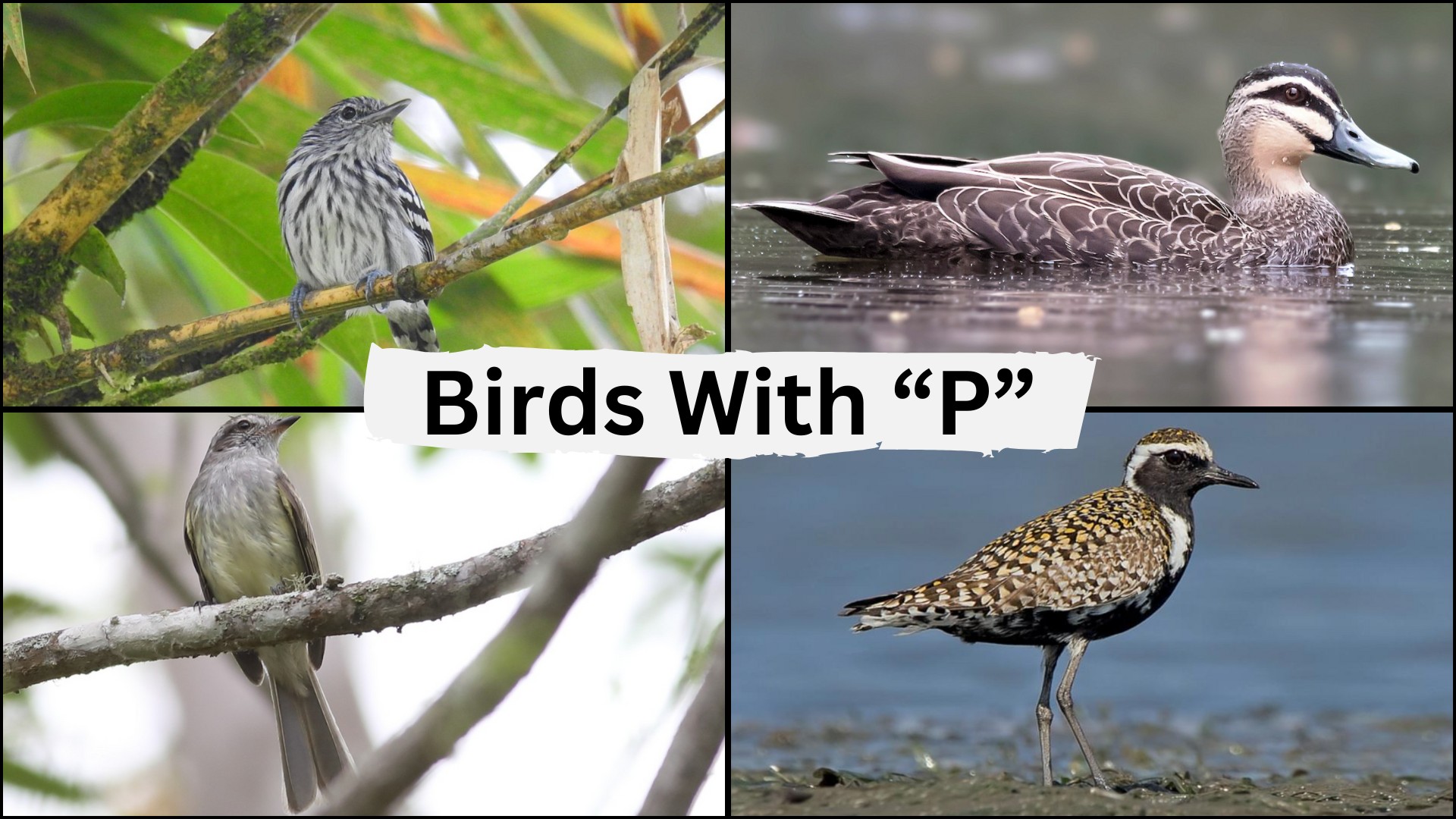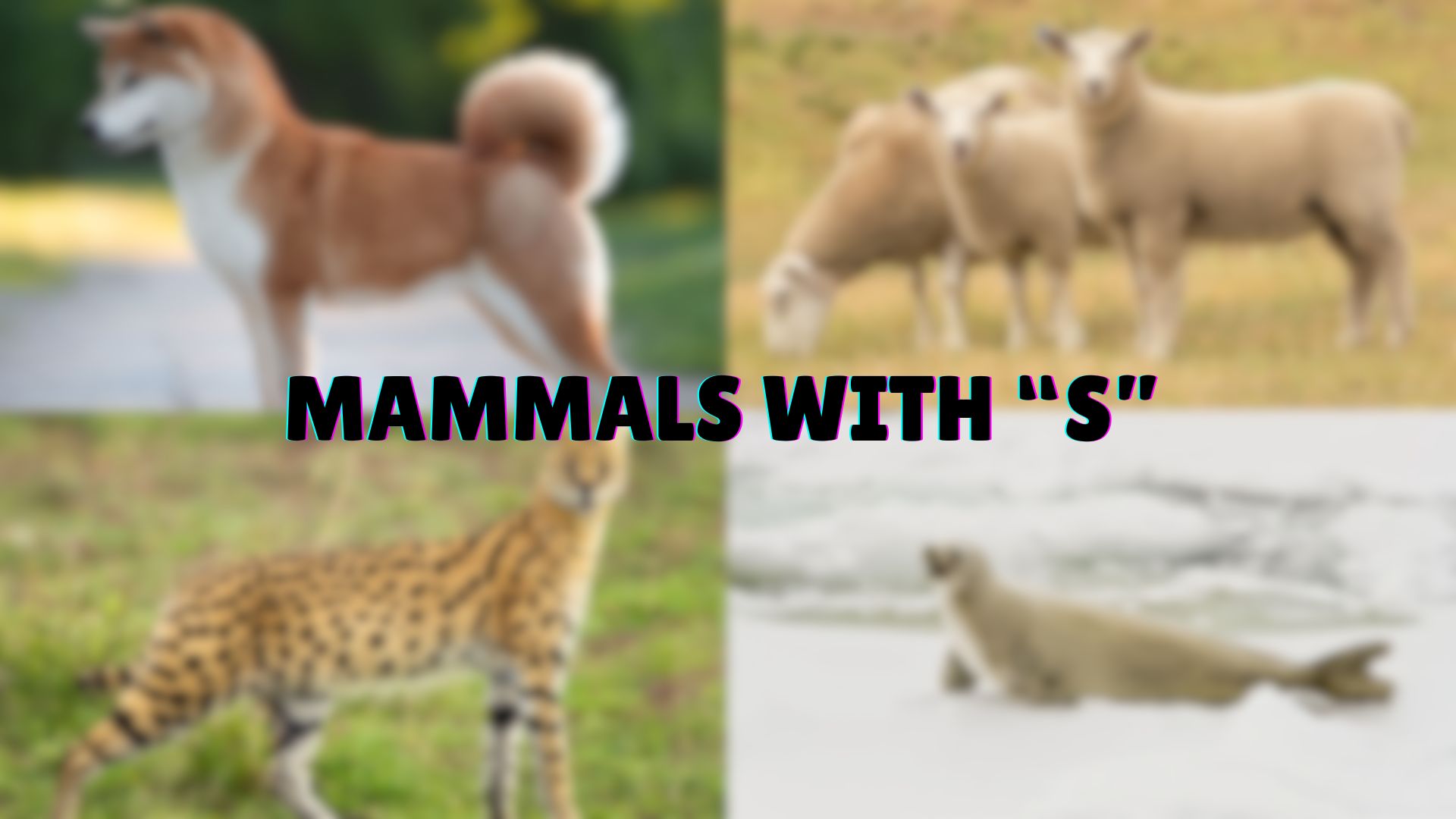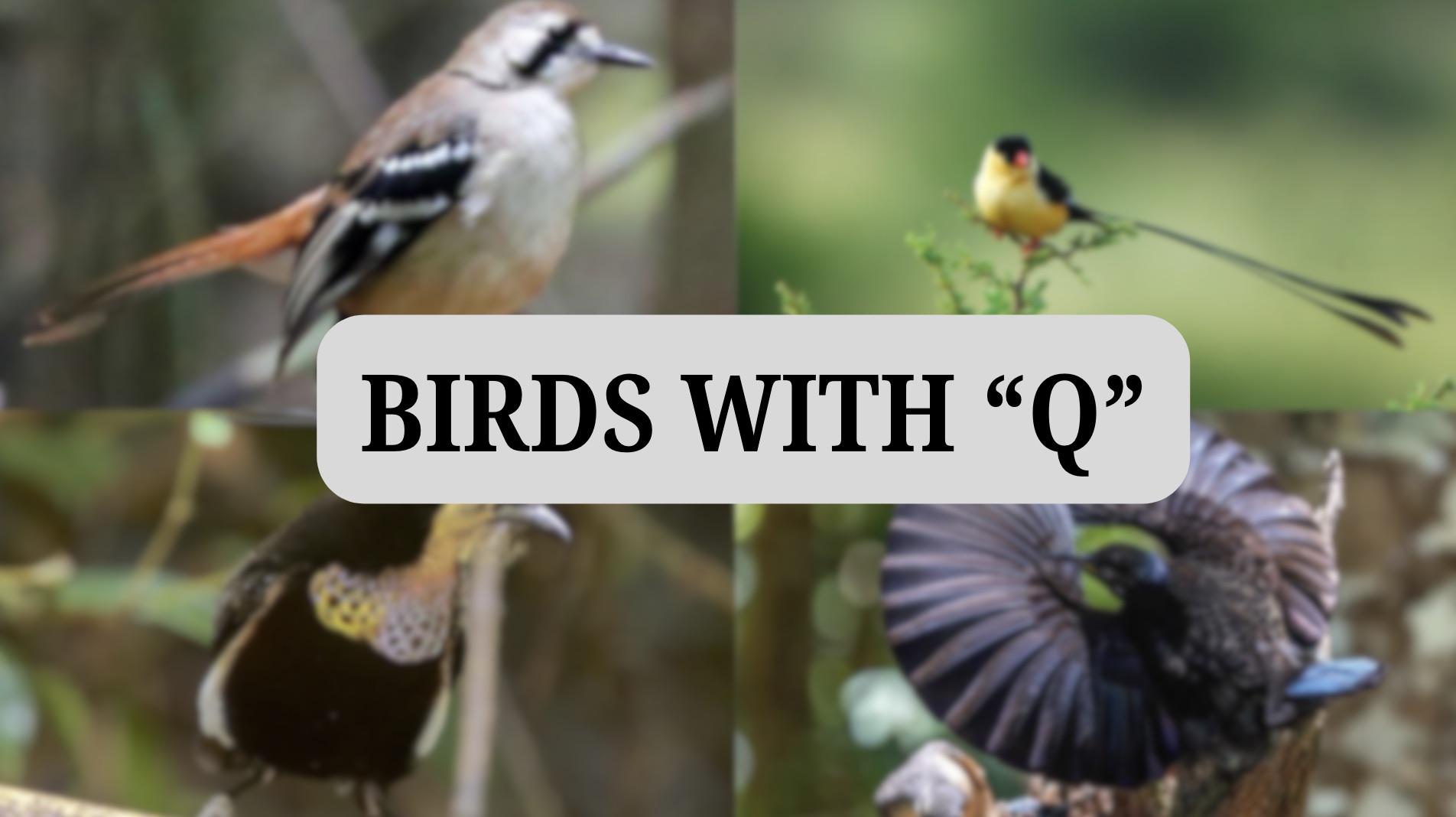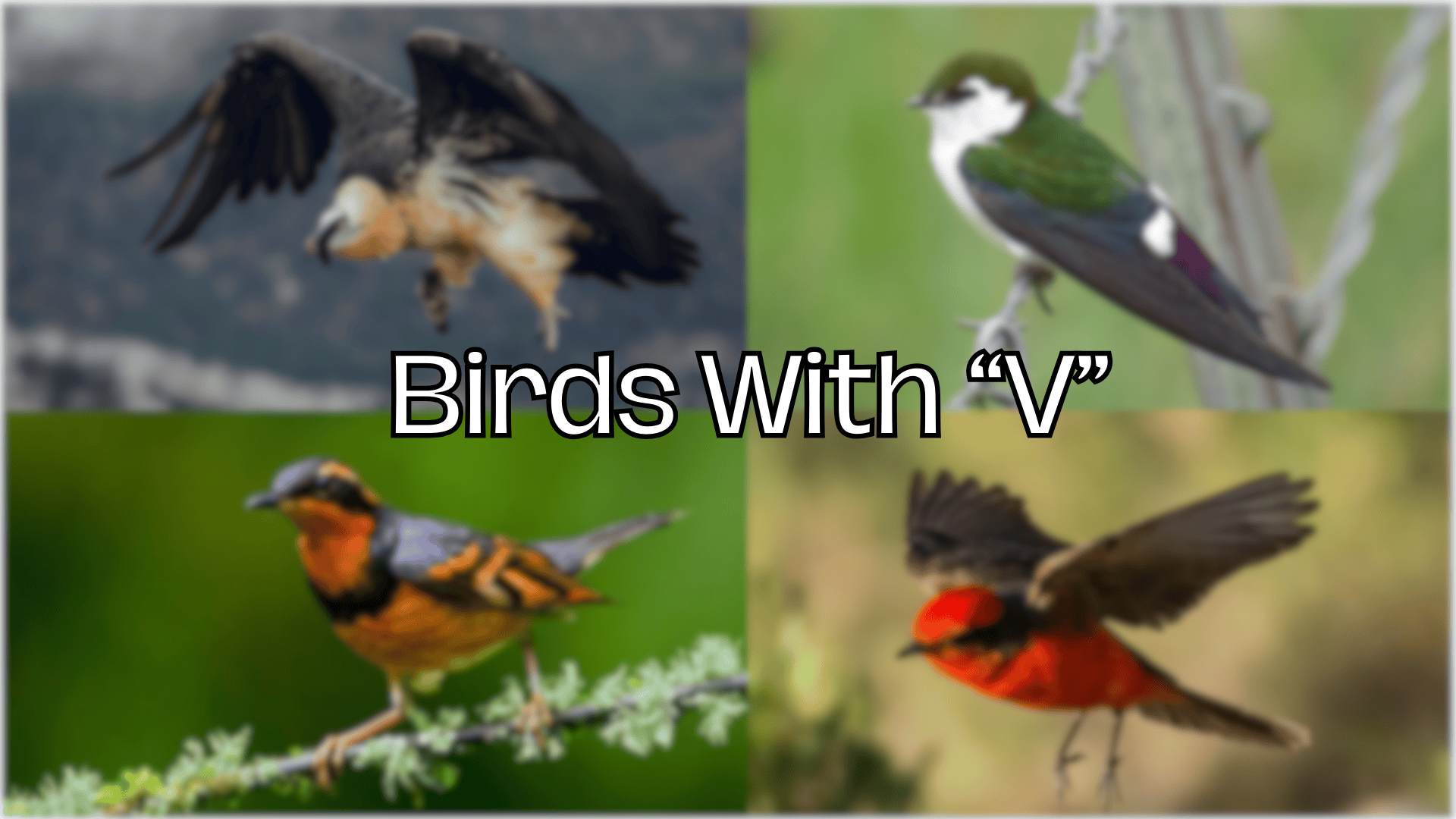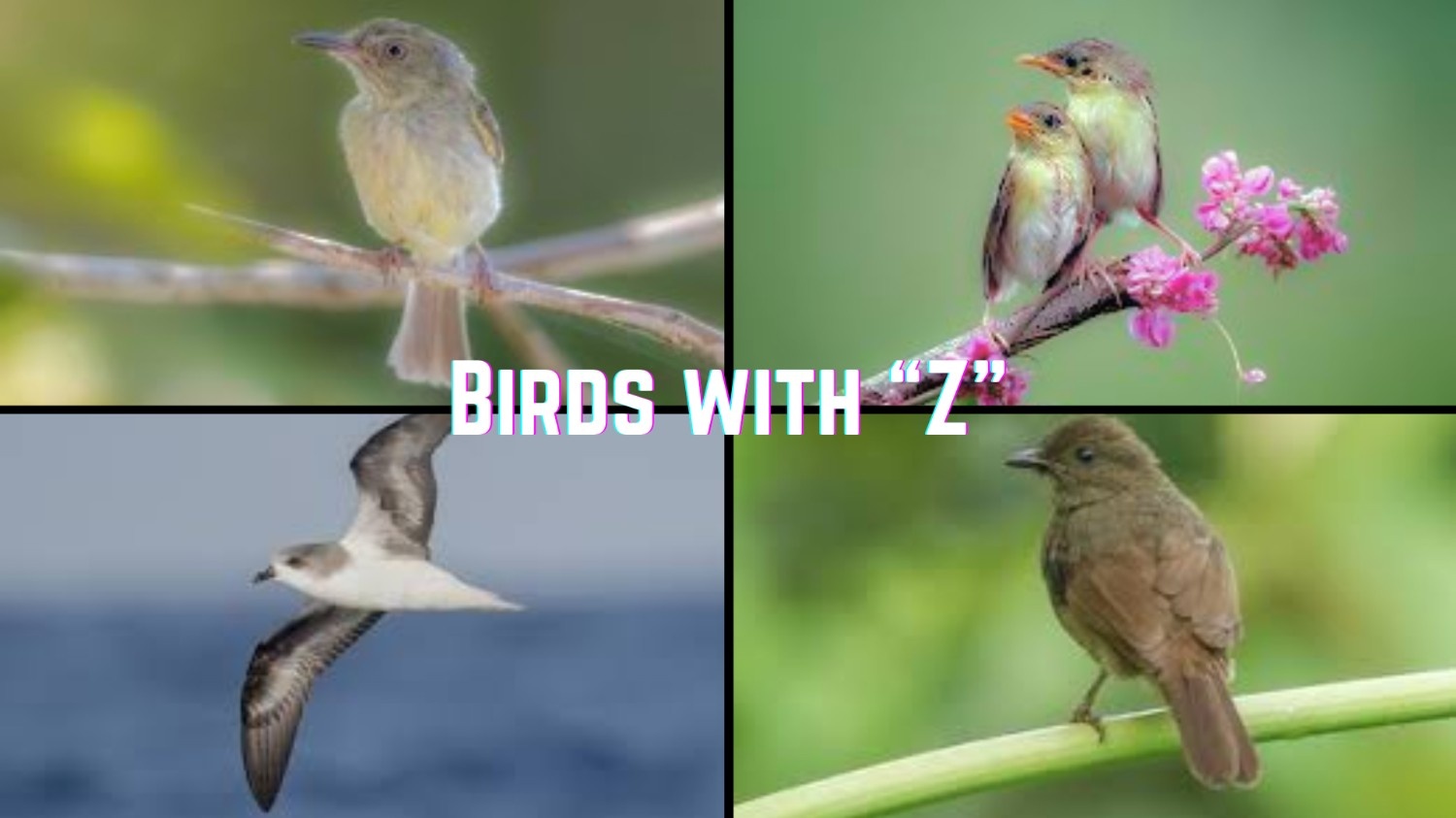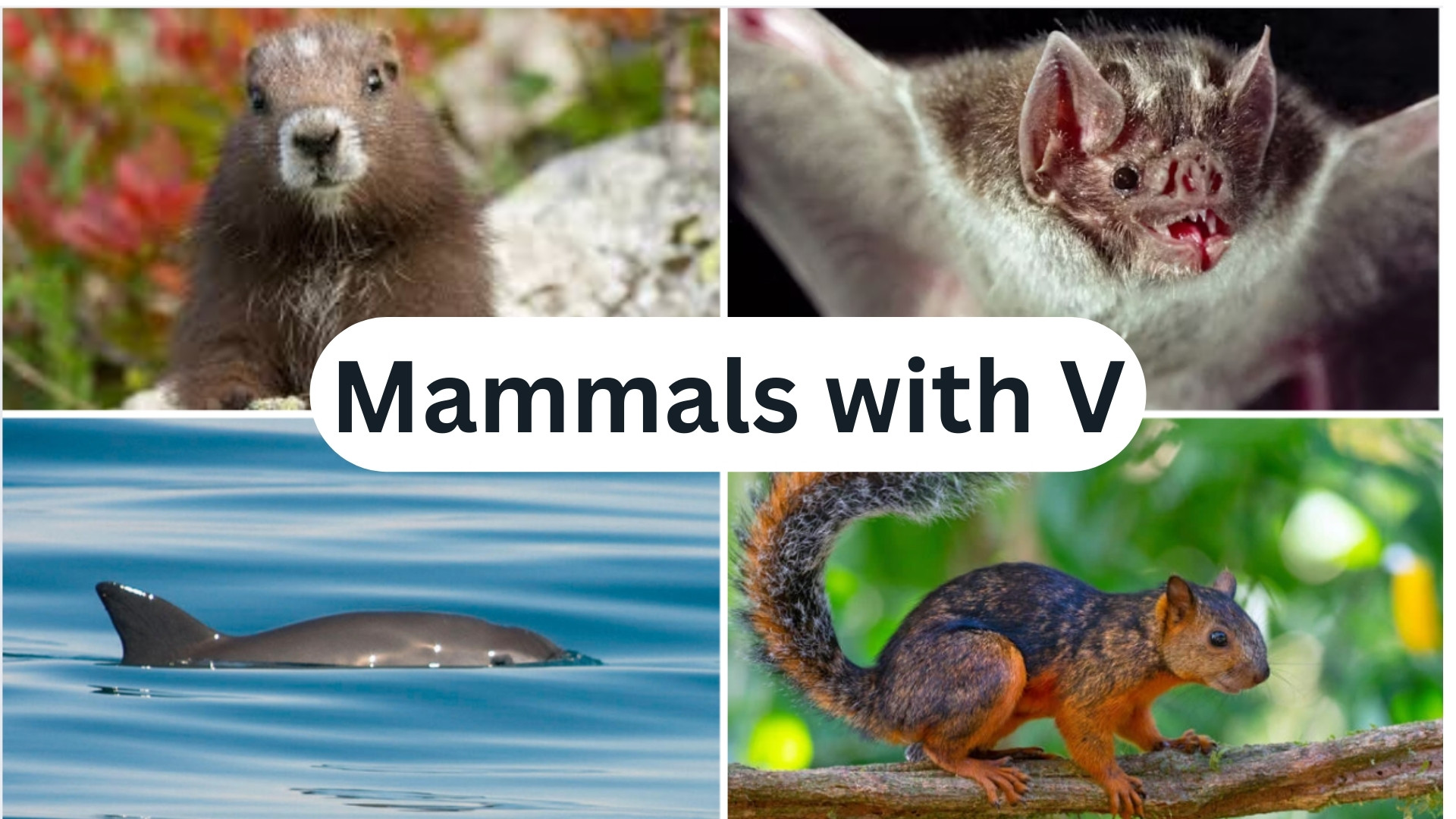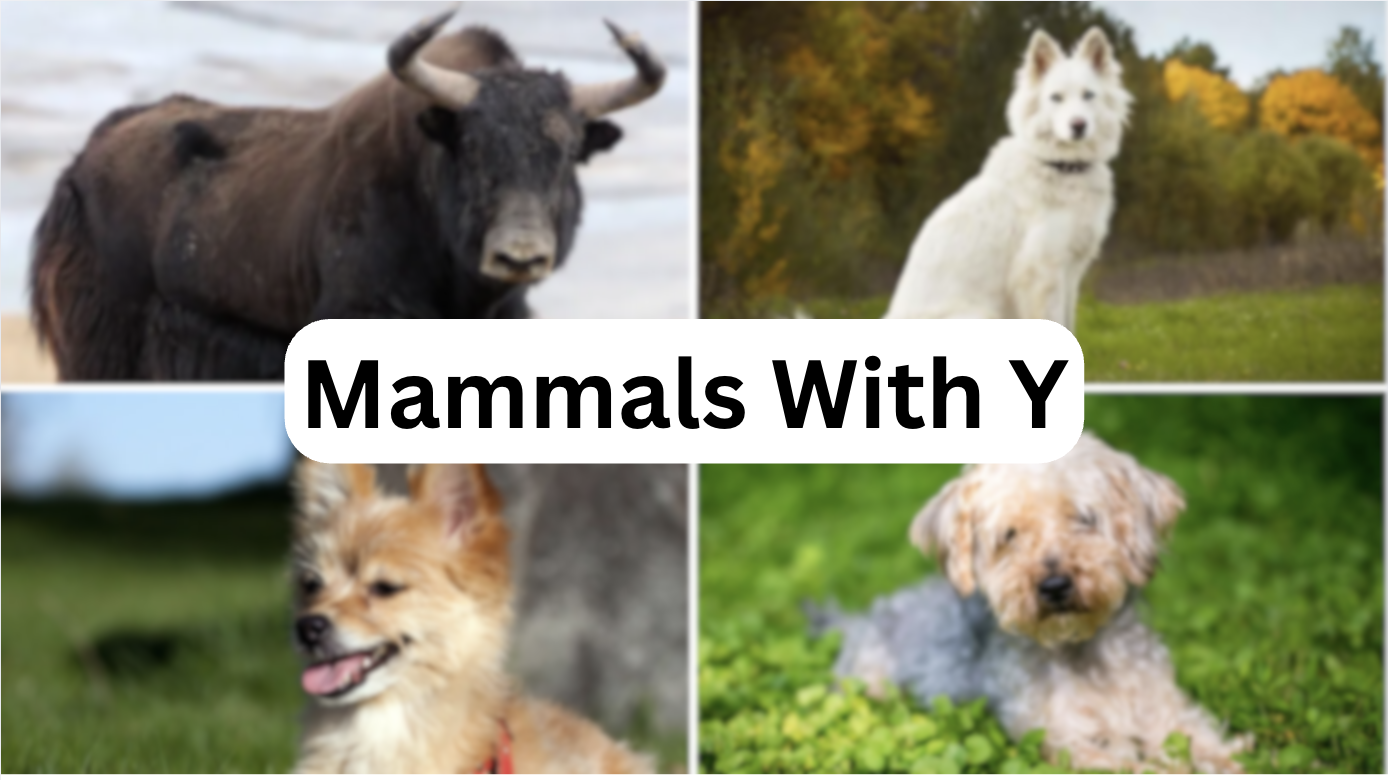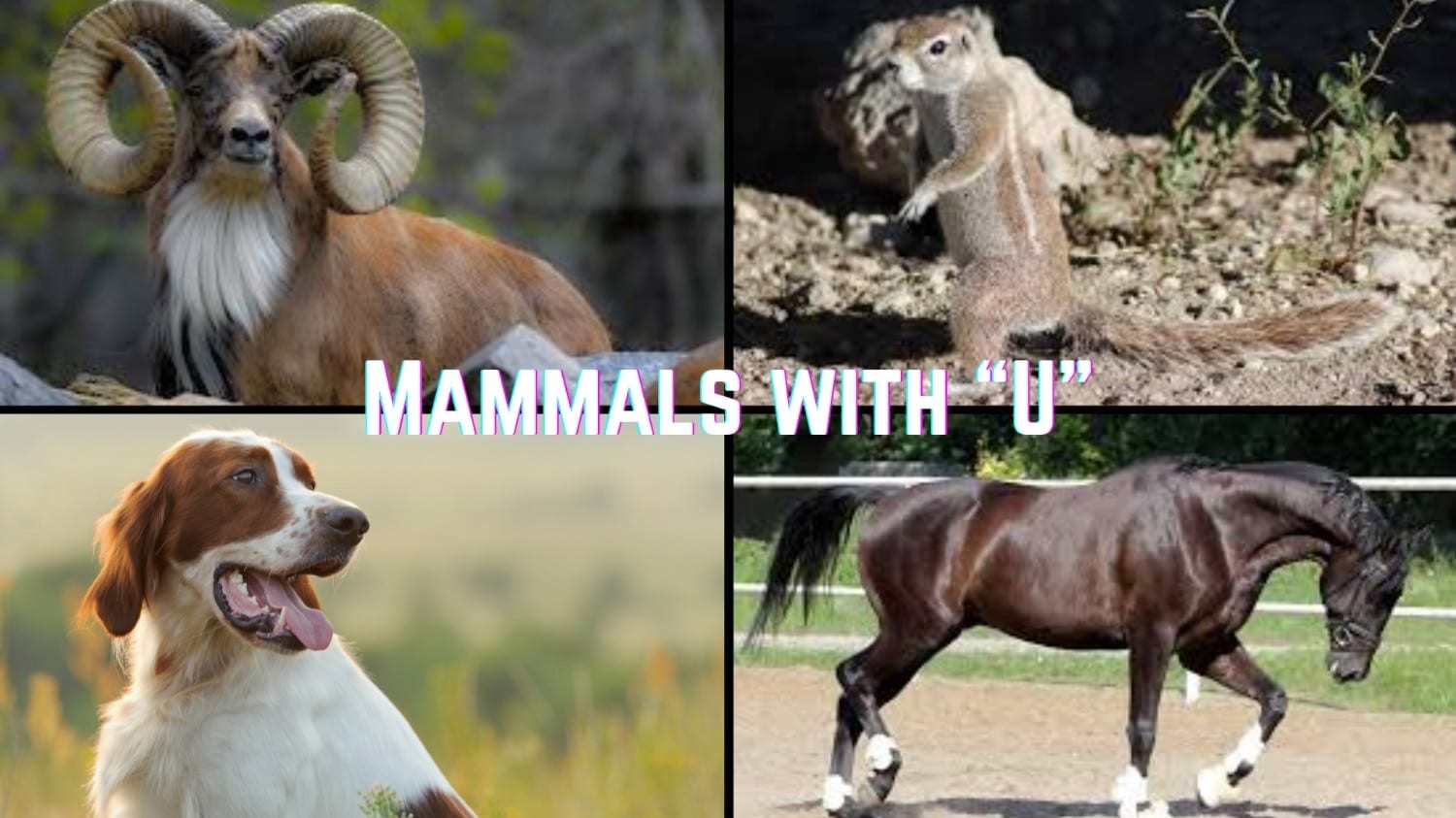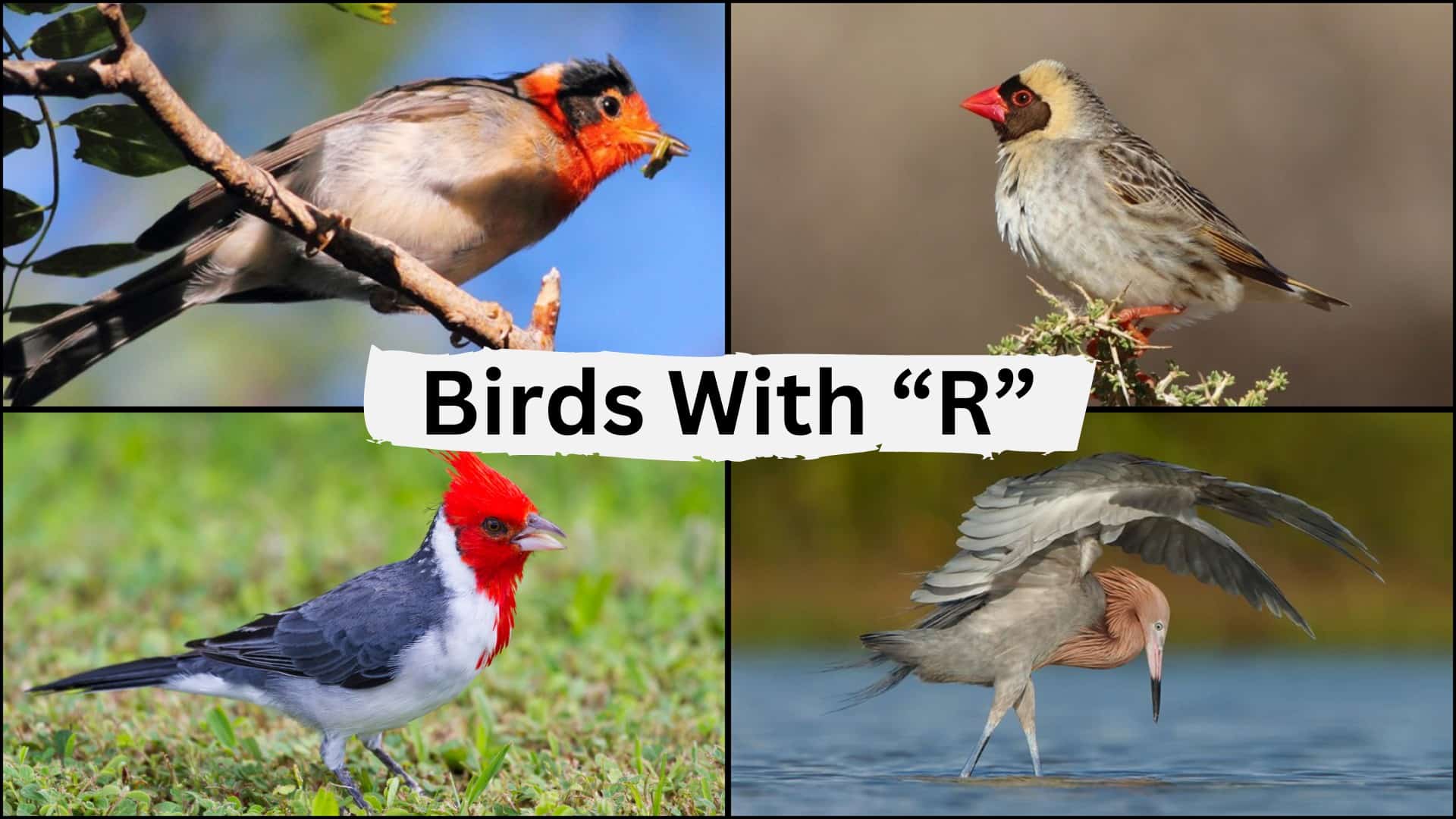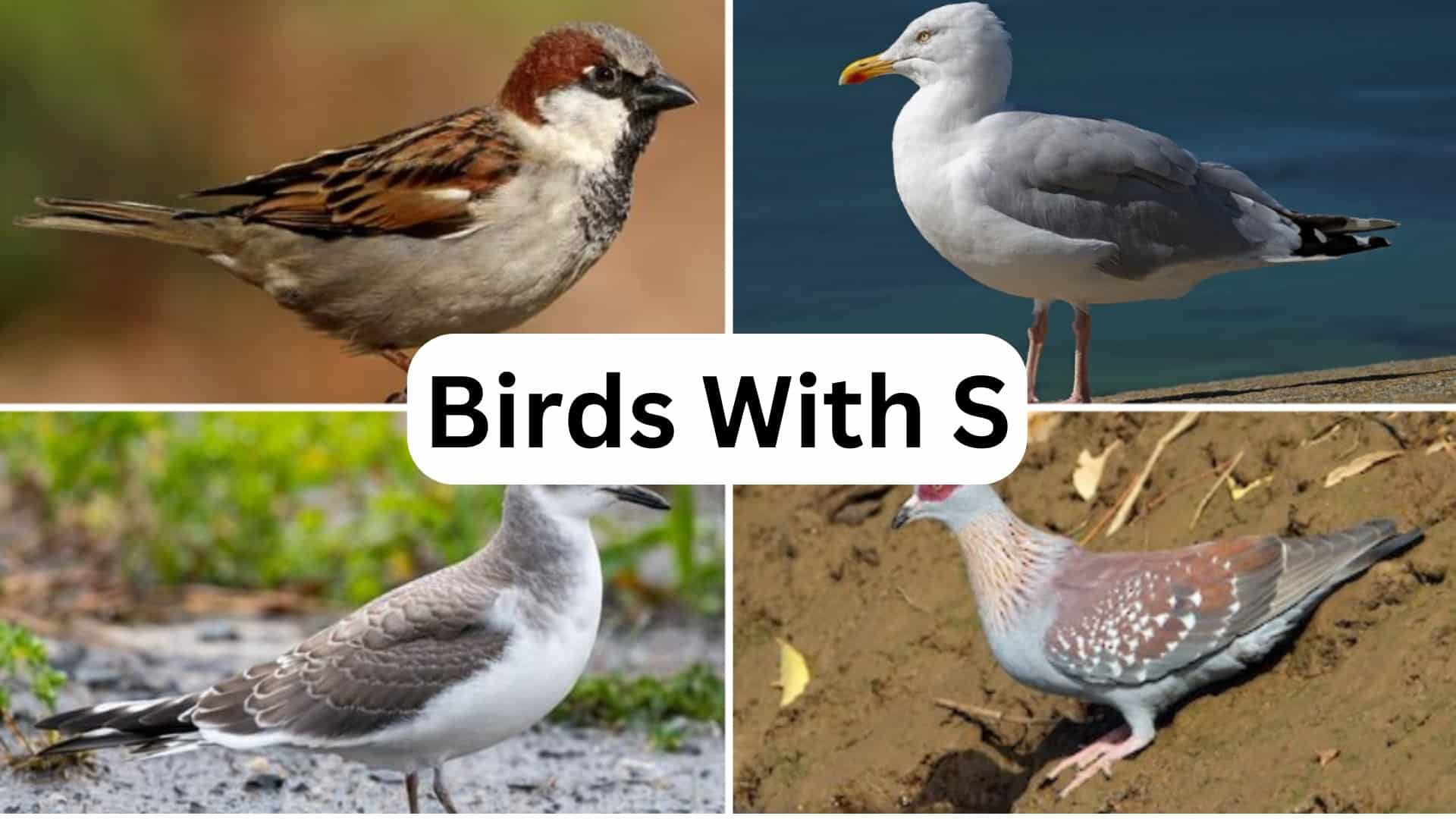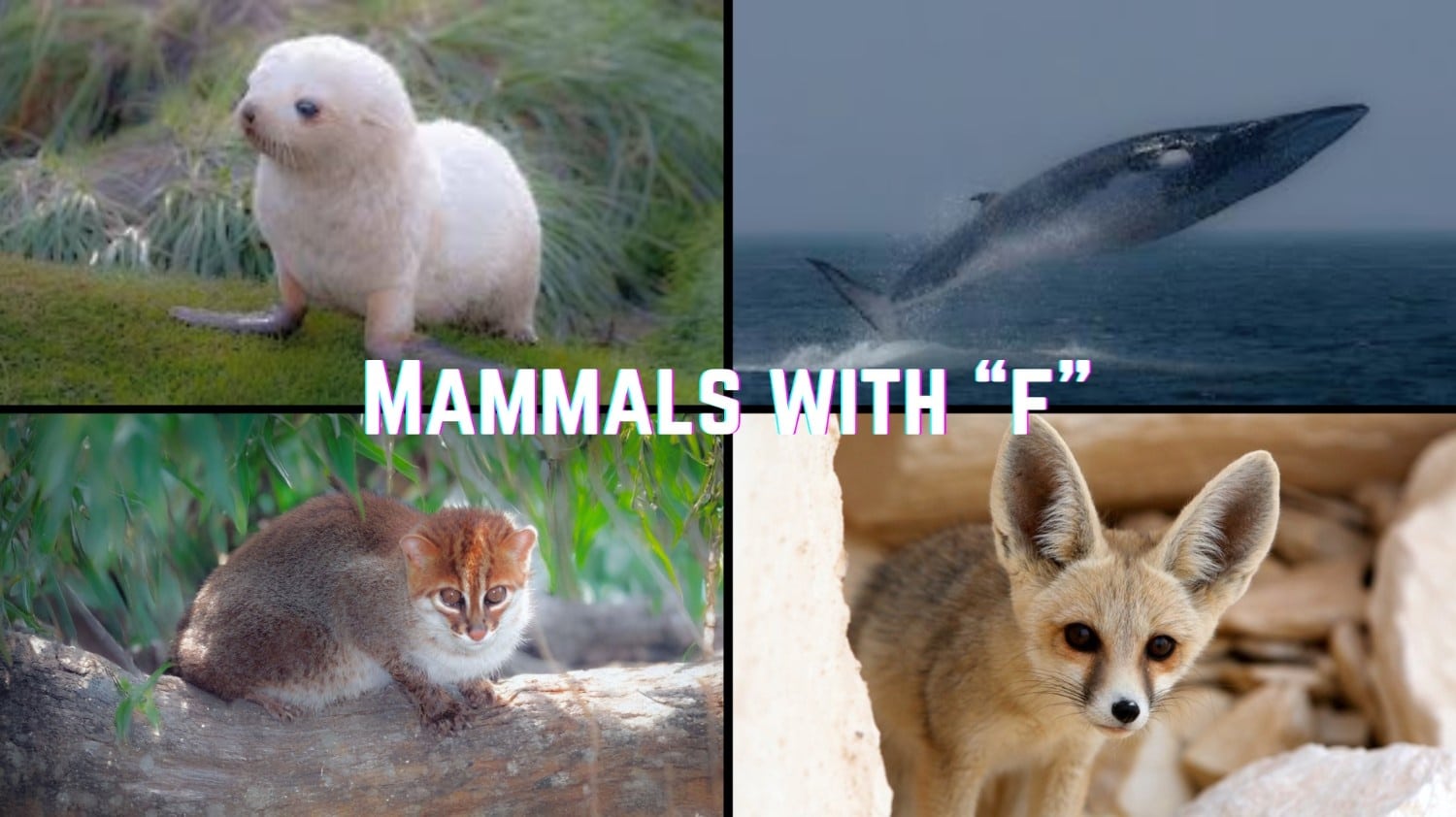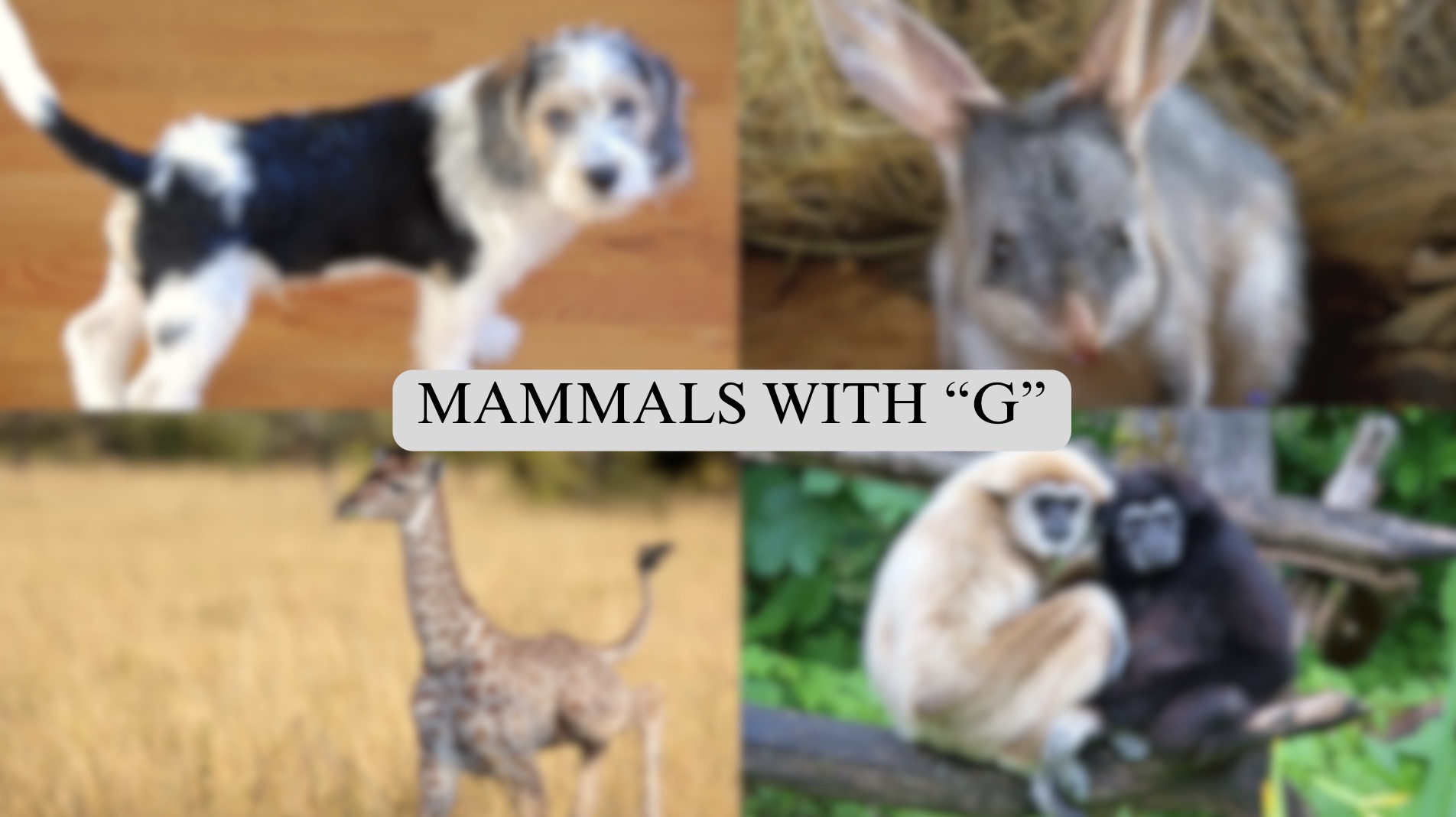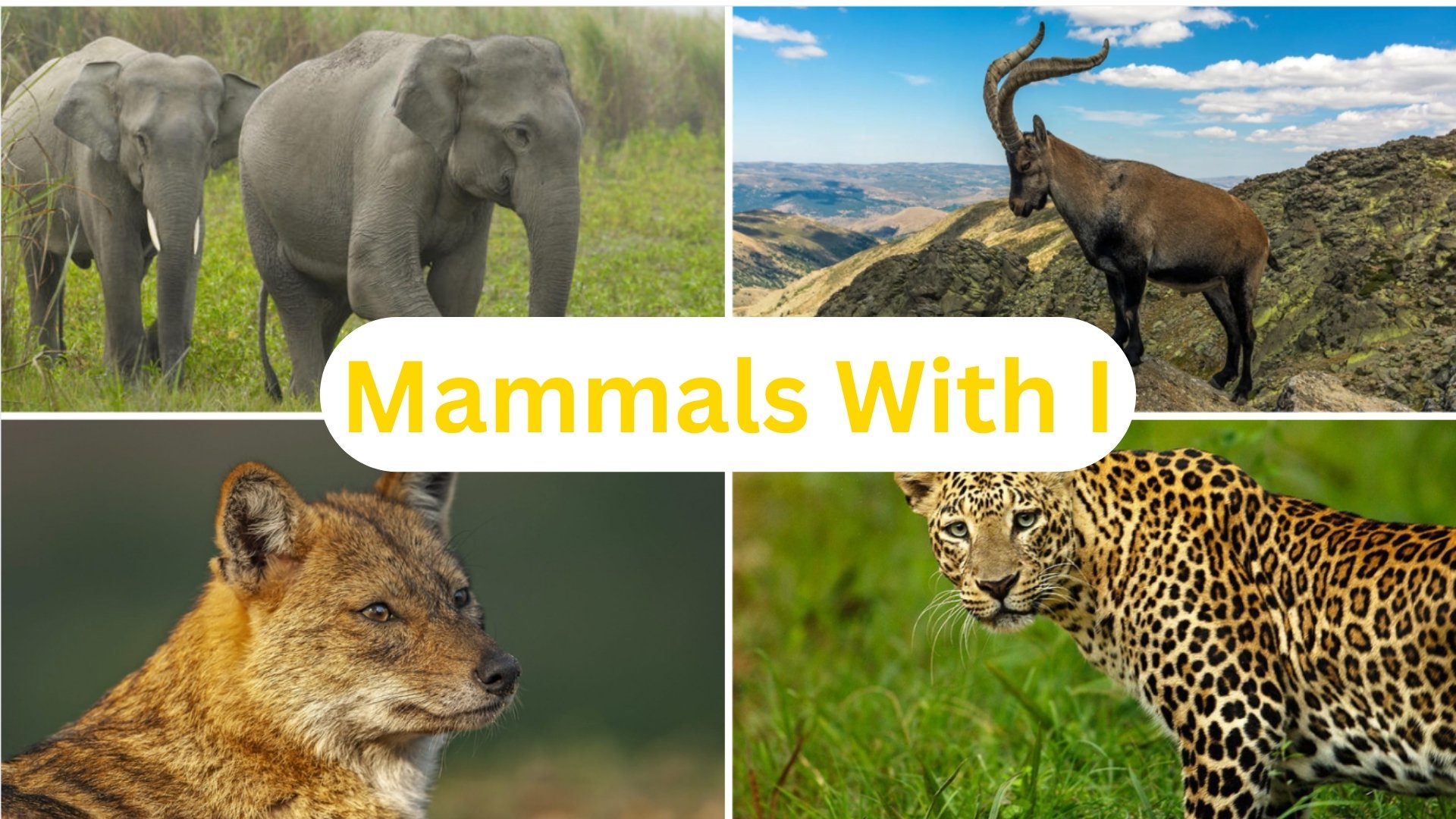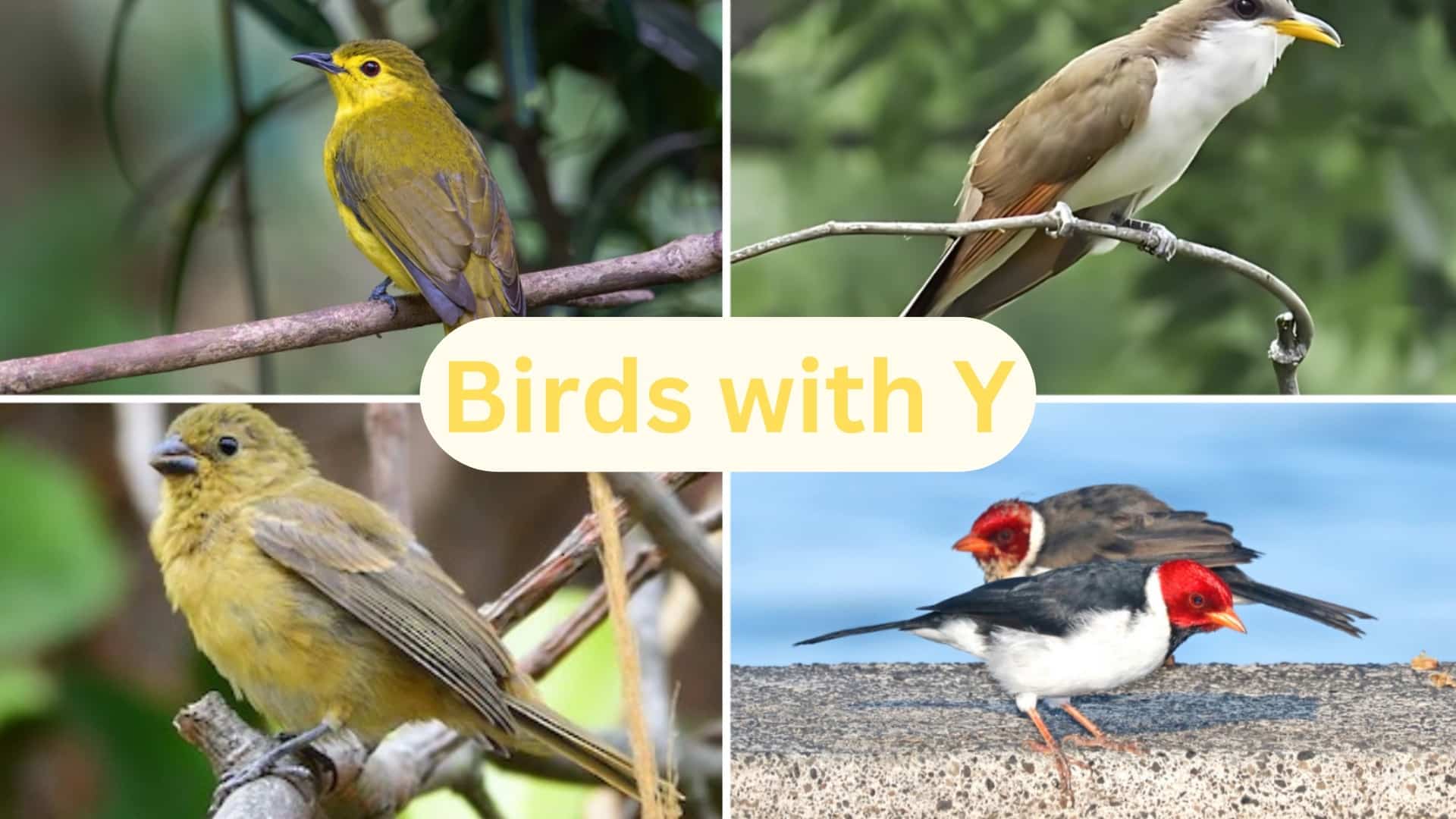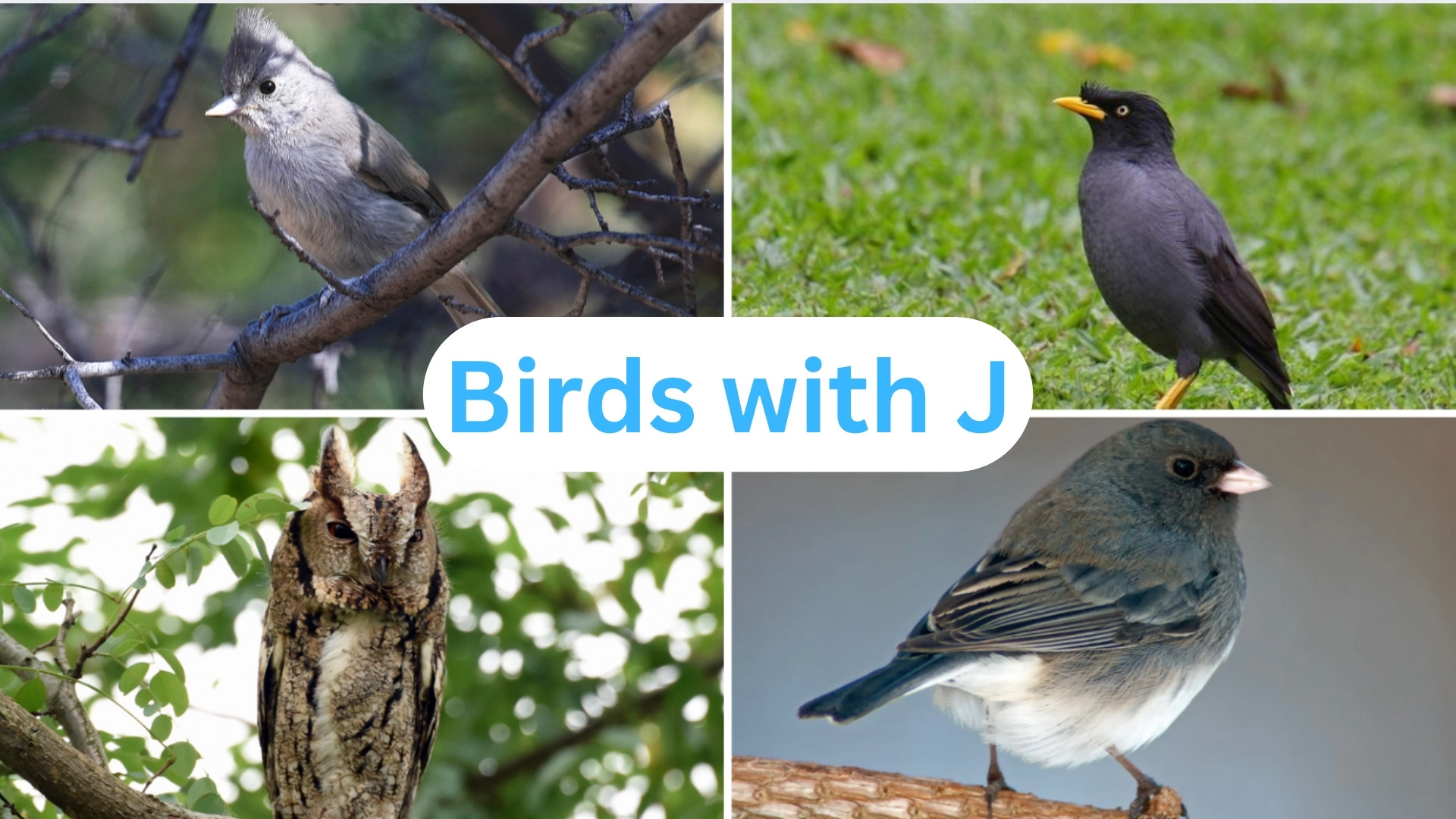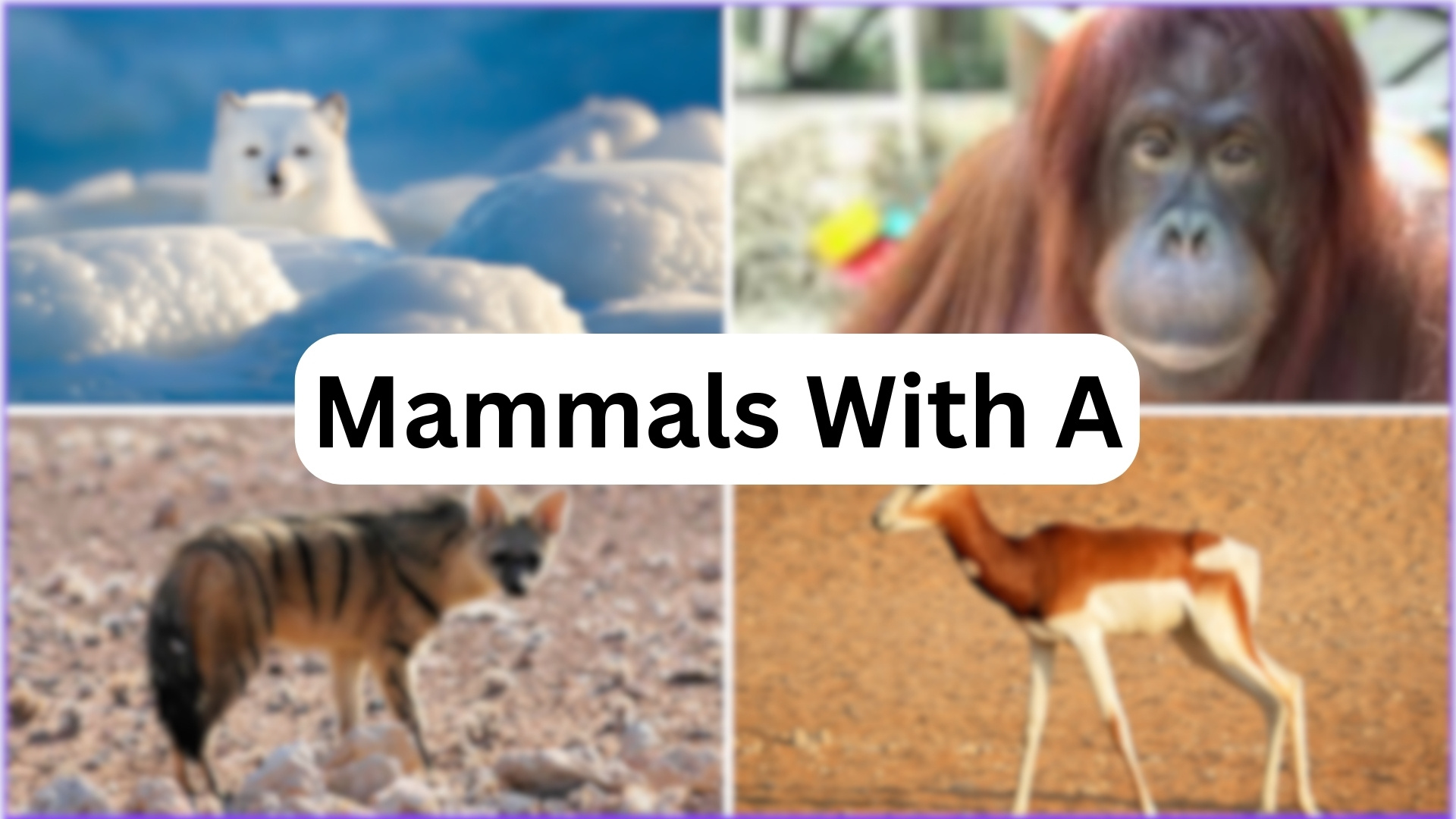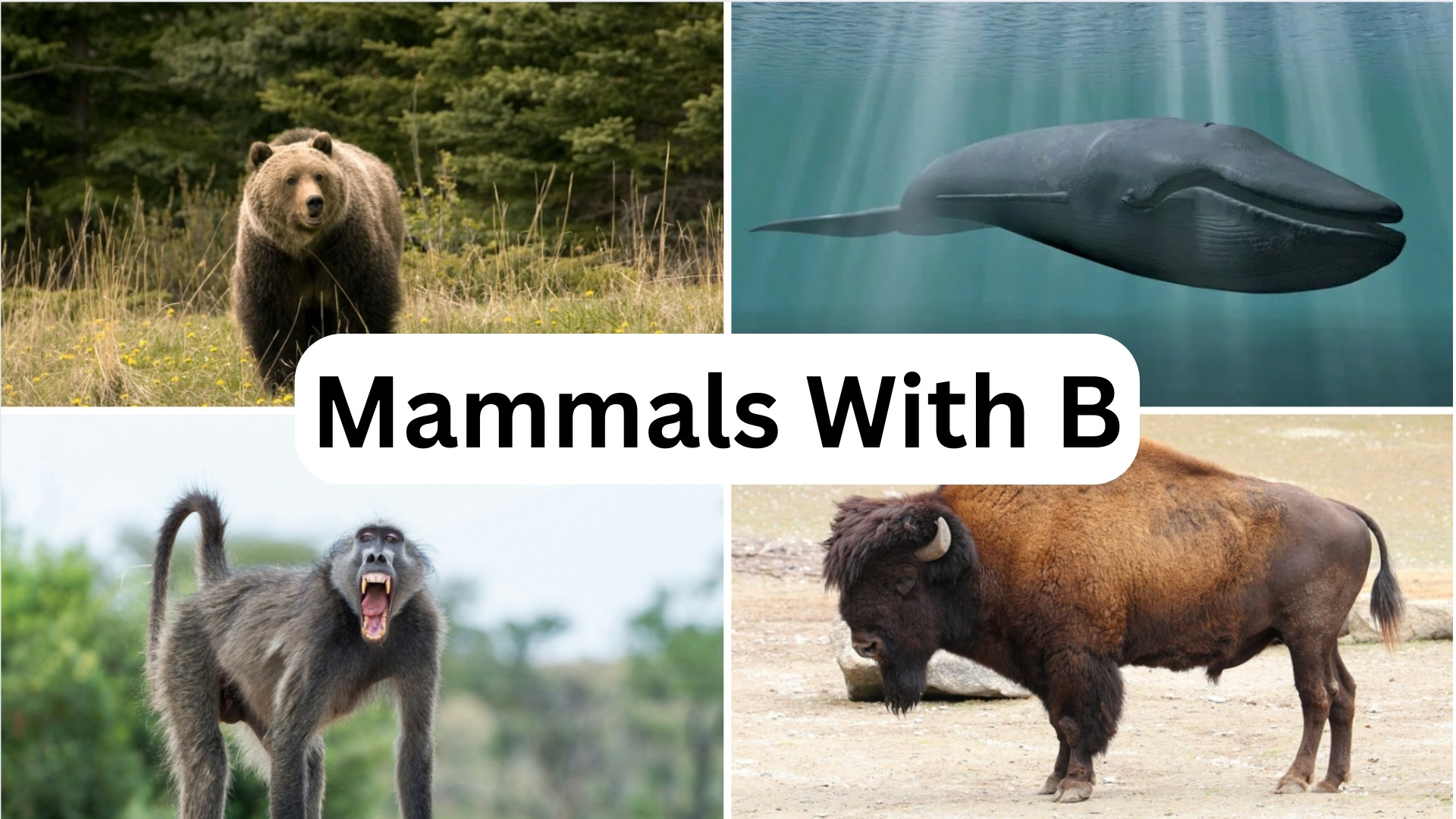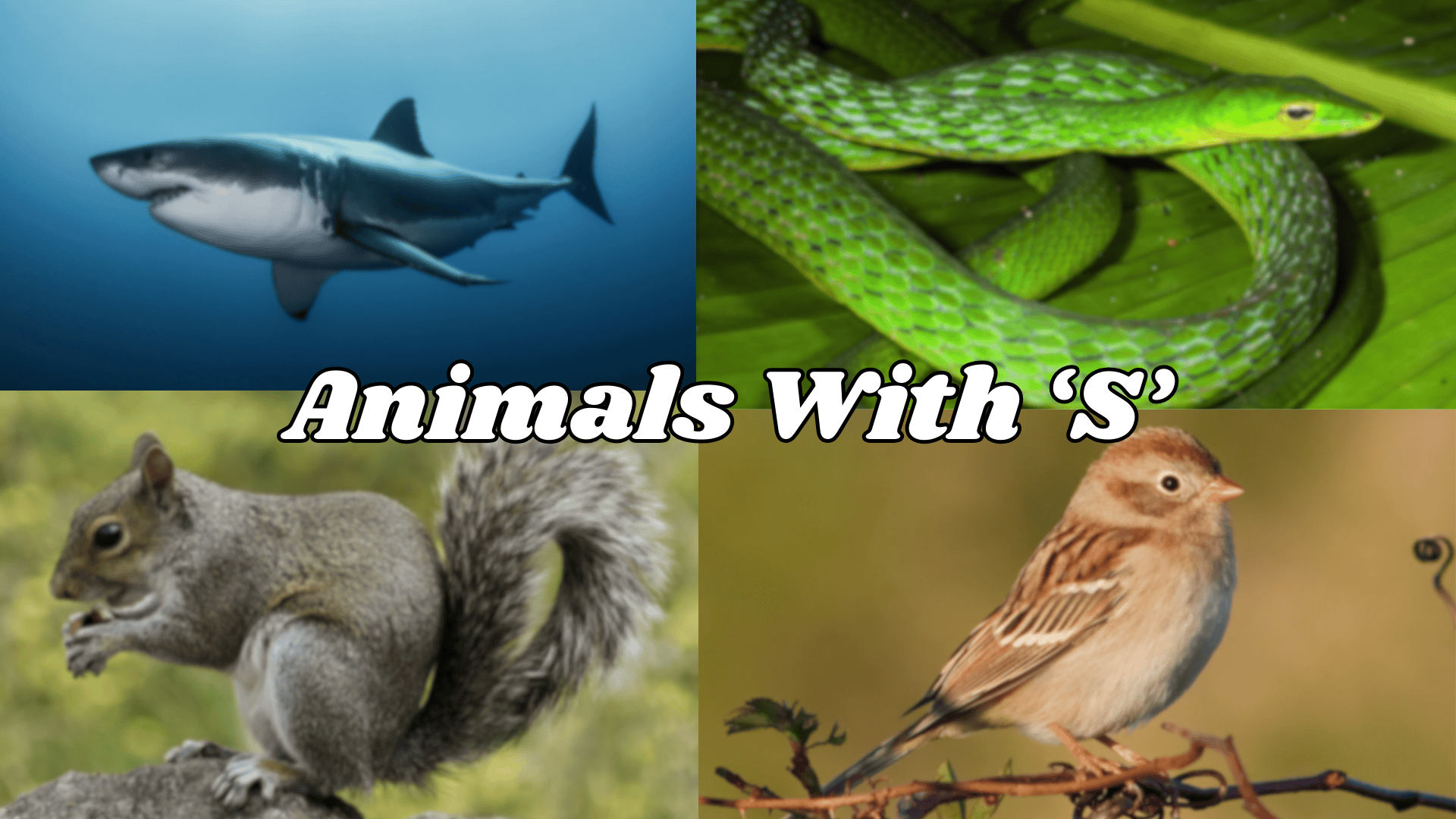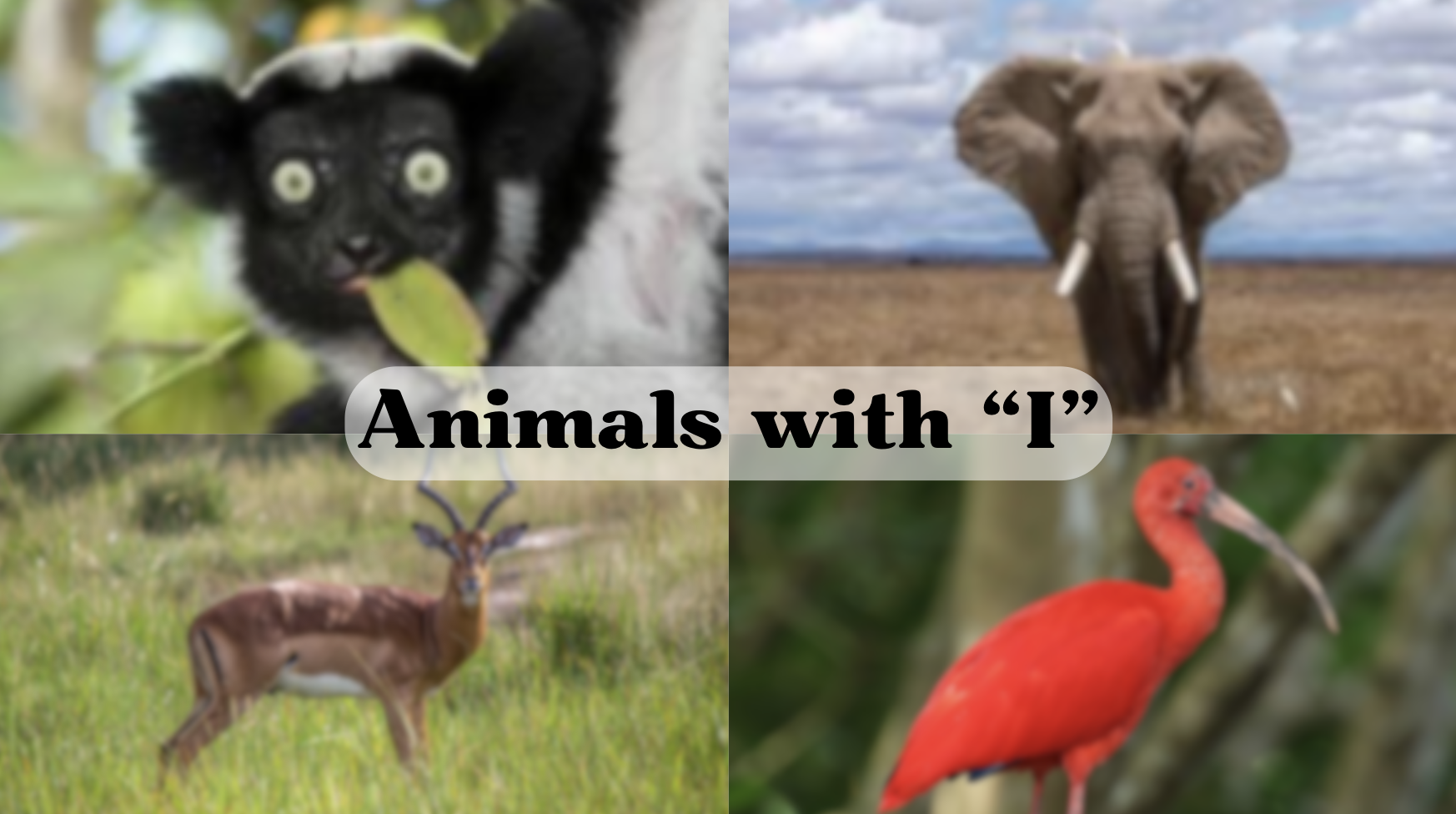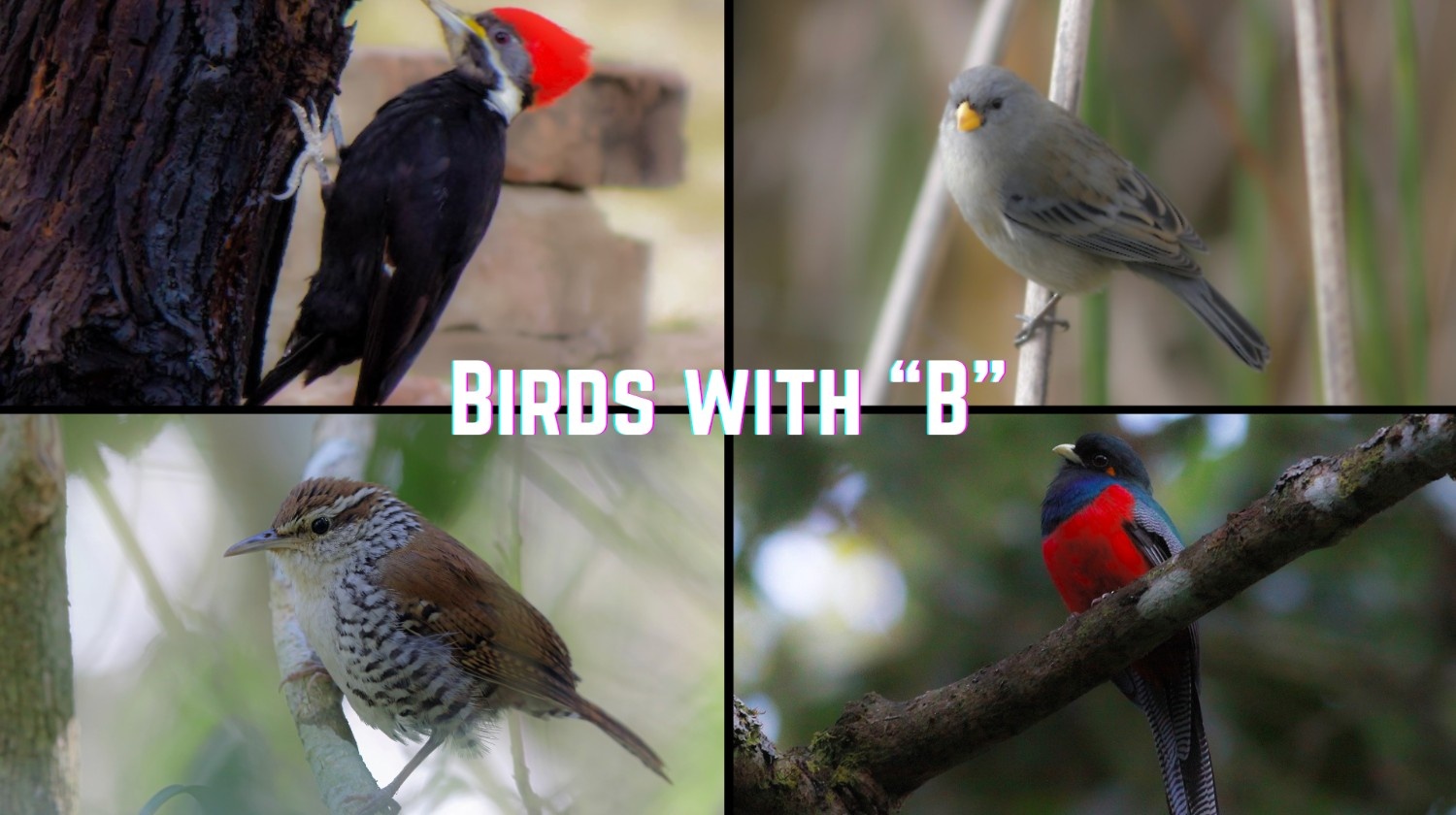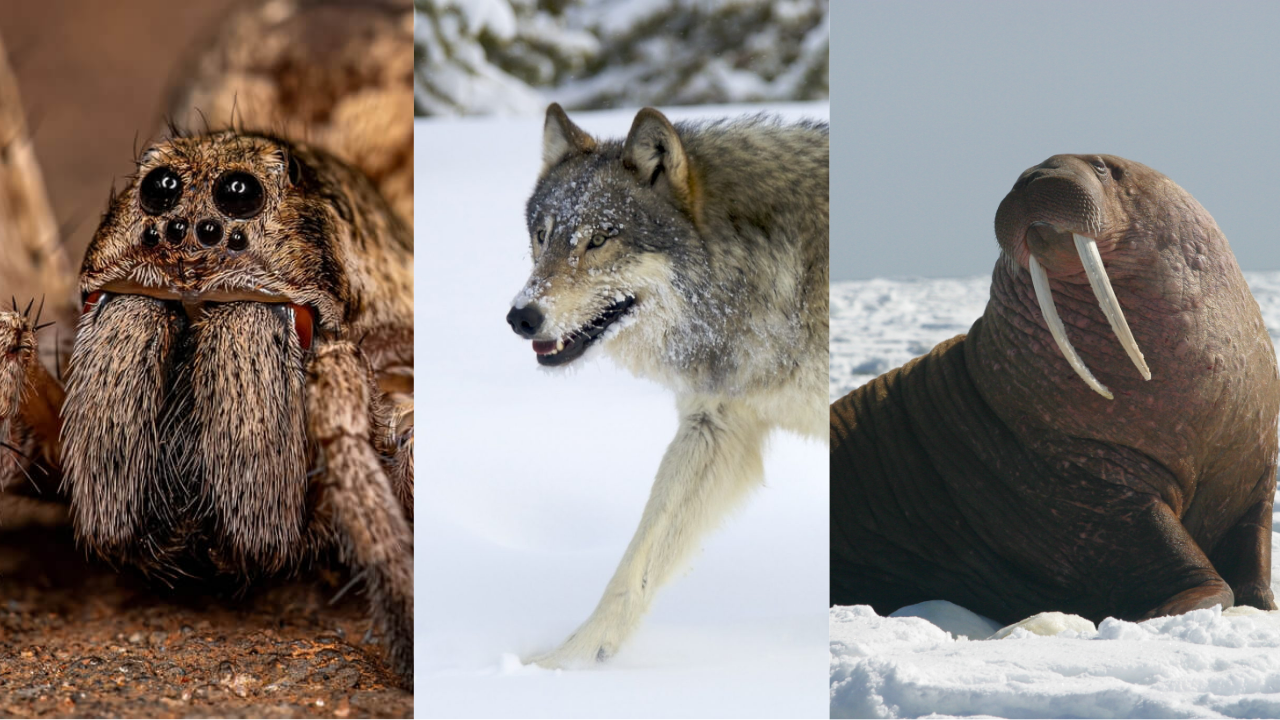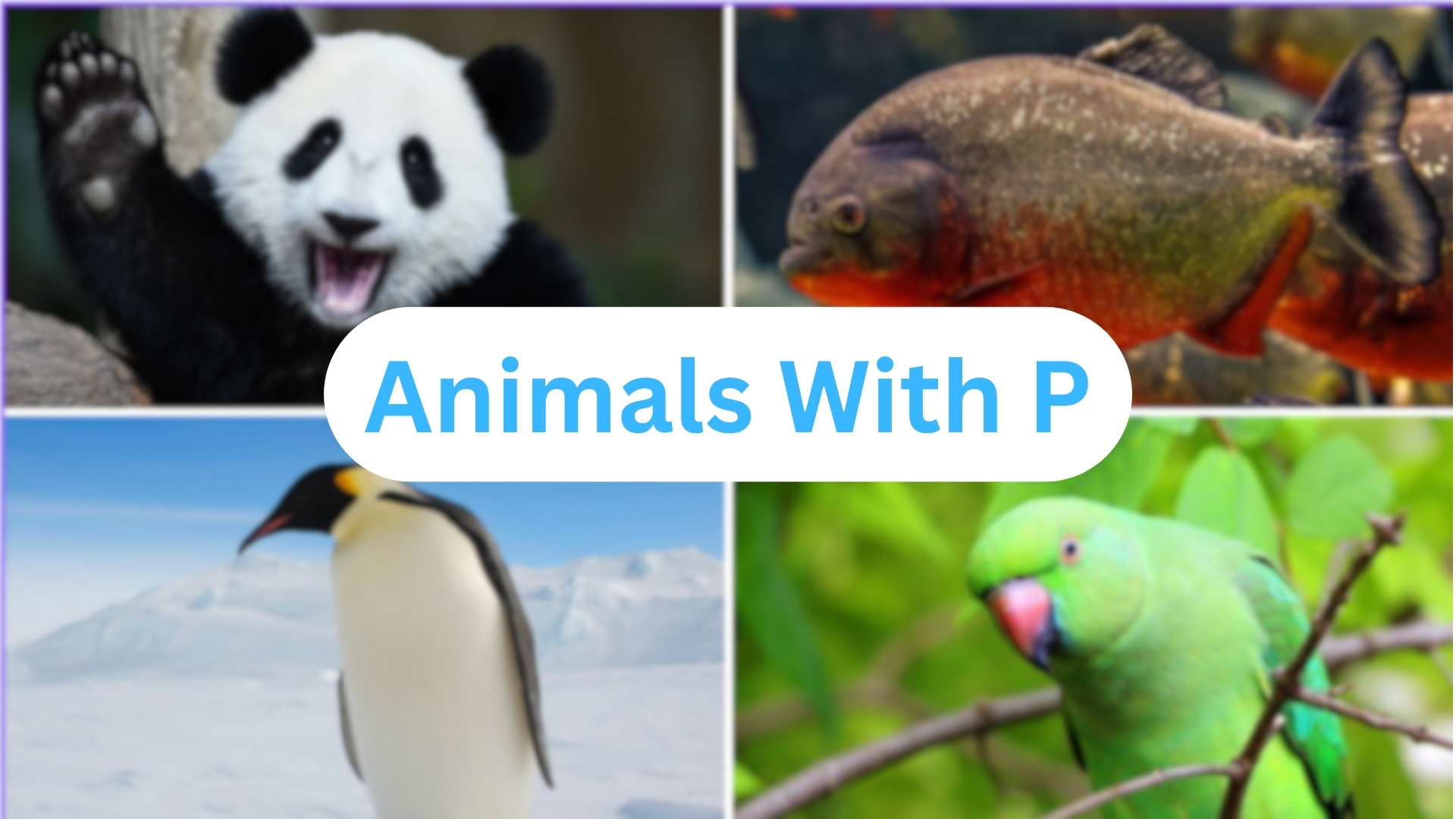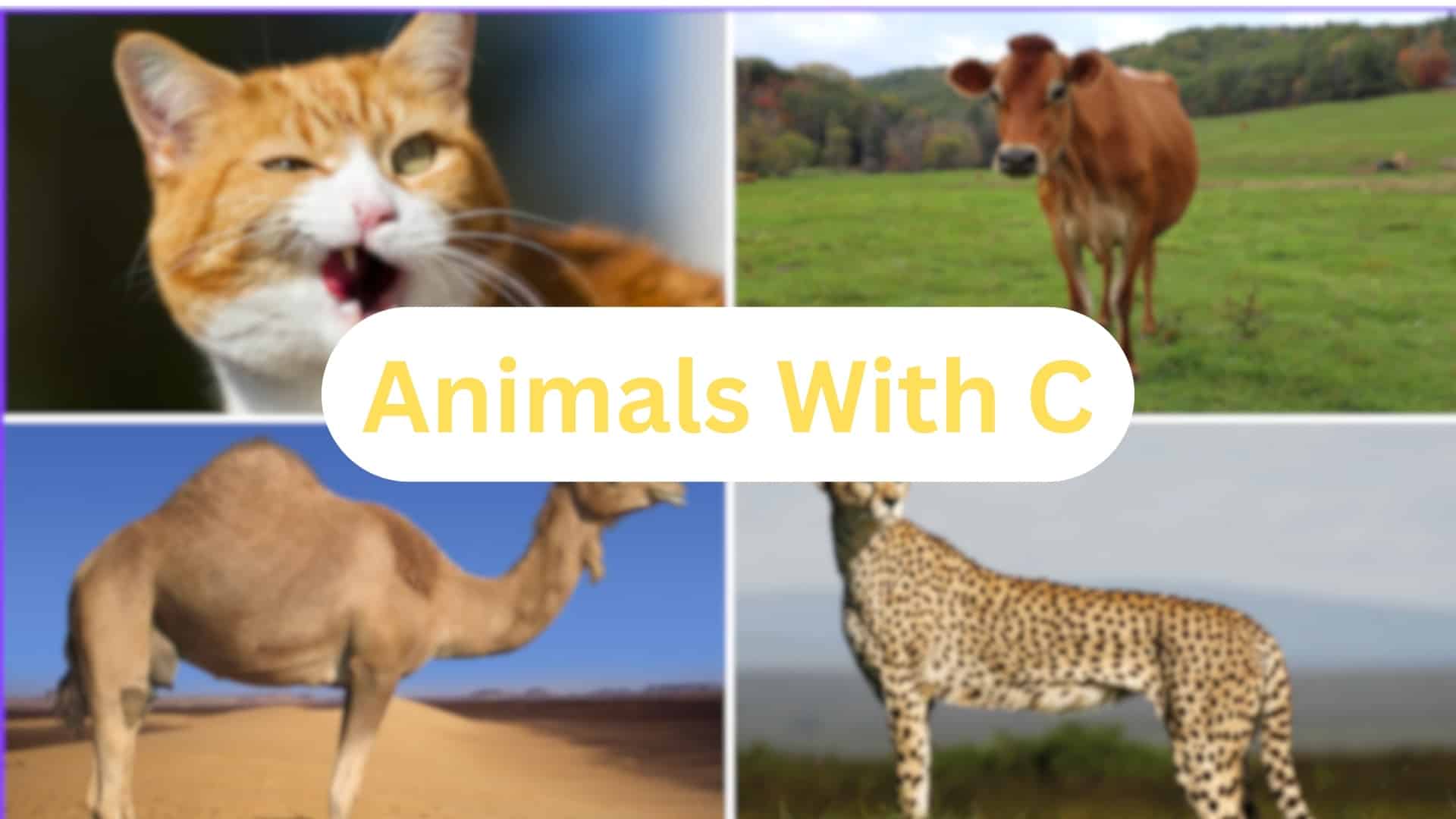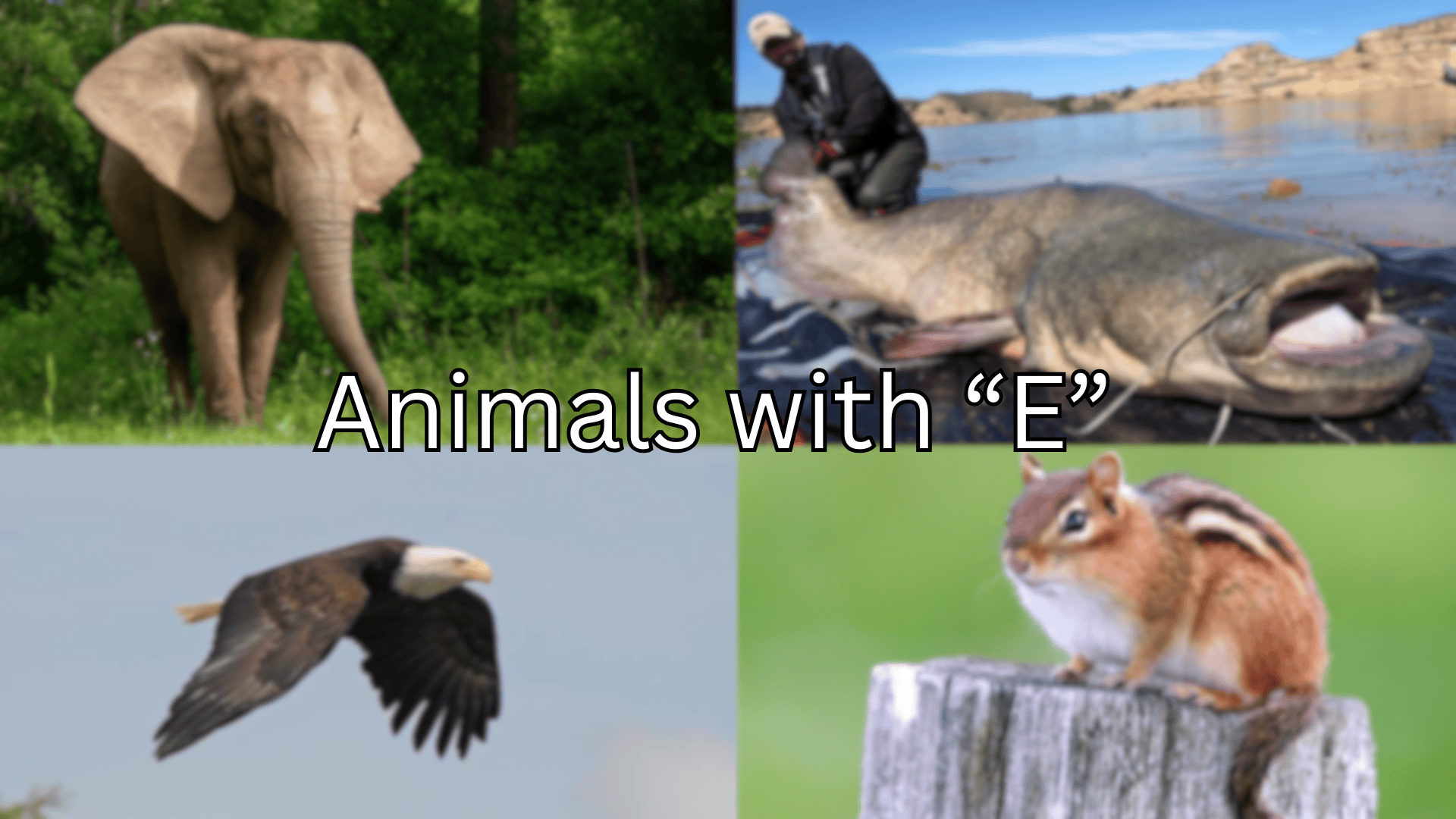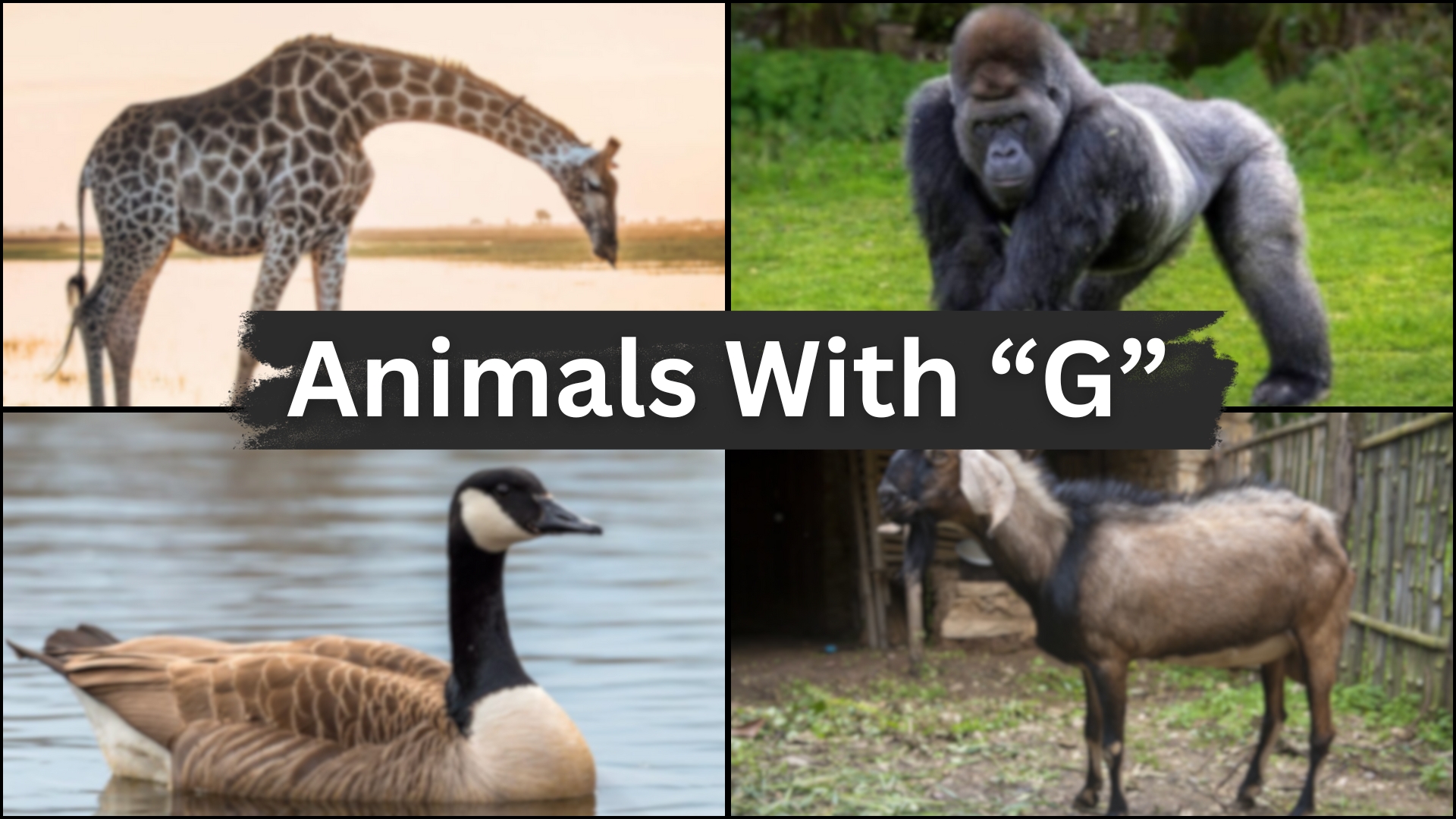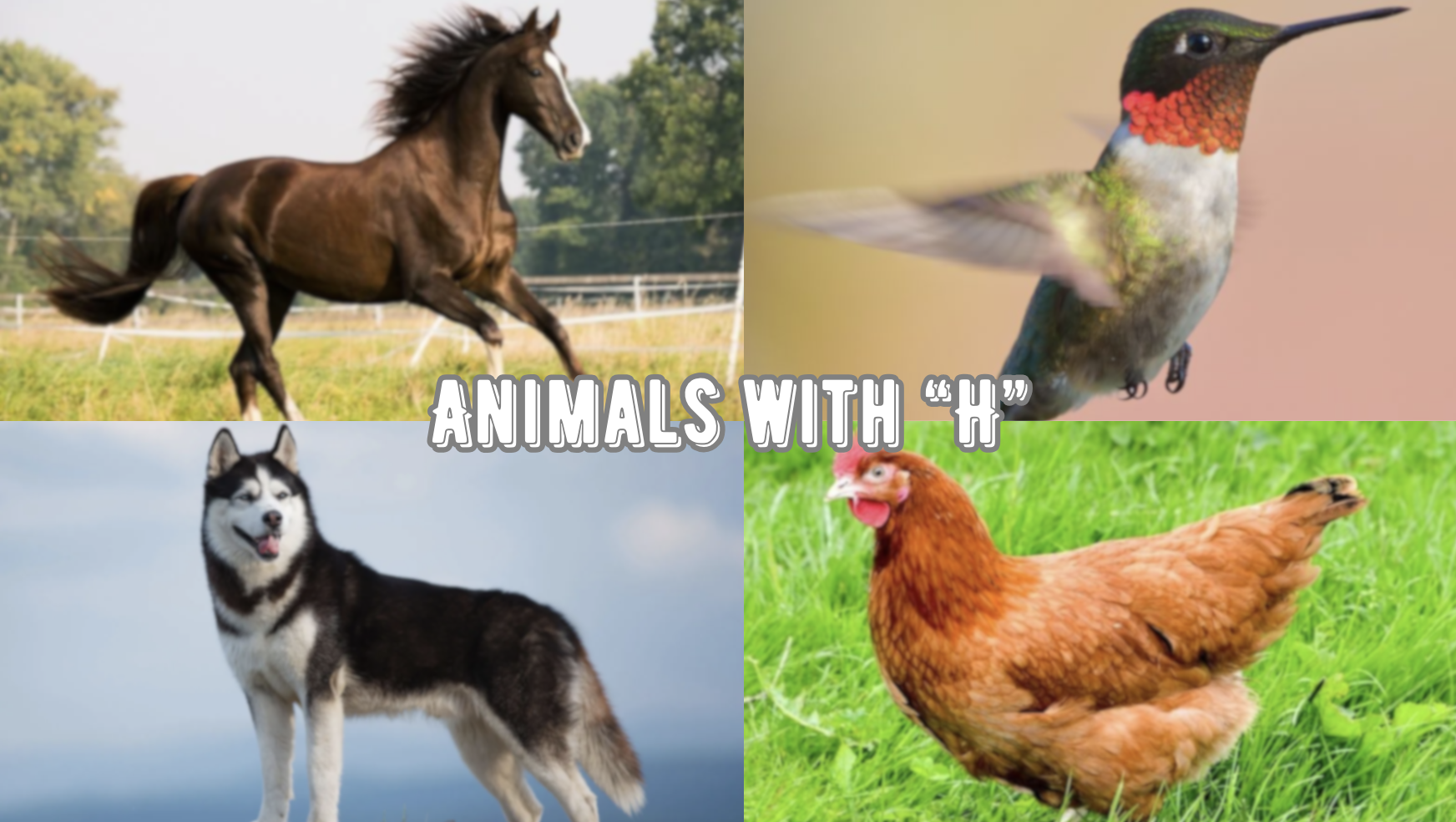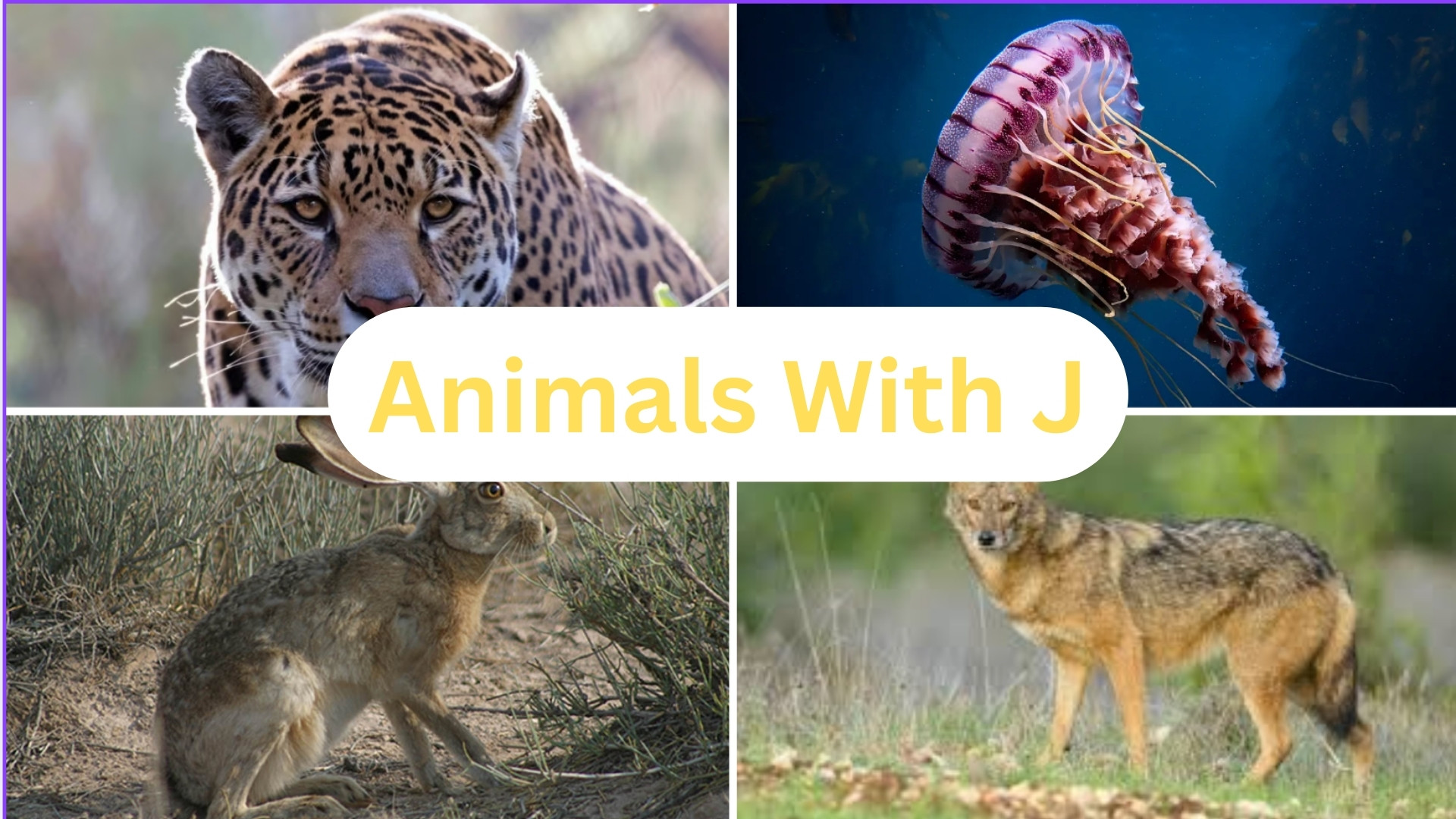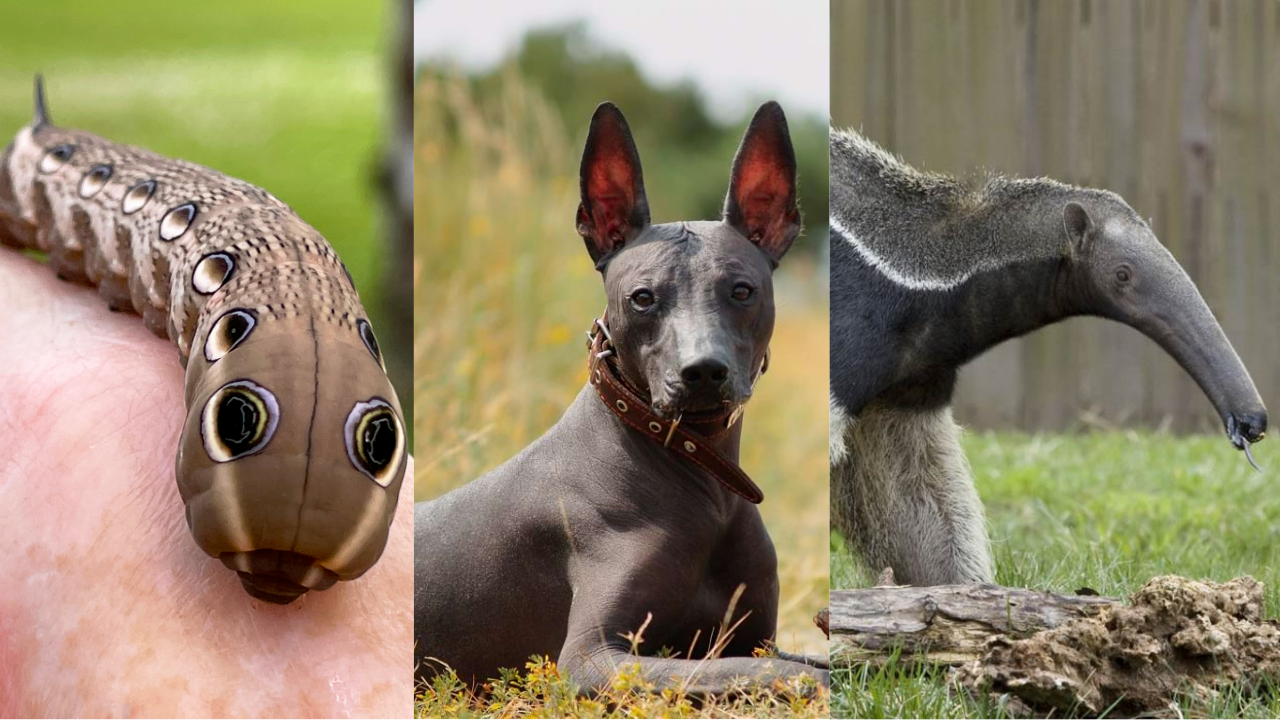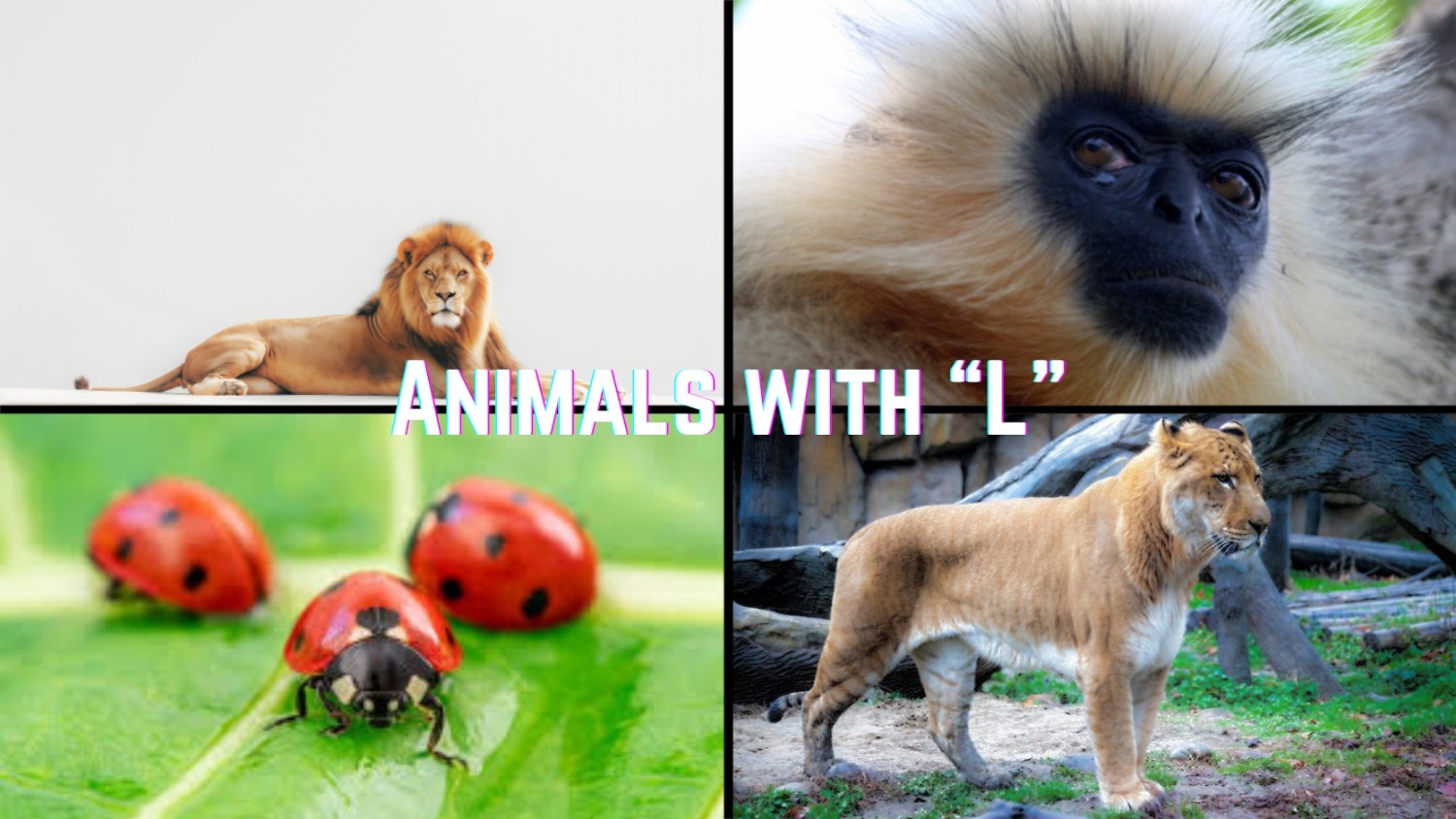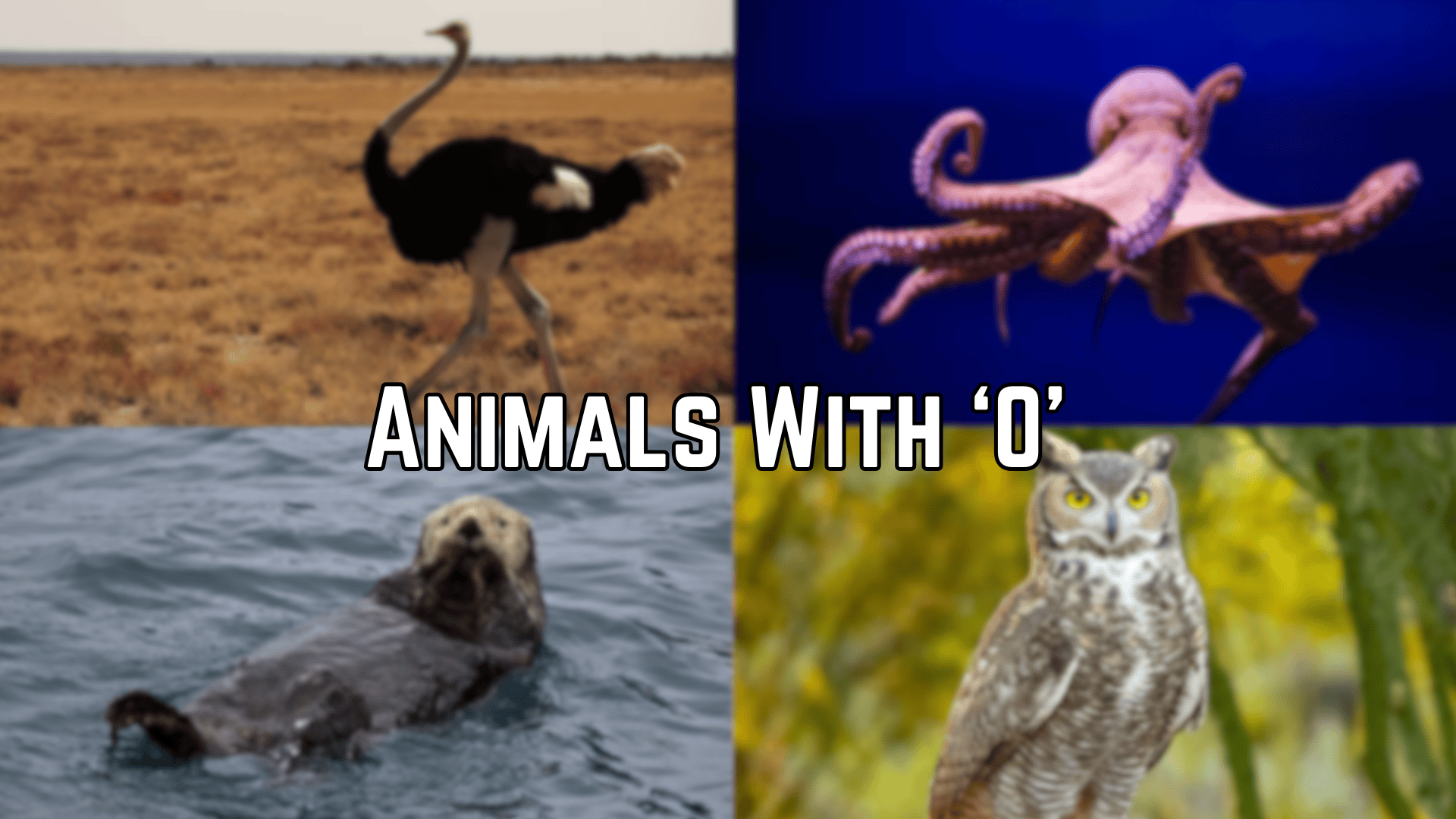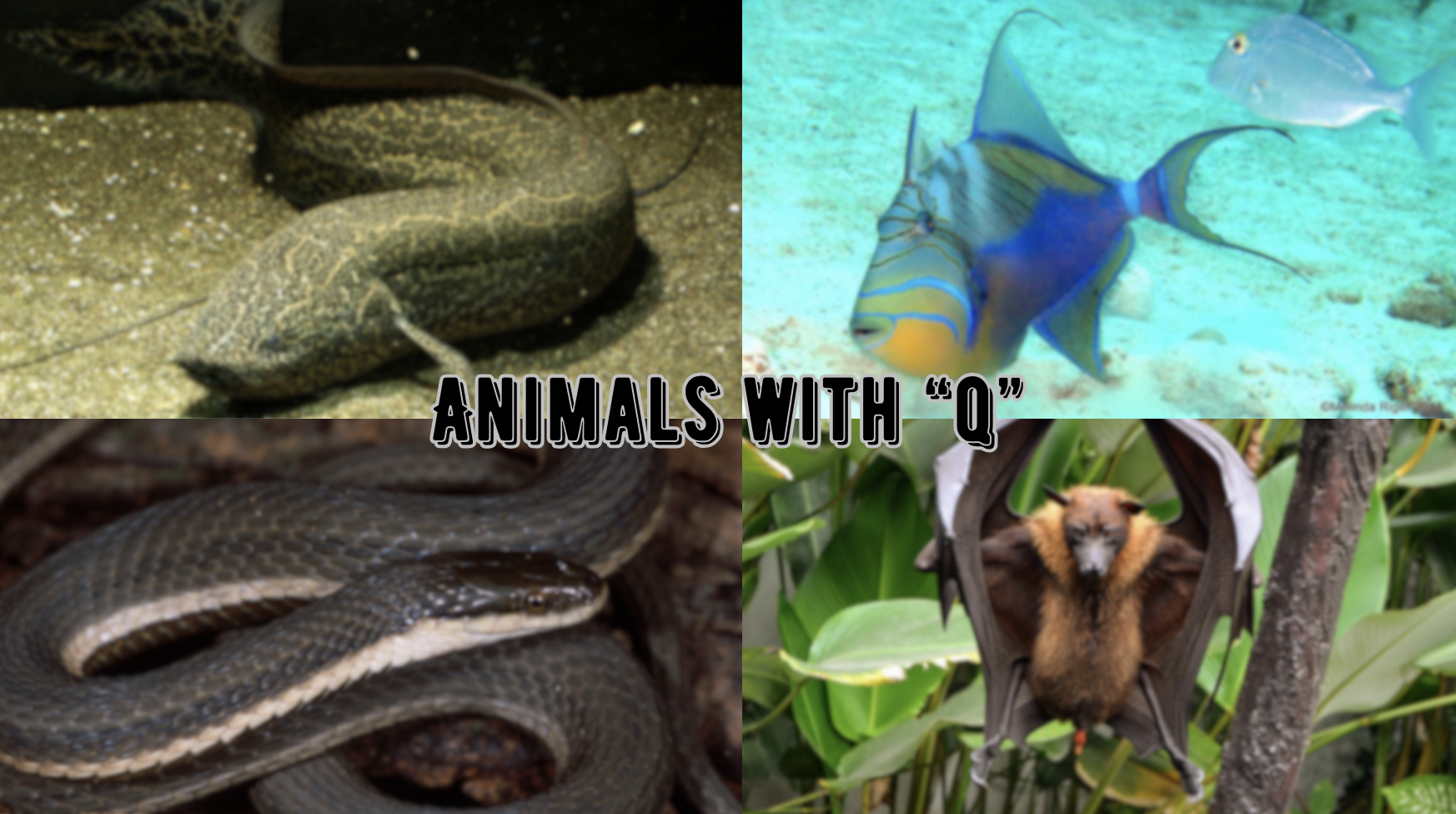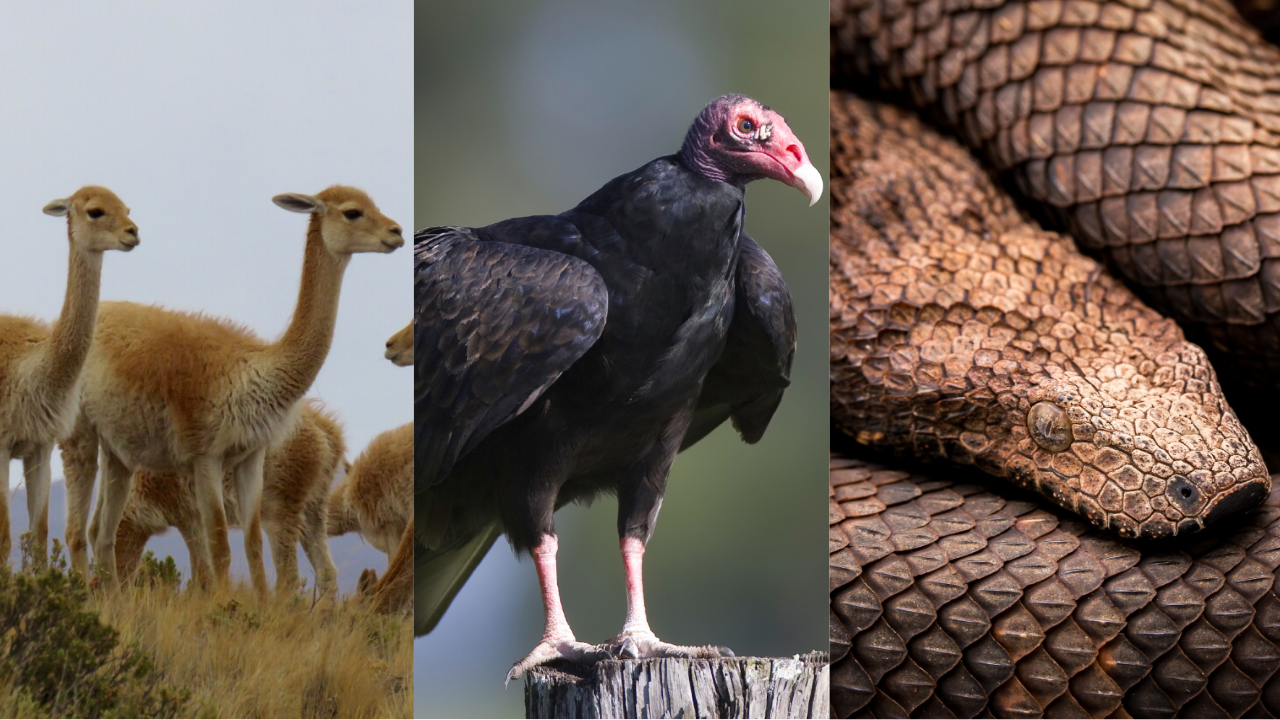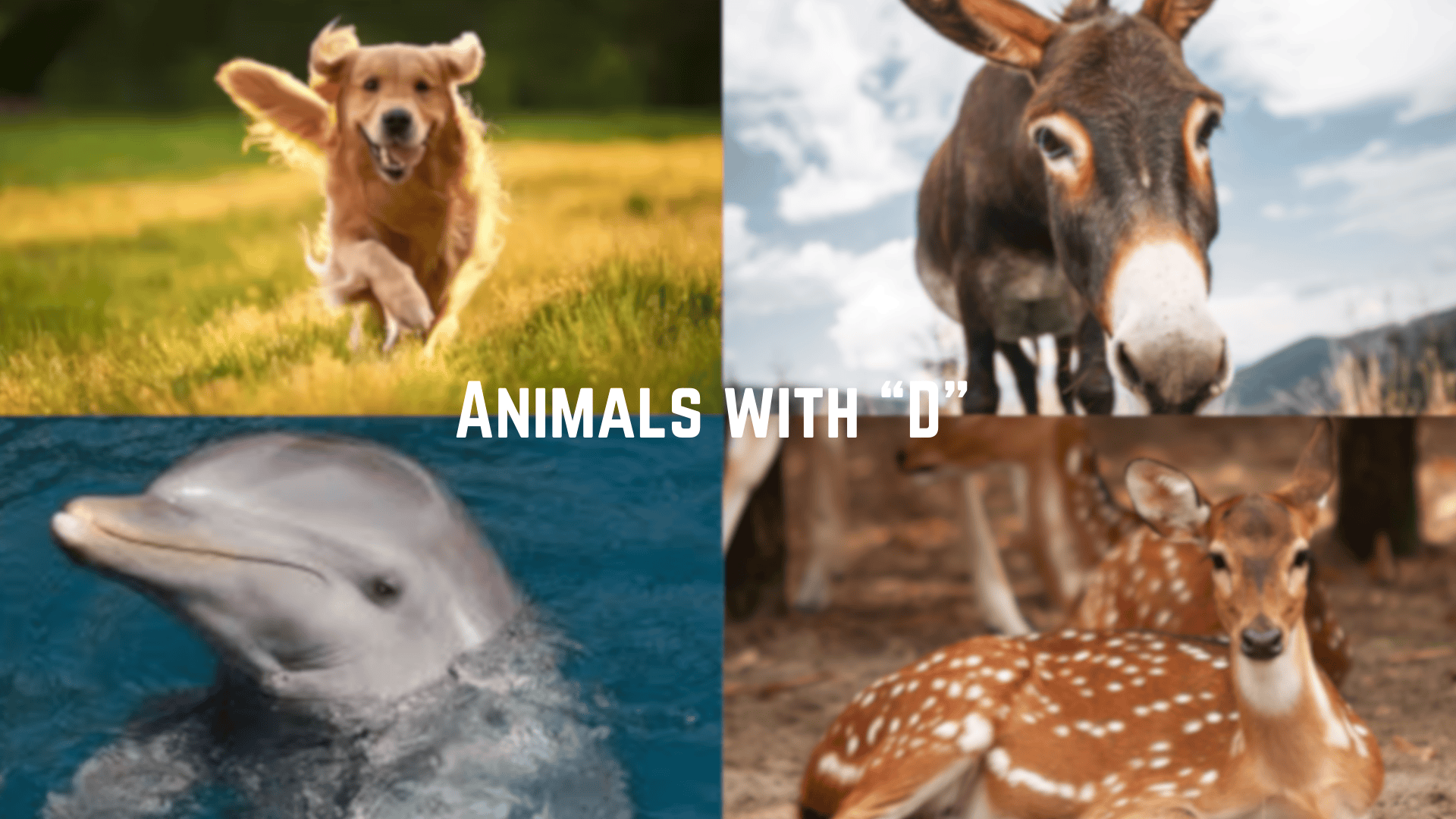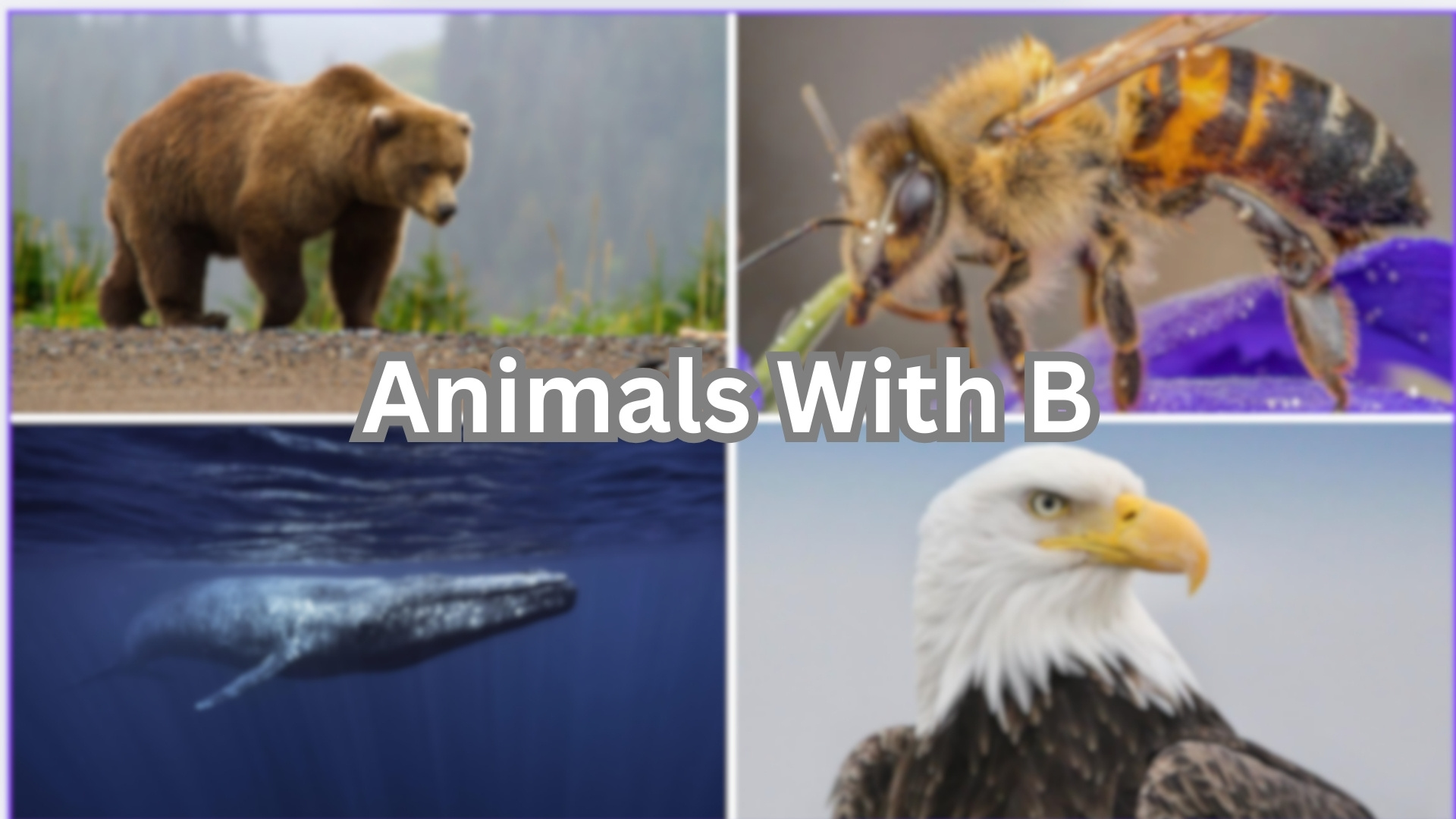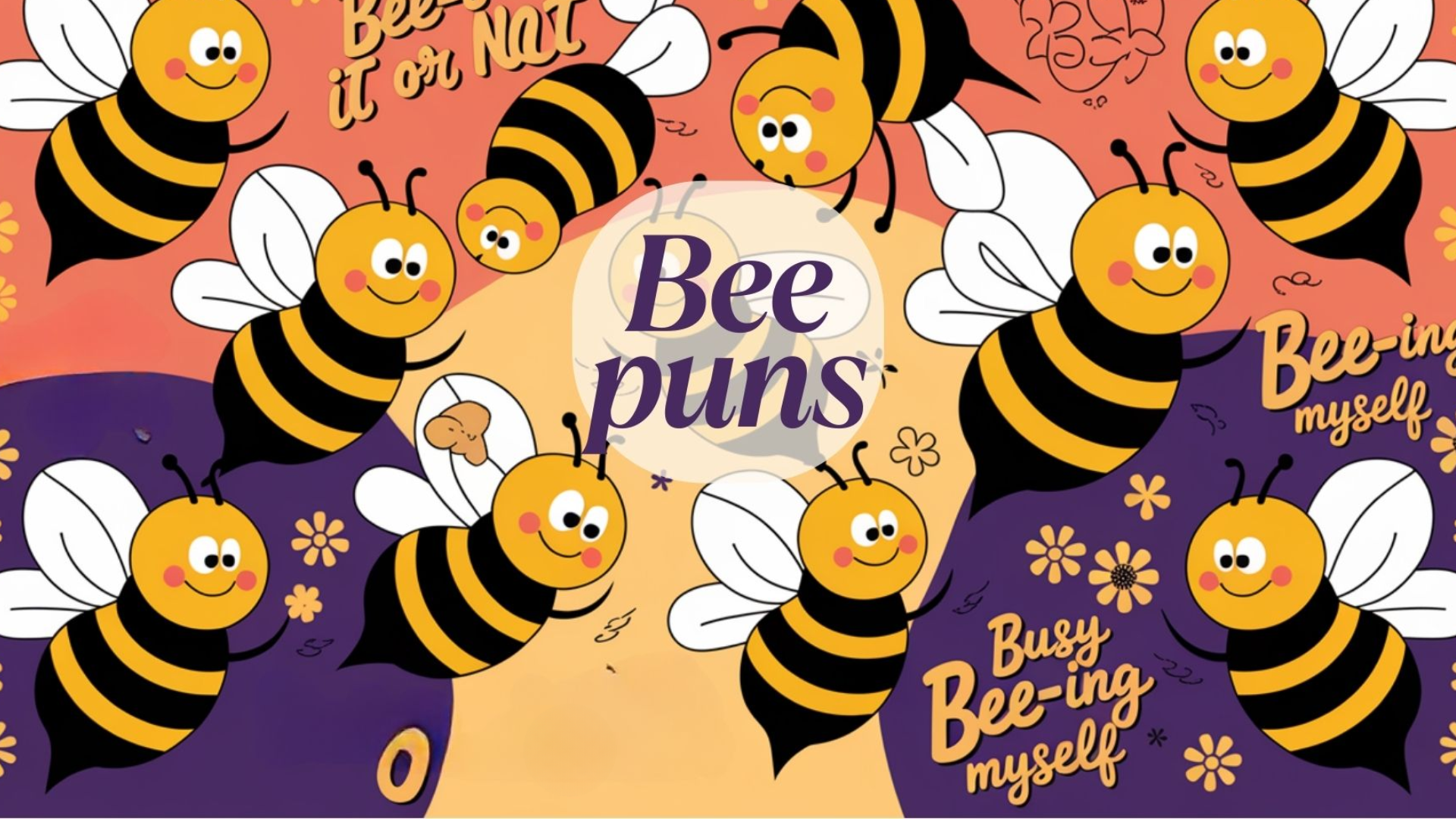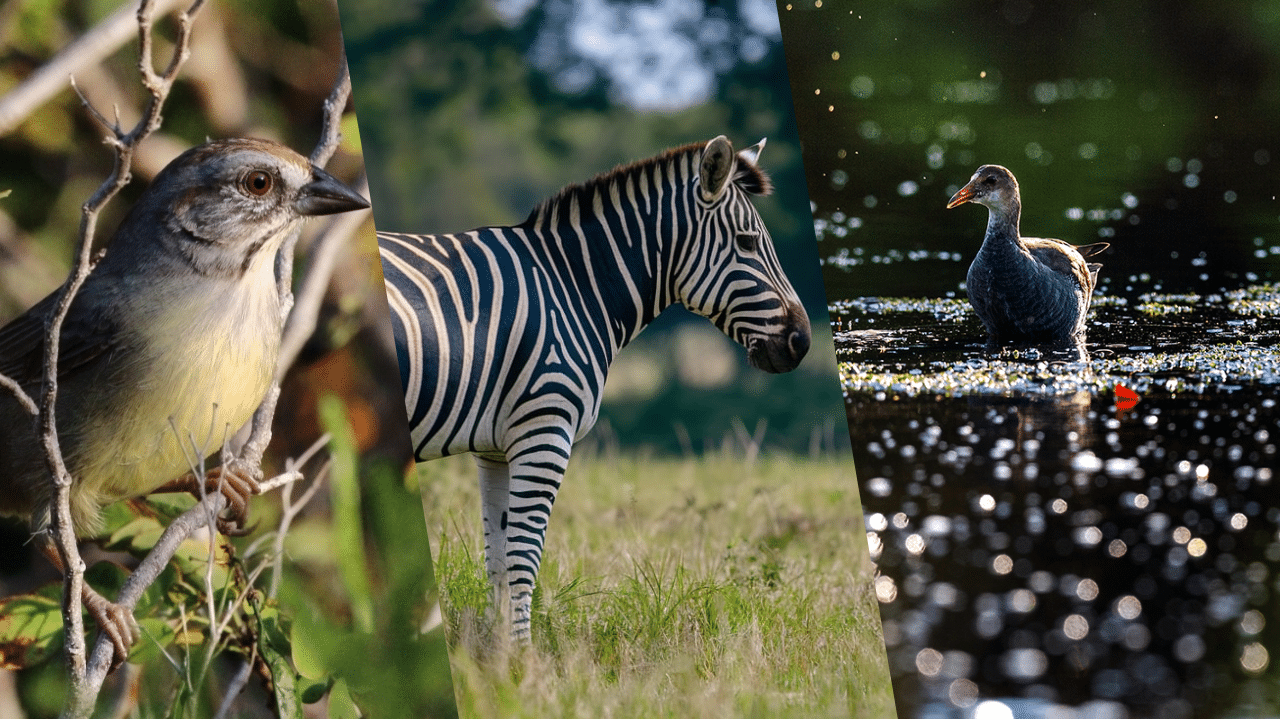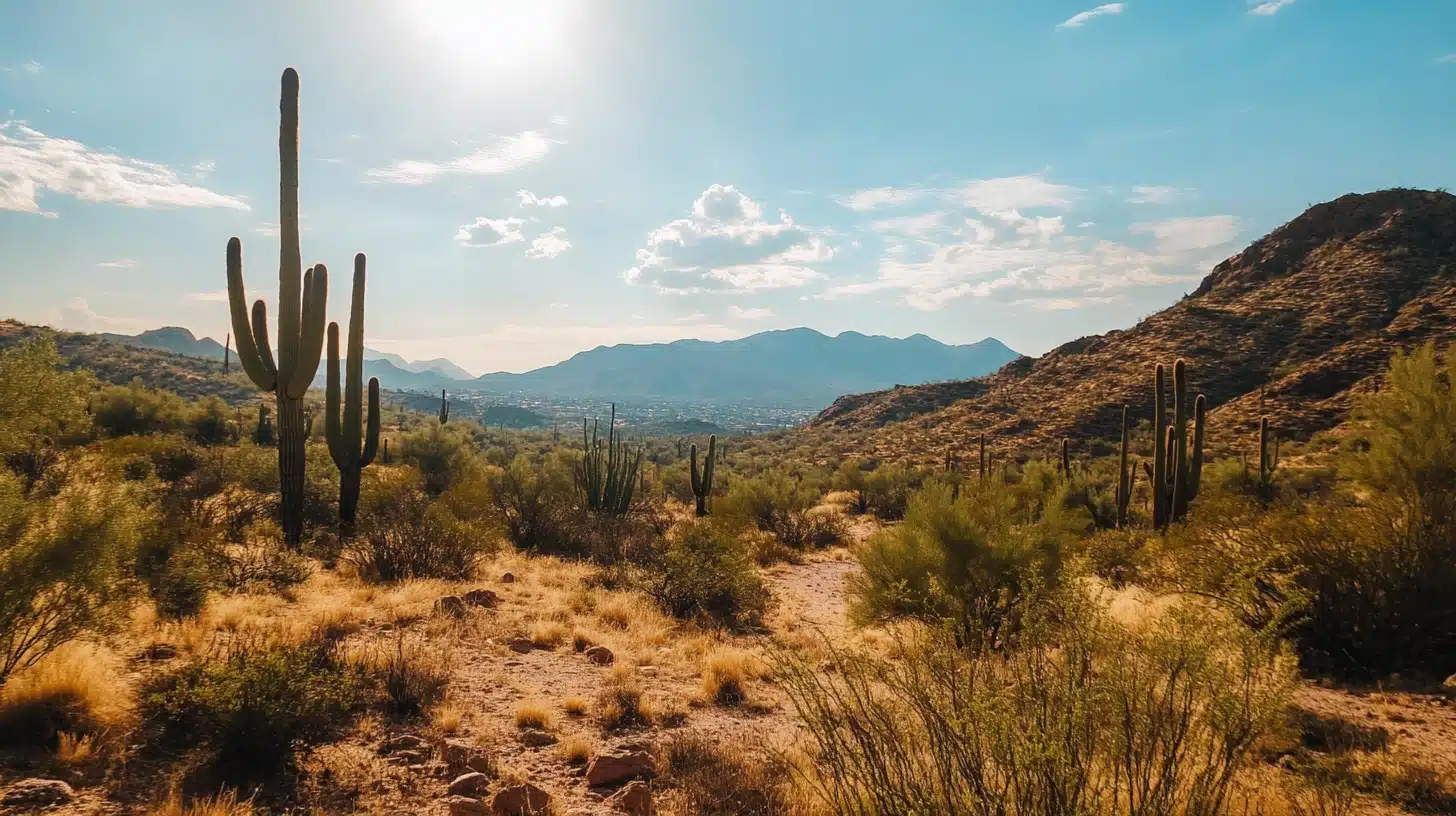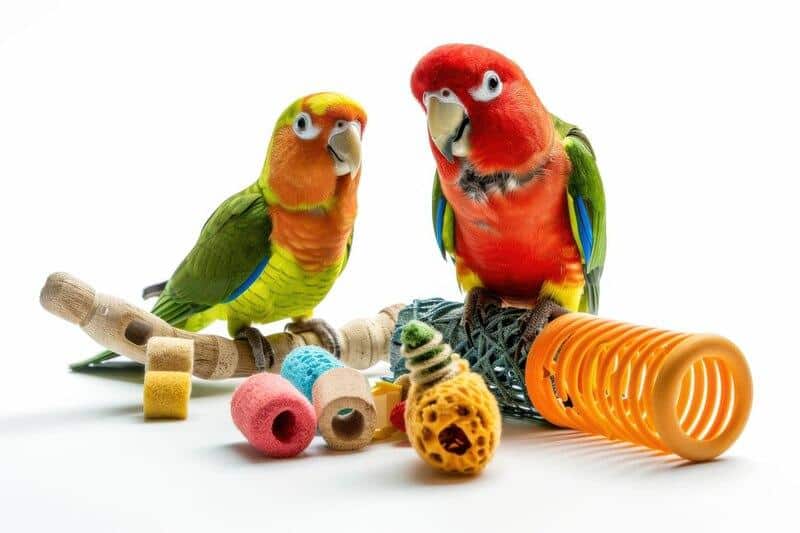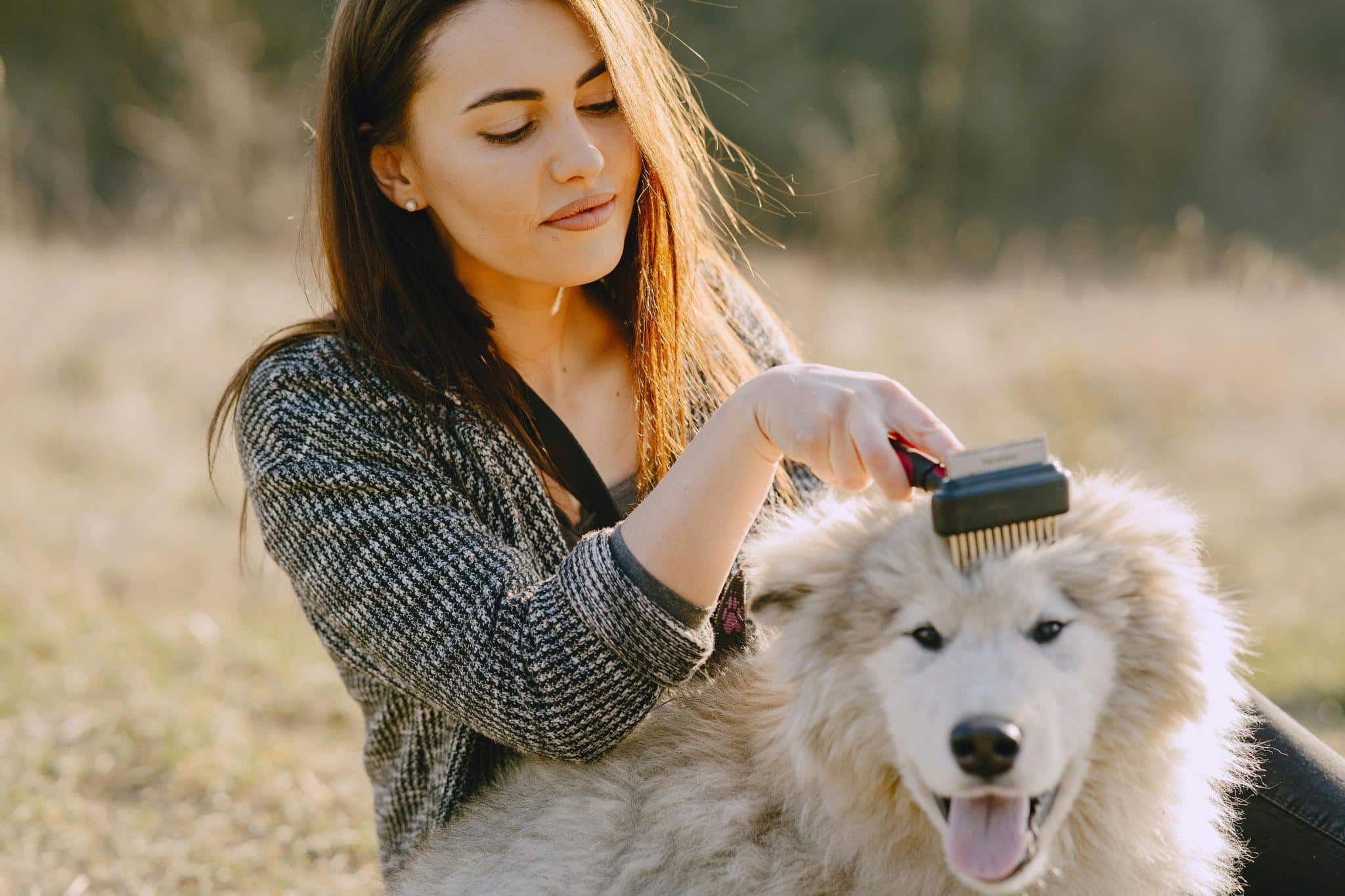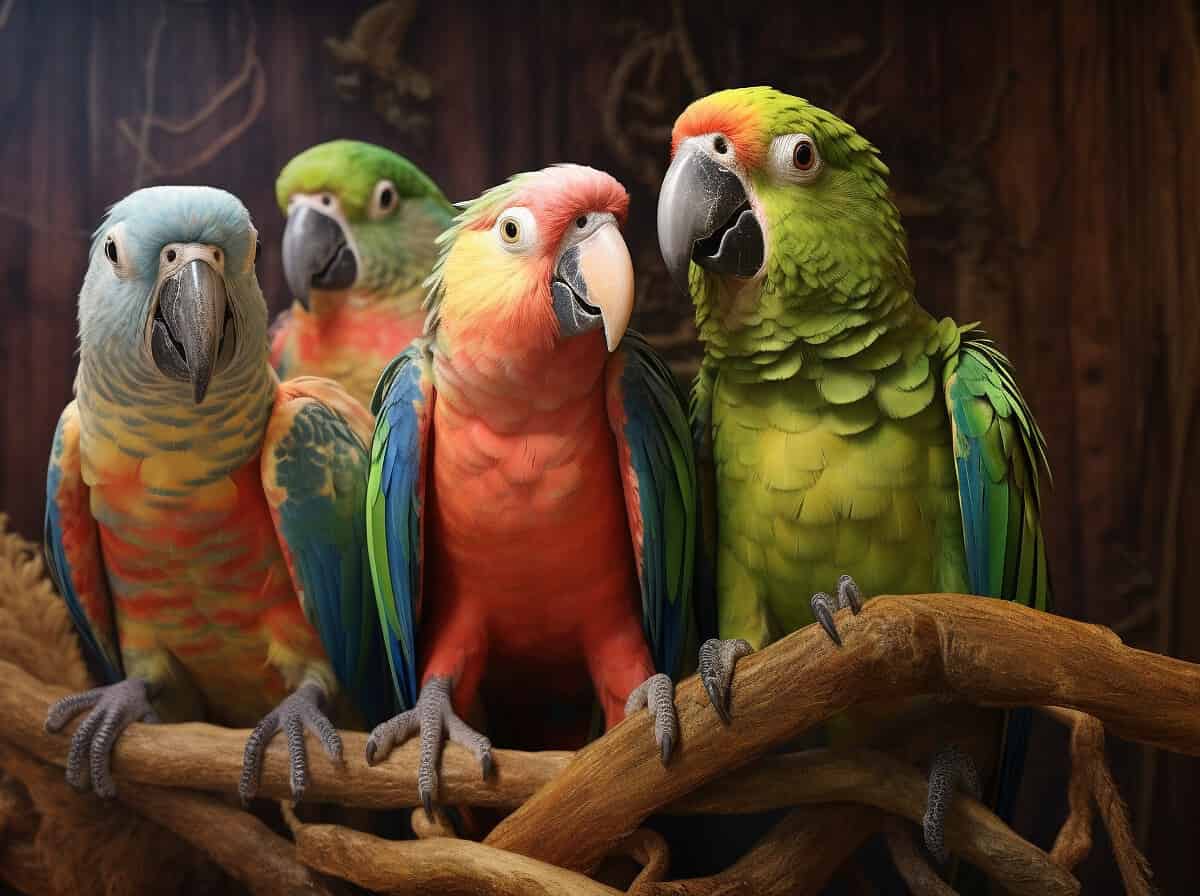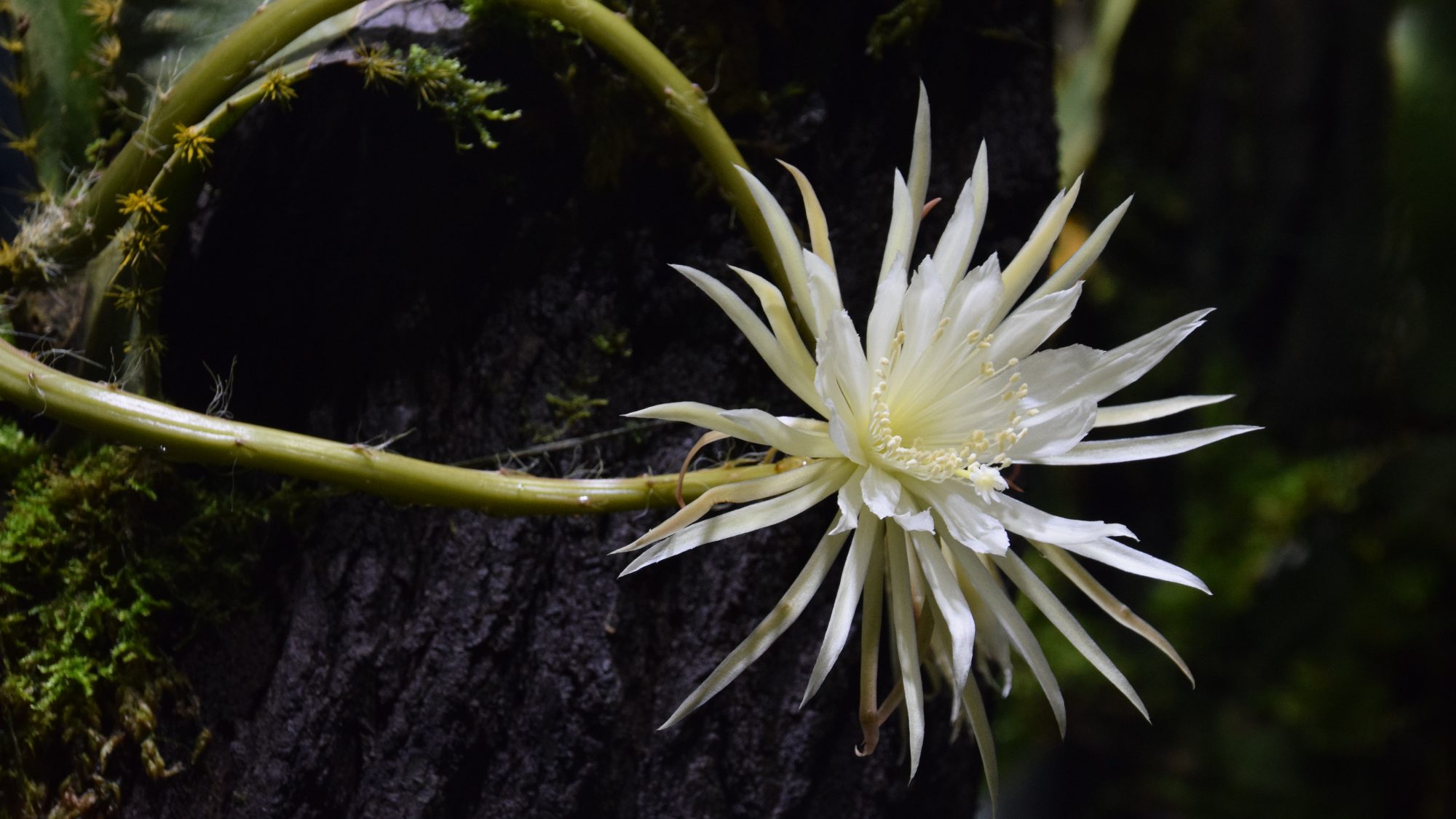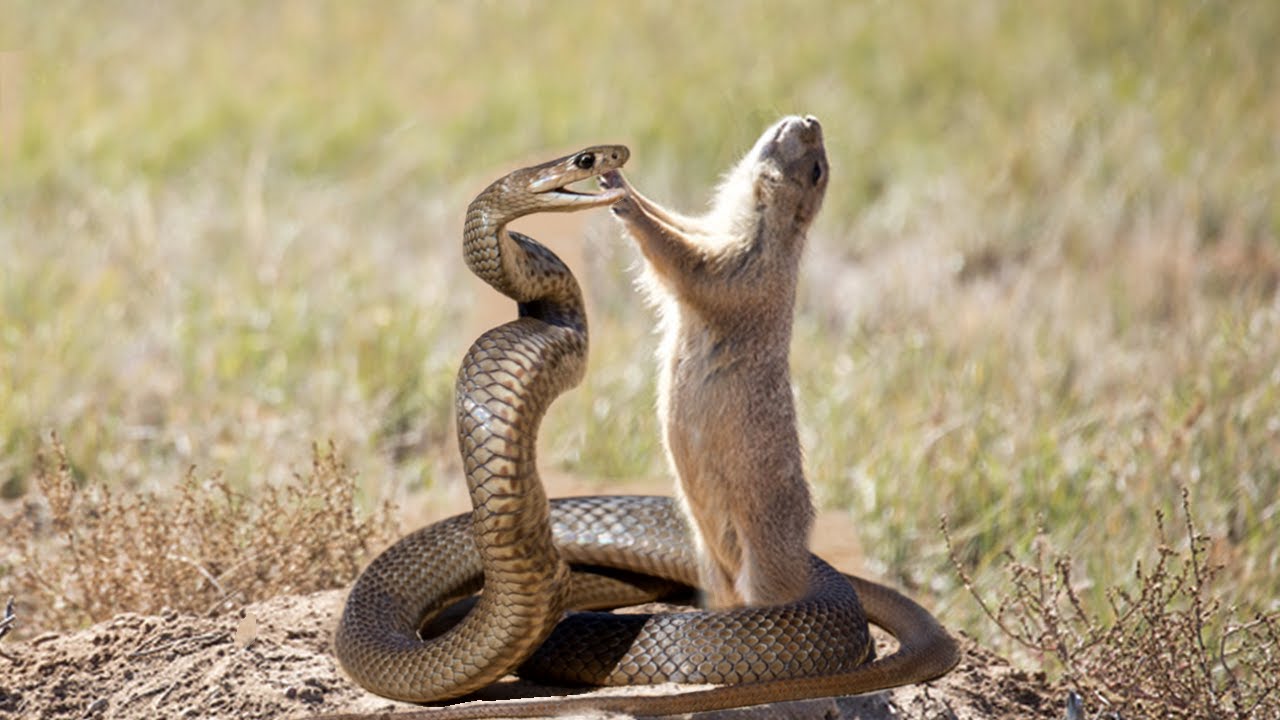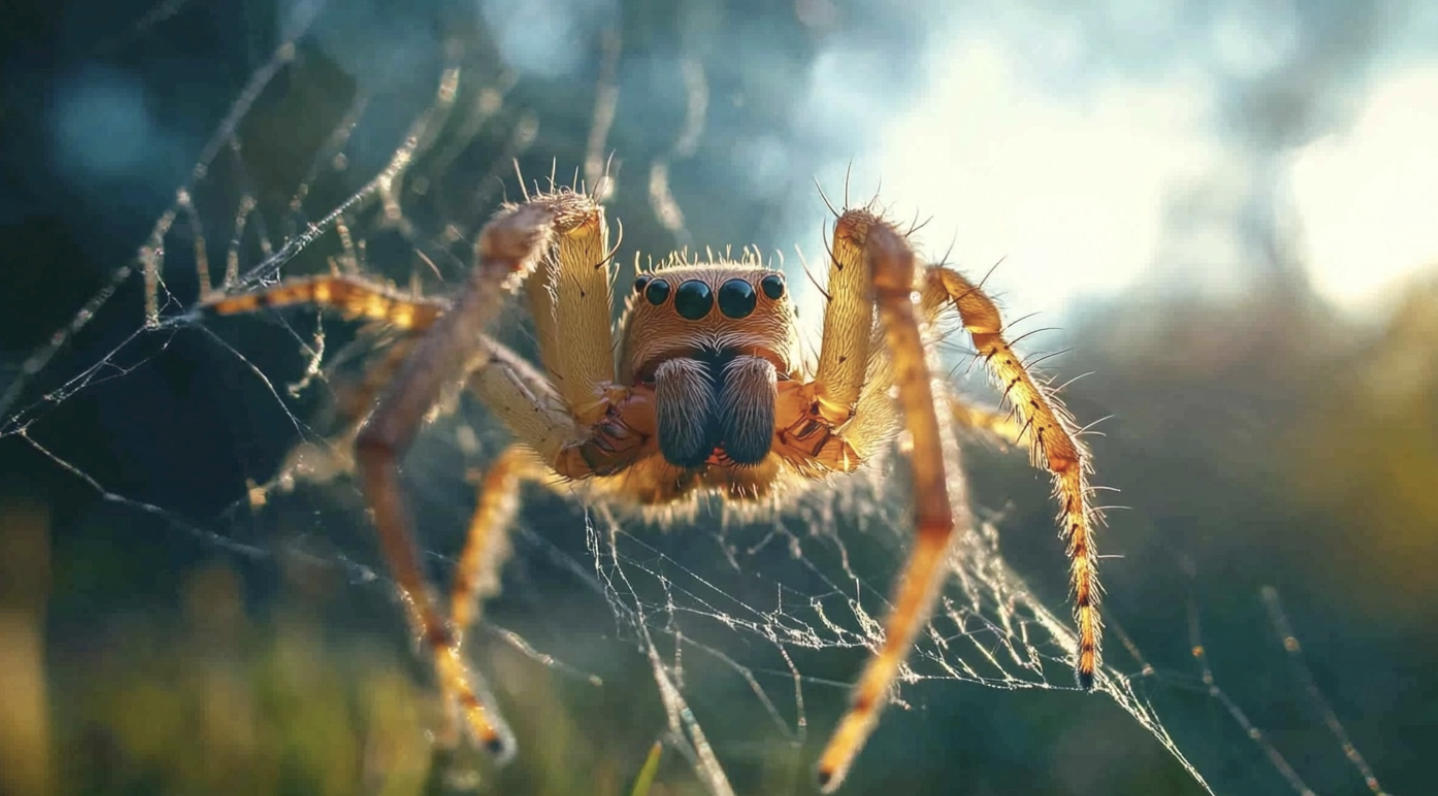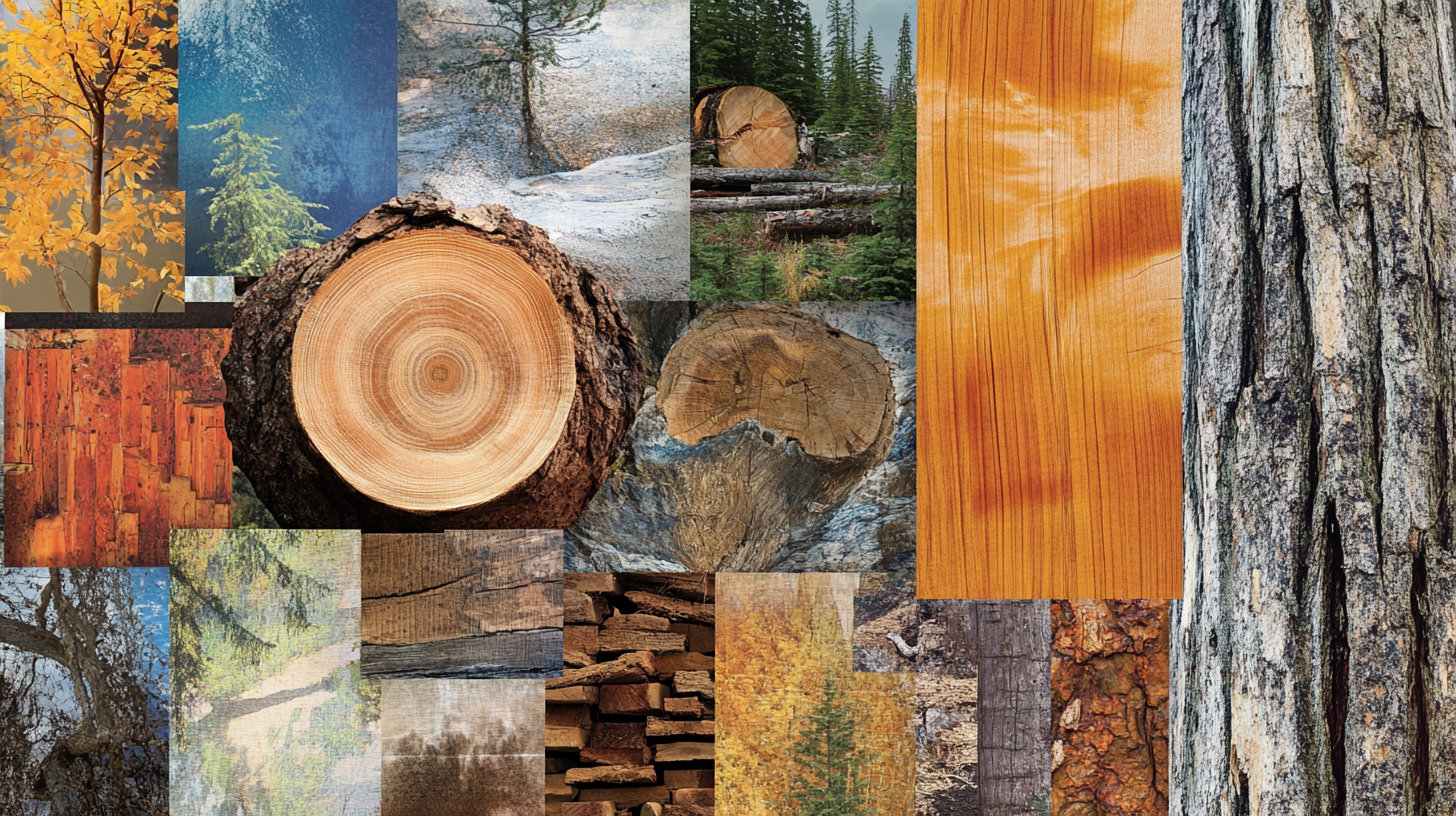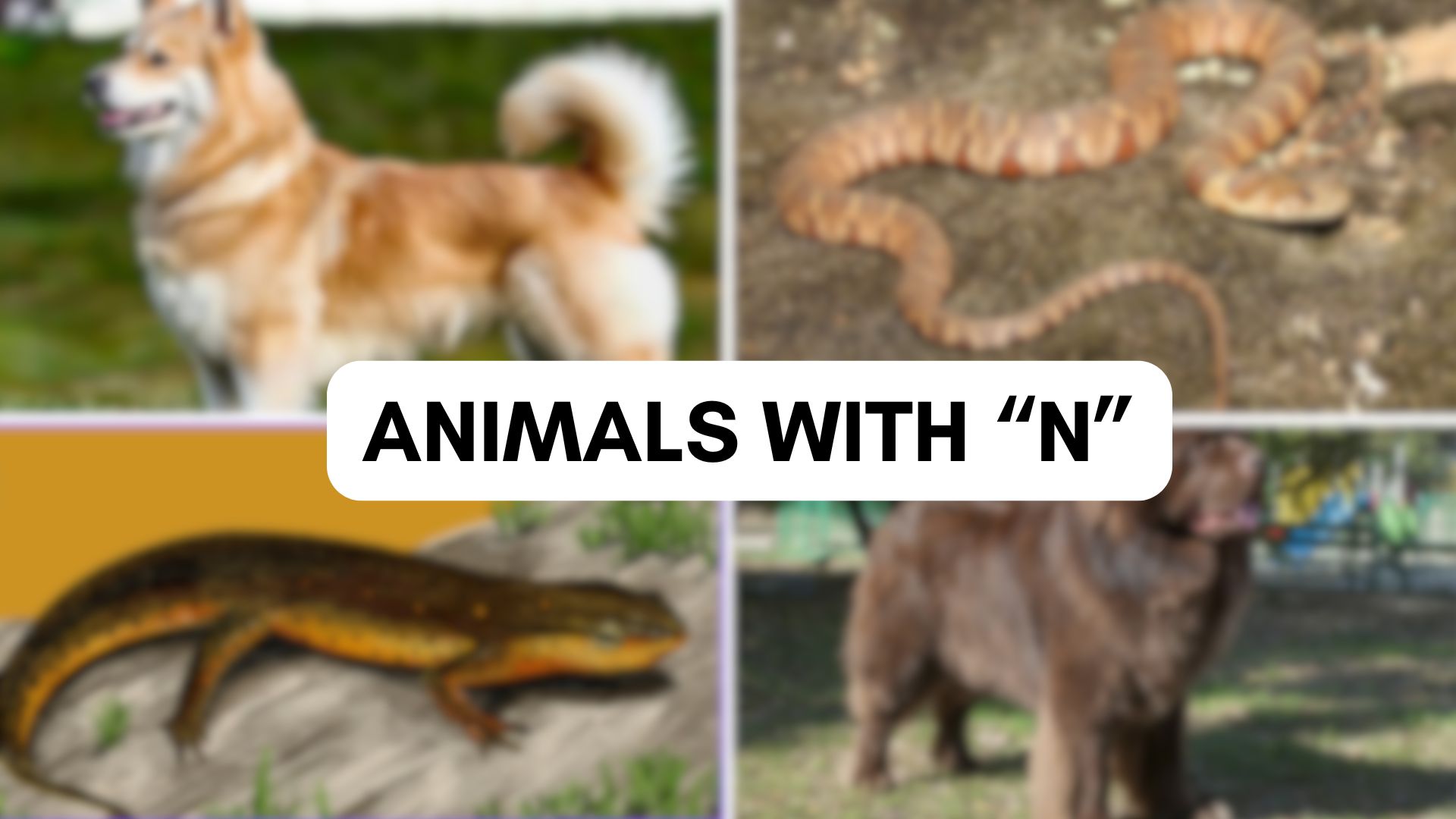
Have you ever wondered what unique animals start with the letter N? From the ocean-dwelling narwhal with its unicorn-like tusk to the naked mole rat that never gets cancer, animals with N are truly special!
Some, like the Newfoundland dog, are gentle giants that love to swim and save people. Others, like the neon tetra, are tiny but shine with beautiful colors in fish tanks.
These animals live all over the world – in Africa’s waters, Arctic oceans, and even local parks where Northern Cardinals sing. Each has unique ways of finding food, making homes, and staying safe from danger.
This blog reveals these animals with N, their habitats, diets, and the cool sounds they make!
The Surprising Animals With “N” You Never Knew Existed!
1. Naked Mole Rat
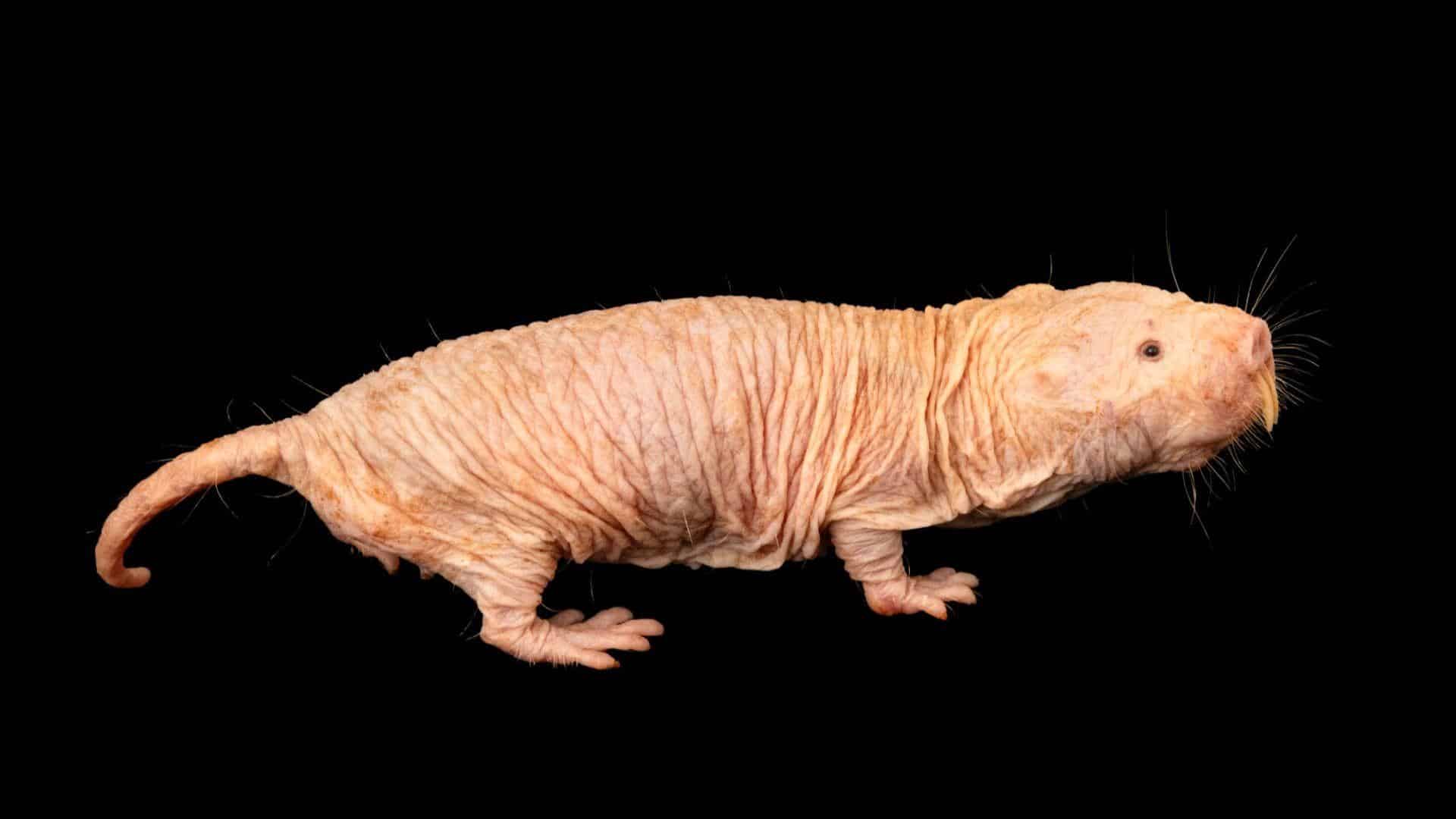
Naked mole rats are small, burrowing rodents that live in underground colonies. They are virtually hairless and have developed to thrive in low-oxygen environments. These mesmerizing creatures live in highly organized social structures, similar to those of ants or bees.
-
Region of Habitat: East Africa
-
Scientific Name: Heterocephalus glaber
-
Feeding Habits: Herbivores primarily feed on underground parts of plants, such as tubers.
-
What Sound Do They Make: High-pitched chirps and squeaks, mainly used for communication within their colony.
Fun Fact
Naked mole rats are immune to cancer, which has sparked interest in their potential for cancer research.
2. Narwhal
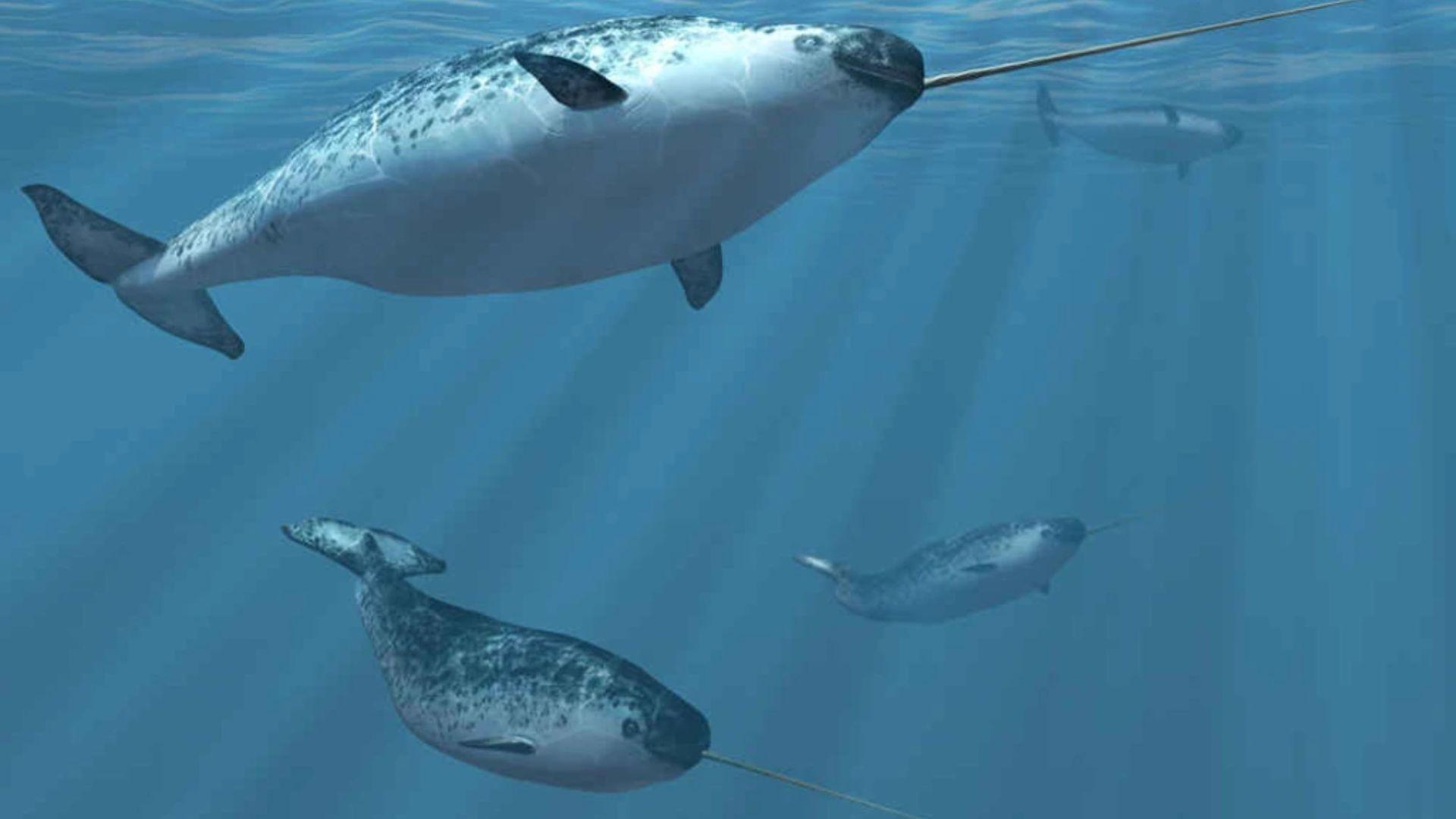
Narwhals are Arctic whales known for their long, spiral tusks, which are actually elongated teeth. They are highly adapted to life in cold waters, diving deep to catch their prey and communicating through clicks and whistles.
-
Region of Habitat: Arctic regions of Canada, Greenland, and Russia
-
Scientific Name: Monodon monoceros
-
Feeding Habits: Narwhals primarily feed on fish, shrimp, and squid.
-
What Sound Do They Make: Narwhals produce clicks, whistles, and other vocalizations to communicate and guide underwater.
Fun Fact
Narwhals can dive deeper than 1,500 meters in search of food, making them one of the deepest-diving whales.
3. Neon Tetra
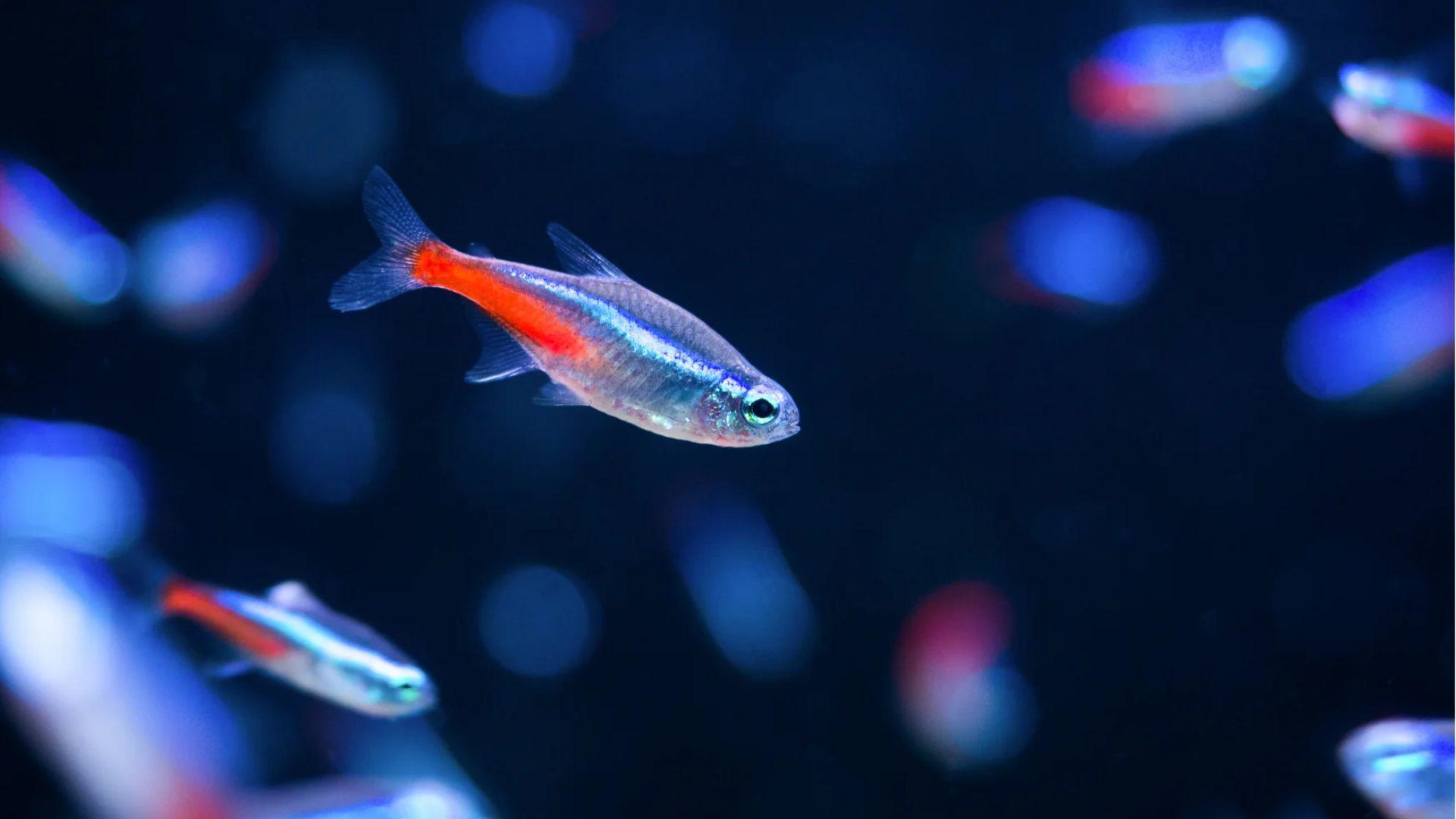
Neon tetras are small, colorful fish found in the Amazon River basin. These schooling fish are popular in aquariums due to their striking blue and red coloration, which glows under the right lighting.
-
Region of Habitat: South America, specifically the Amazon River basin
-
Scientific Name: Paracheirodon innesi
-
Feeding Habits: Omnivores feed on small invertebrates, worms, and plant matter.
-
What Sound Do They Make: Neon tetras are silent and do not produce any audible sounds.
Fun Fact
Neon tetras glow under certain lighting conditions, making them a popular choice for aquarium enthusiasts.
4. Newfoundland Dog

Newfoundlands are large, strong dogs originally bred to assist fishermen in water. Known for their swimming skills, they have webbed feet and thick fur to help them thrive in cold water. These dogs are often used in water rescue operations.
-
Region of Habitat: Newfoundland and Labrador, Canada
-
Scientific Name: Canis lupus familiaris
-
Feeding Habits: Carnivores primarily feed on meat-based food.
-
What Sound Do They Make: Newfoundlands bark and growl, especially when alert or protective.
Fun Fact
Newfoundlands are known for saving lives by rescuing people in the water due to their exceptional swimming abilities.
5. Newfypoo Dog
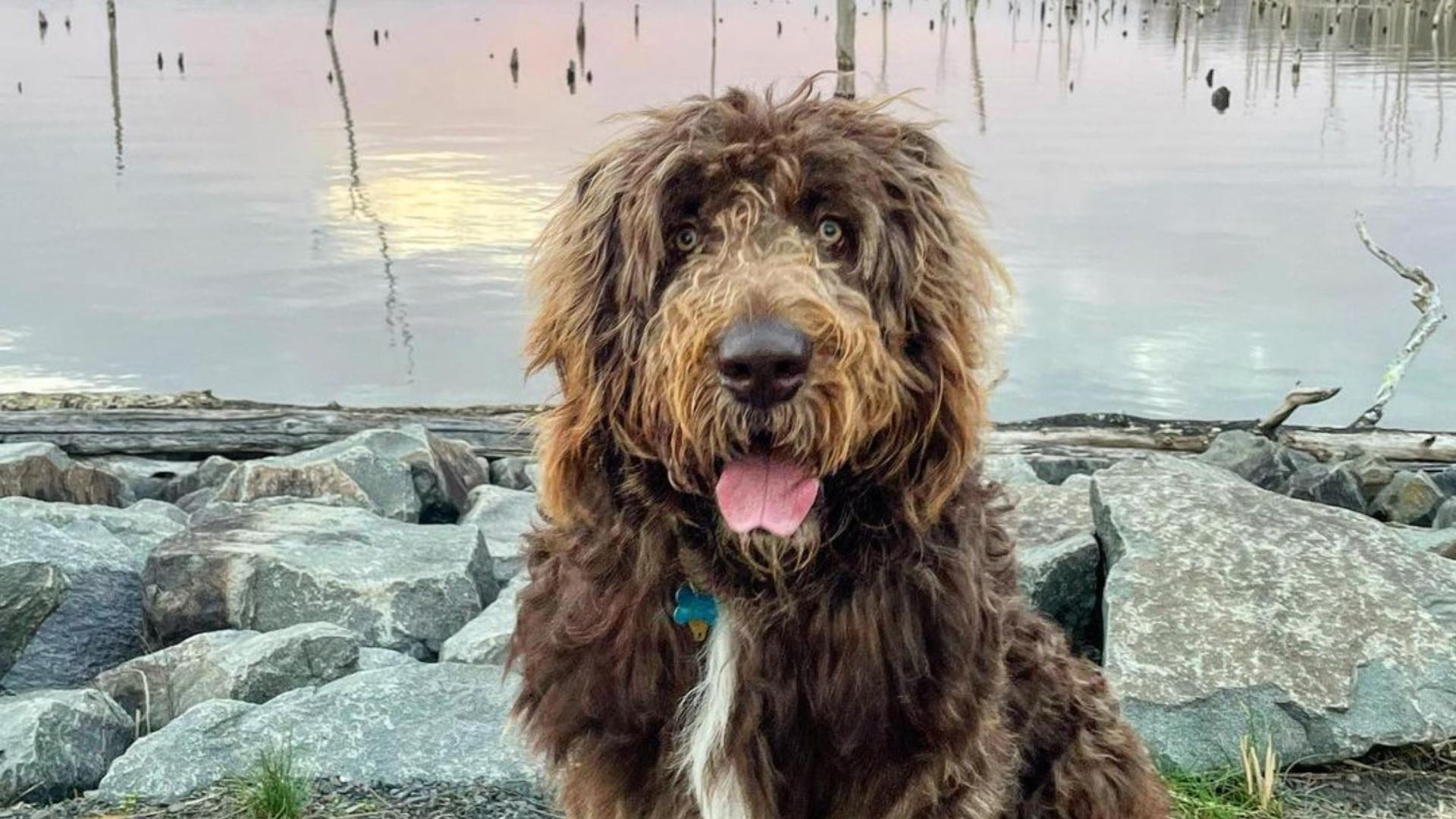
The Newfypoo is a crossbreed between a Newfoundland and a Poodle. These dogs inherit intelligence and a hypoallergenic coat from the Poodle, combined with the friendly and loyal nature of the Newfoundland.
-
Region of Habitat: Primarily in the United States and Canada
-
Scientific Name: Canis lupus familiaris
-
Feeding Habits: Omnivores typically eat a balanced diet of meat and vegetables.
-
What Sound Do They Make: Newfypoos tend to bark softly, often communicating in a playful tone.
Fun Fact
Newfypoos are known for being excellent therapy dogs, often helping people with emotional or physical needs.
6. Newt
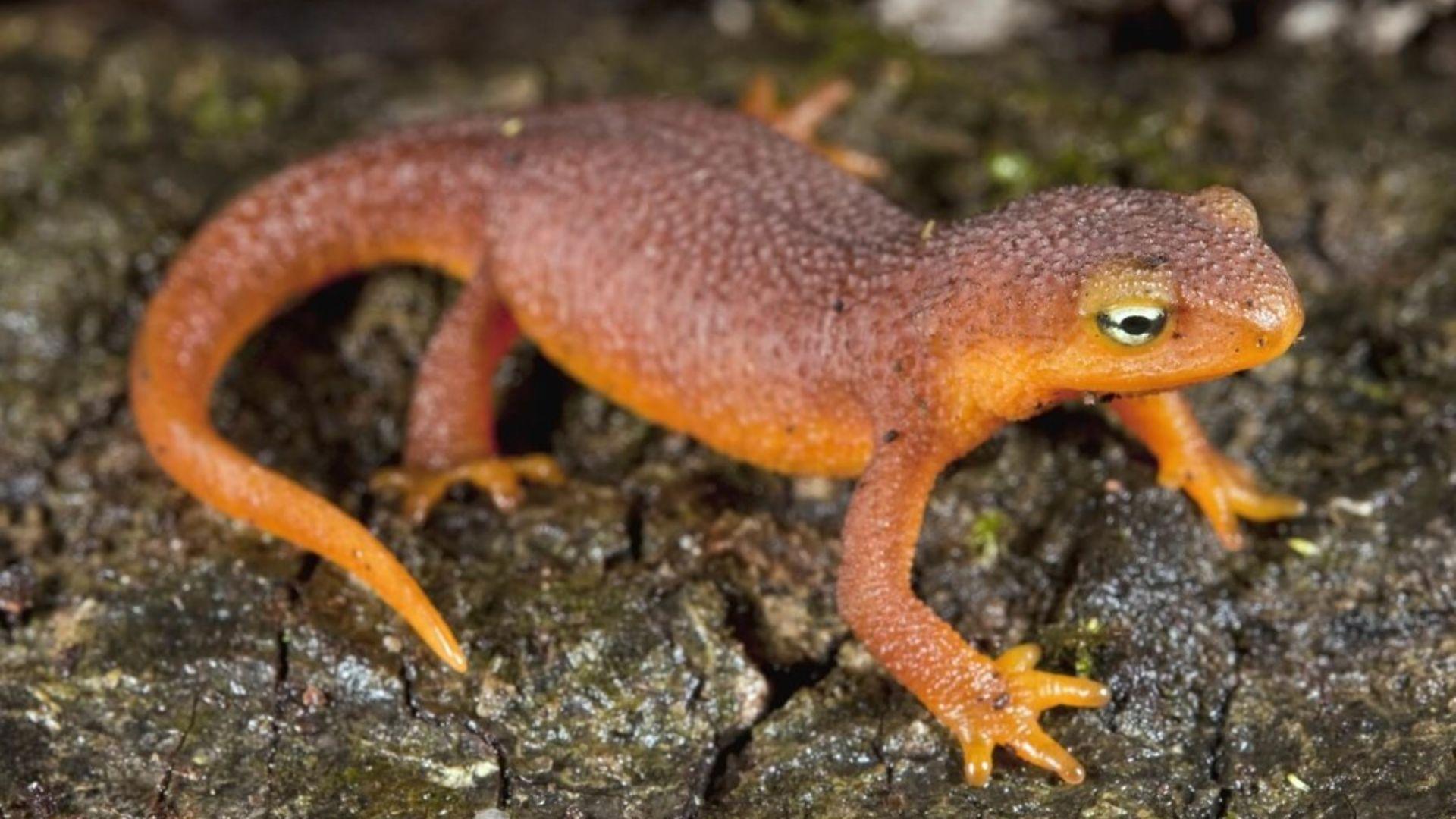
Newts are small amphibians in the salamander family. They are unique among amphibians in their ability to regenerate limbs, eyes, and other body parts.
-
Region of Habitat: Wetlands, ponds, and streams across temperate regions
-
Scientific Name: Salamandridae
-
Feeding Habits: Carnivores feed on small insects, worms, and other invertebrates.
-
What Sound Do They Make: Newts are typically silent but may make occasional croaking sounds during mating seasons.
Fun Fact
Newts can regenerate entire limbs and even organs like their heart and spinal cords.
7. Nile Crocodile
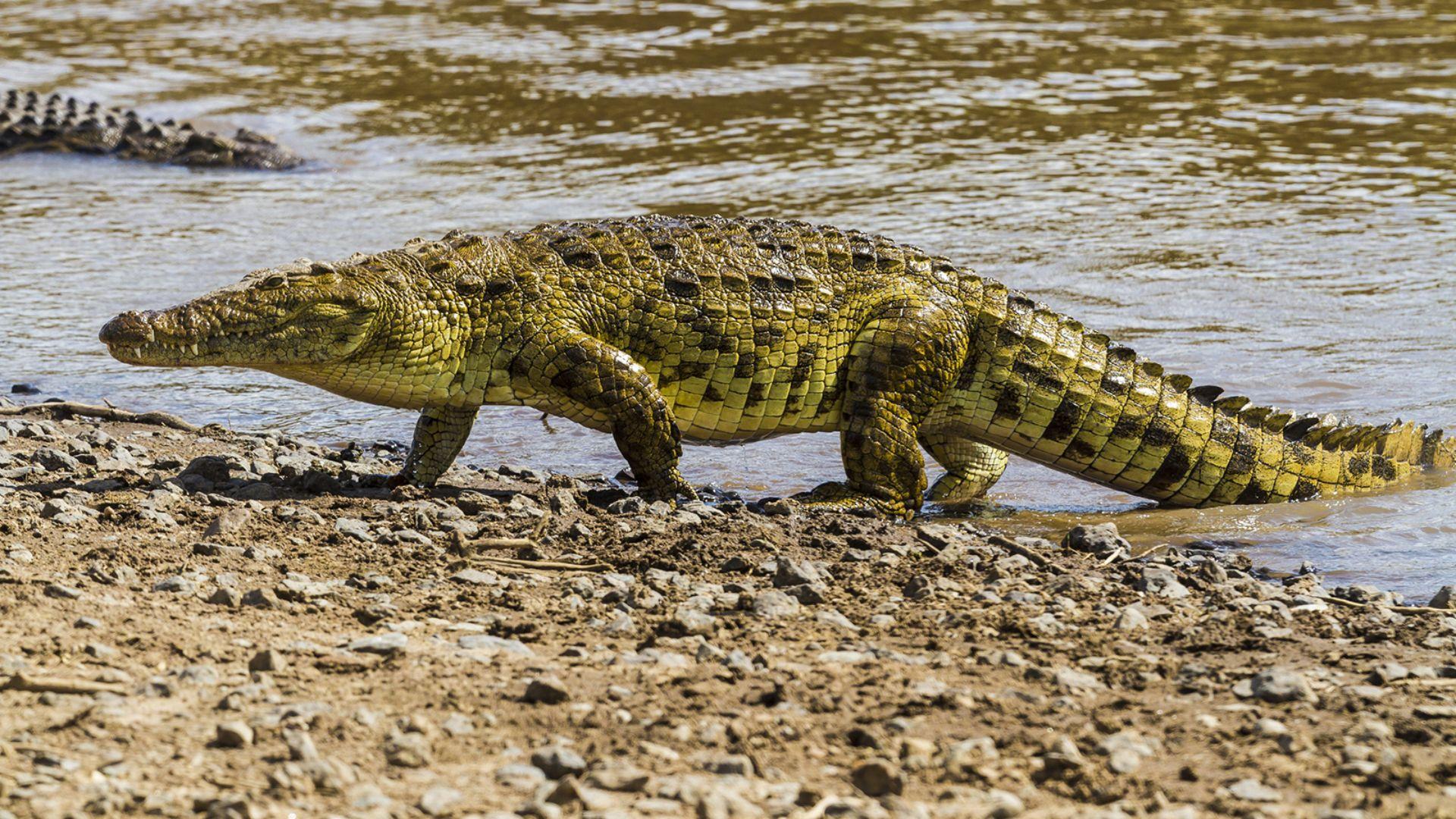
The Nile crocodile is one of the largest and most dangerous crocodile species. Found in Africa’s freshwater habitats, it is an opportunistic predator that ambushes both land and aquatic prey.
-
Region of Habitat: Freshwater lakes, rivers, and marshes in Africa
-
Scientific Name: Crocodylus niloticus
-
Feeding Habits: Carnivores feed on fish, birds, and mammals.
-
What Sound Do They Make: Nile crocodiles produce low grunting and growling sounds, especially during mating or territorial disputes.
Fun Fact
Nile crocodiles can live for over 70 years in the wild and are highly territorial.
8. Nile Monitor
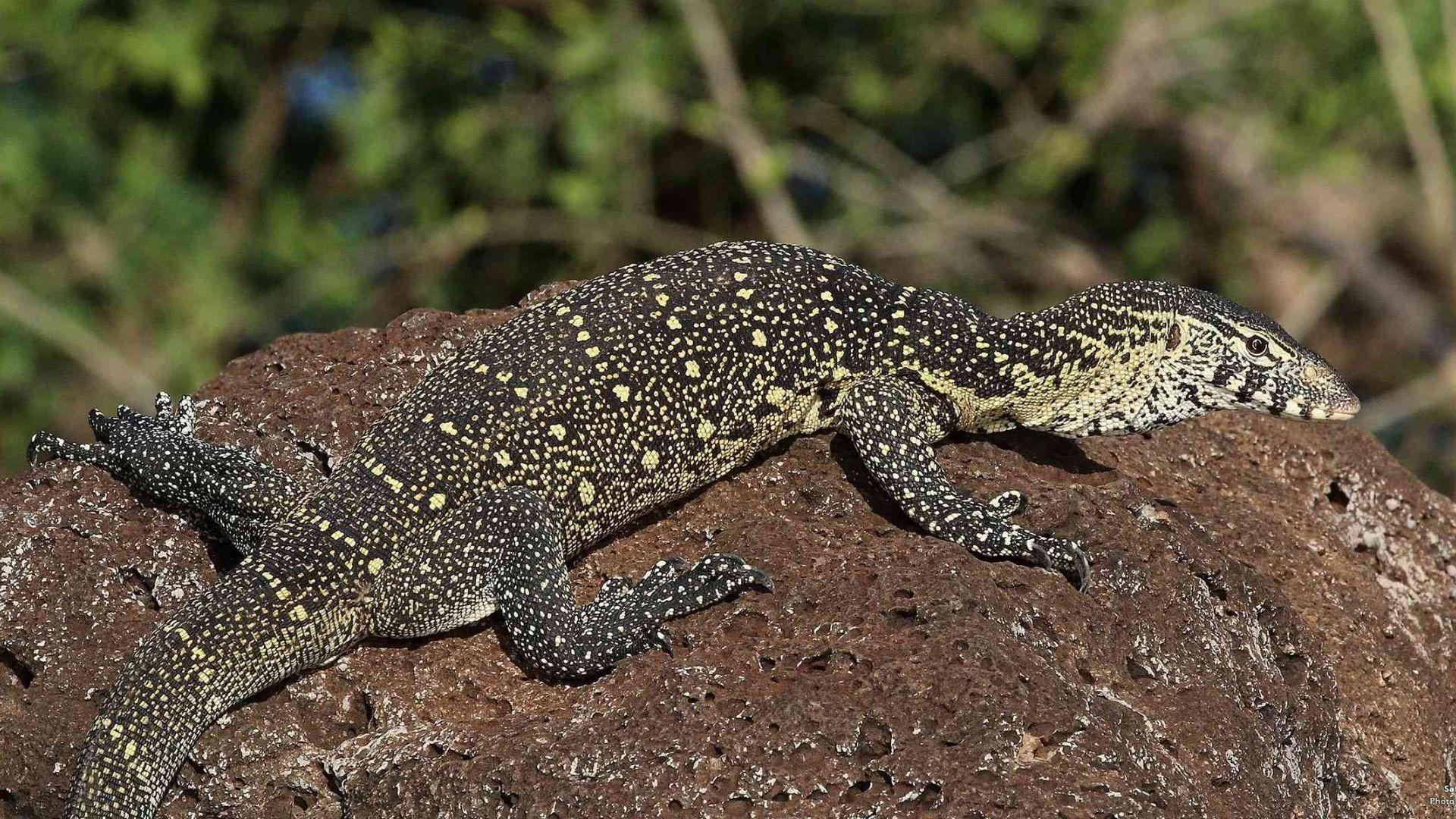
Nile monitors are large, powerful lizards native to Africa. They are fast swimmers and skilled hunters, feeding on fish, amphibians, and small mammals.
-
Region of Habitat: Sub-Saharan Africa, typically around rivers, lakes, and wetlands
-
Scientific Name: Varanus niloticus
-
Feeding Habits: Carnivores feed on fish, amphibians, and small mammals.
-
What Sound Do They Make: Nile monitors produce hissing and growling sounds when threatened.
Fun Fact
Nile monitors can run up to 18 miles per hour on land, making them one of the fastest lizards.
9. Night Heron
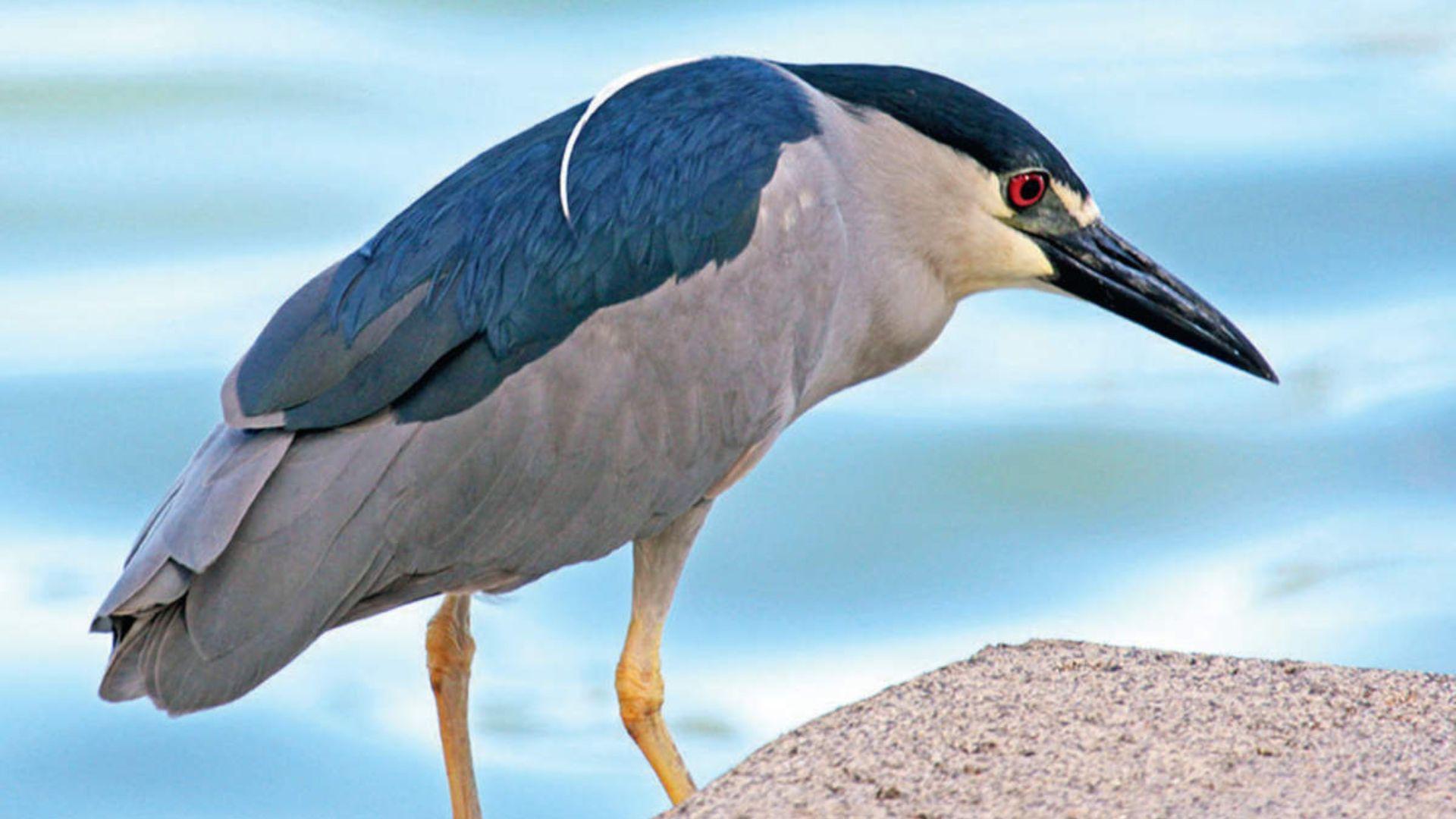
Night herons are medium-sized wading birds known for their nocturnal hunting habits. They are effective predators, often hunting for fish and amphibians in the dark.
-
Region of Habitat: Wetlands, marshes, and coastal areas worldwide
-
Scientific Name: Nycticorax nycticorax
-
Feeding Habits: Carnivores feed on fish, amphibians, and small invertebrates.
-
What Sound Do They Make: Night herons produce harsh, croaking calls, especially at night.
Fun Fact
Night herons often “bobble” their heads while hunting, which helps them spot prey.
10. Northern Cardinal
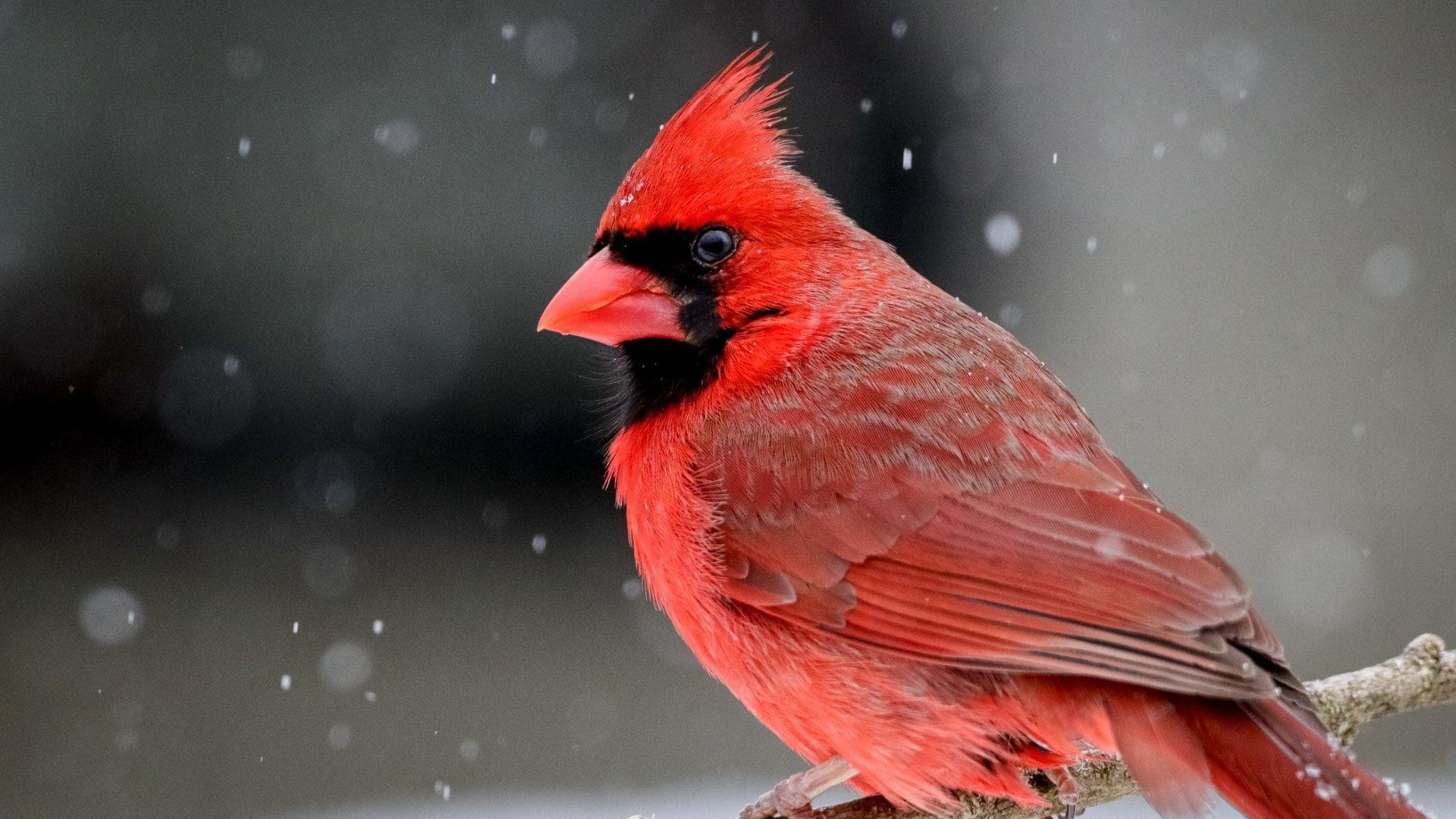
The northern cardinal is a popular songbird known for its bright red plumage, particularly in males. These birds are commonly found in North America and are known for their cheerful songs.
-
Region of Habitat: North and South America, especially in woodlands, gardens, and parks
-
Scientific Name: Cardinalis cardinalis
-
Feeding Habits: Omnivores feed on seeds, fruits, and small insects.
-
What Sound Do They Make: Northern cardinals sing a series of clear, whistling notes that are easily recognizable.
Fun Fact
The northern cardinal is the state bird of seven U.S. states.
11. Northern Flicker
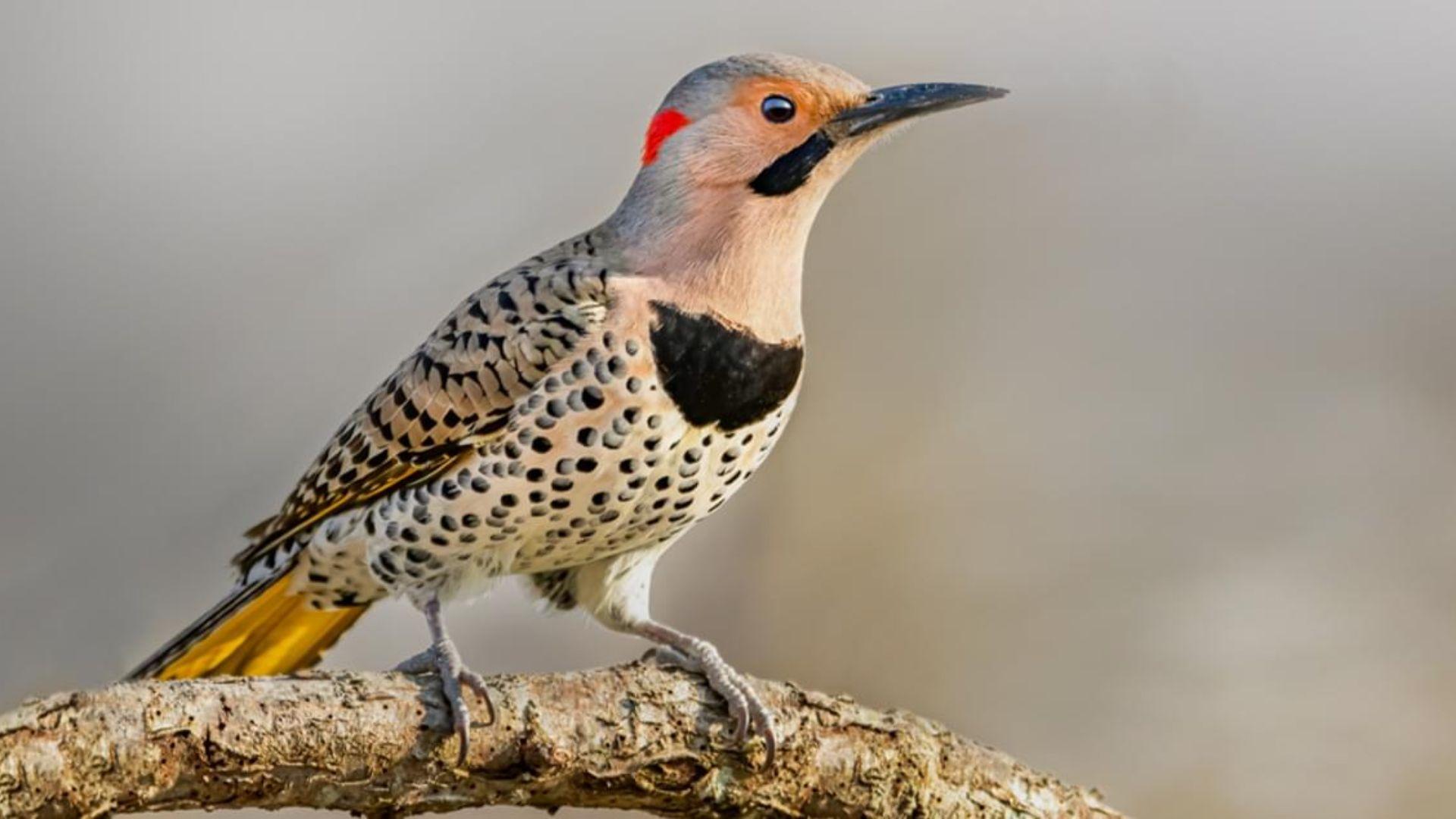
The northern flicker is a type of woodpecker that often forages on the ground for ants and beetles. Unlike most woodpeckers, they prefer to search for food in soil rather than tree trunks.
-
Region of Habitat: North America, primarily in woodlands and suburban areas
-
Scientific Name: Colaptes auratus
-
Feeding Habits: Primarily ant-eaters, feeding mostly on ants and beetles.
-
What Sound Do They Make: Northern flickers make loud “wick-a-wick” calls and drum on tree trunks.
Fun Fact
Northern flickers are one of the few woodpeckers that forage on the ground for their food.
12. Northern Fur Seal
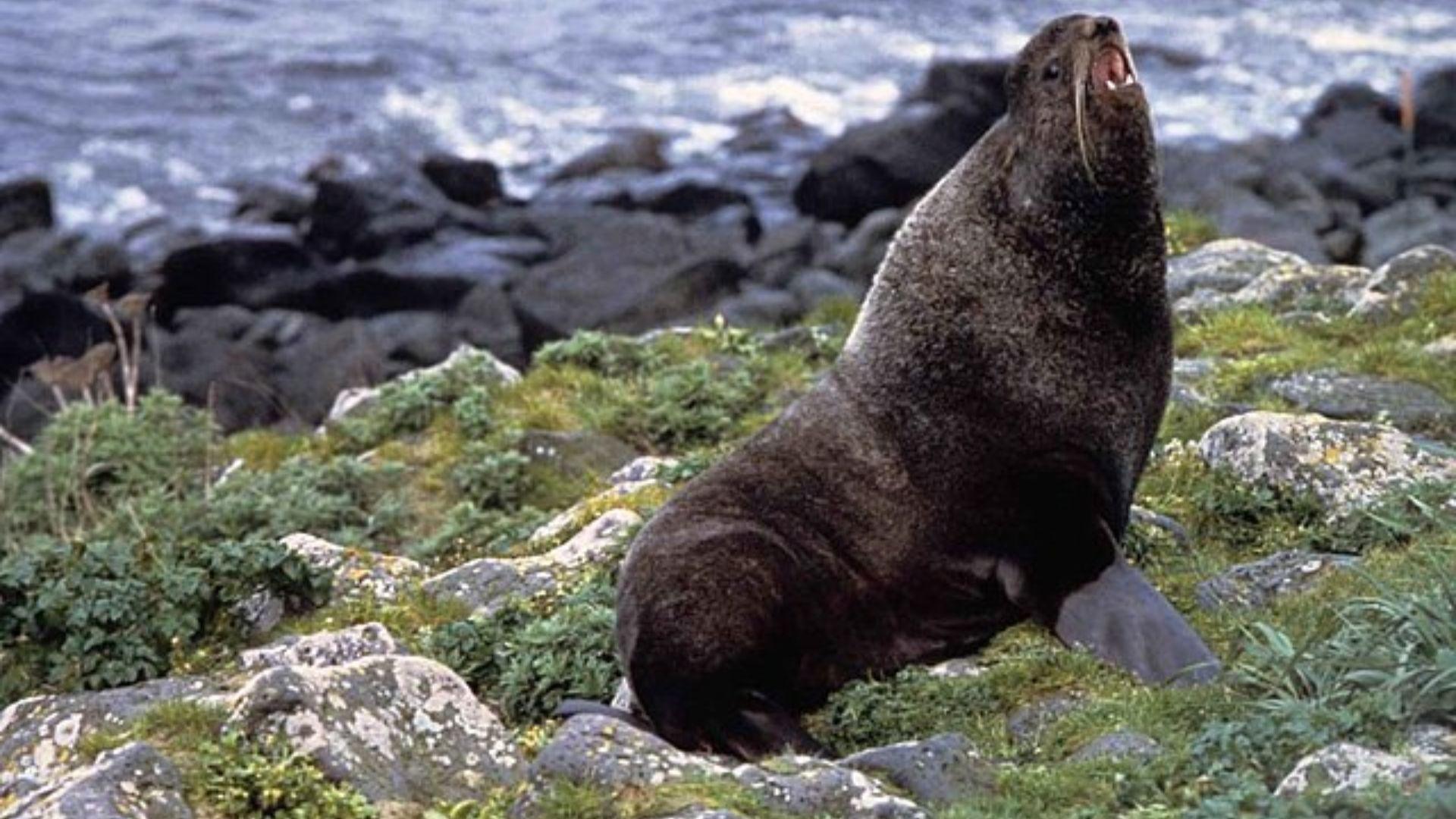
Northern fur seals are large marine mammals with thick, insulating fur. They are excellent swimmers, found in the North Pacific, and are often seen hauling out on rocky shorelines to rest.
-
Region of Habitat: North Pacific Ocean, particularly around Alaska and Russia
-
Scientific Name: Callorhinus ursinus
-
Feeding Habits: Carnivorous, feeding primarily on fish and squid.
-
What Sound Do They Make: Northern fur seals bark and produce growling sounds, particularly when competing for space on land.
Fun Fact
Northern fur seals can dive as deep as 500 meters while hunting for food.
13. Northern Harrier
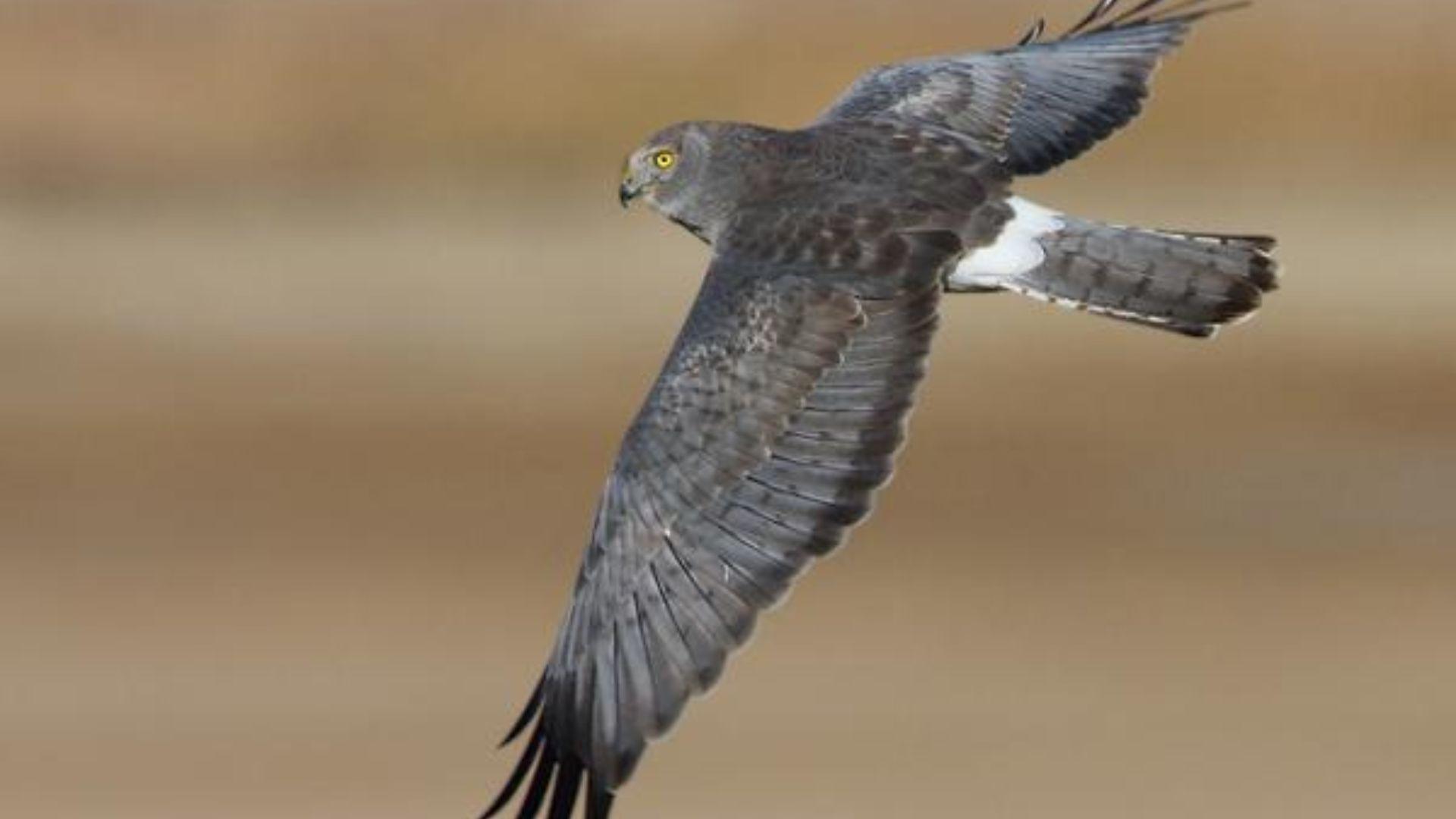
The northern harrier is a medium-sized hawk that is known for its low, gliding flight pattern as it searches for small mammals, birds, and insects. It is often seen flying just above the ground, scanning for prey.
-
Region of Habitat: North America, Europe, and parts of Asia
-
Scientific Name: Circus cyaneus
-
Feeding Habits: Carnivores feed on small mammals, birds, and insects.
-
What Sound Do They Make: Northern harriers produce soft, whistling calls during flight.
Fun Fact
Northern harriers are one of the few hawks that fly close to the ground, using their exceptional vision to spot prey.
14. Northern Inuit Dog
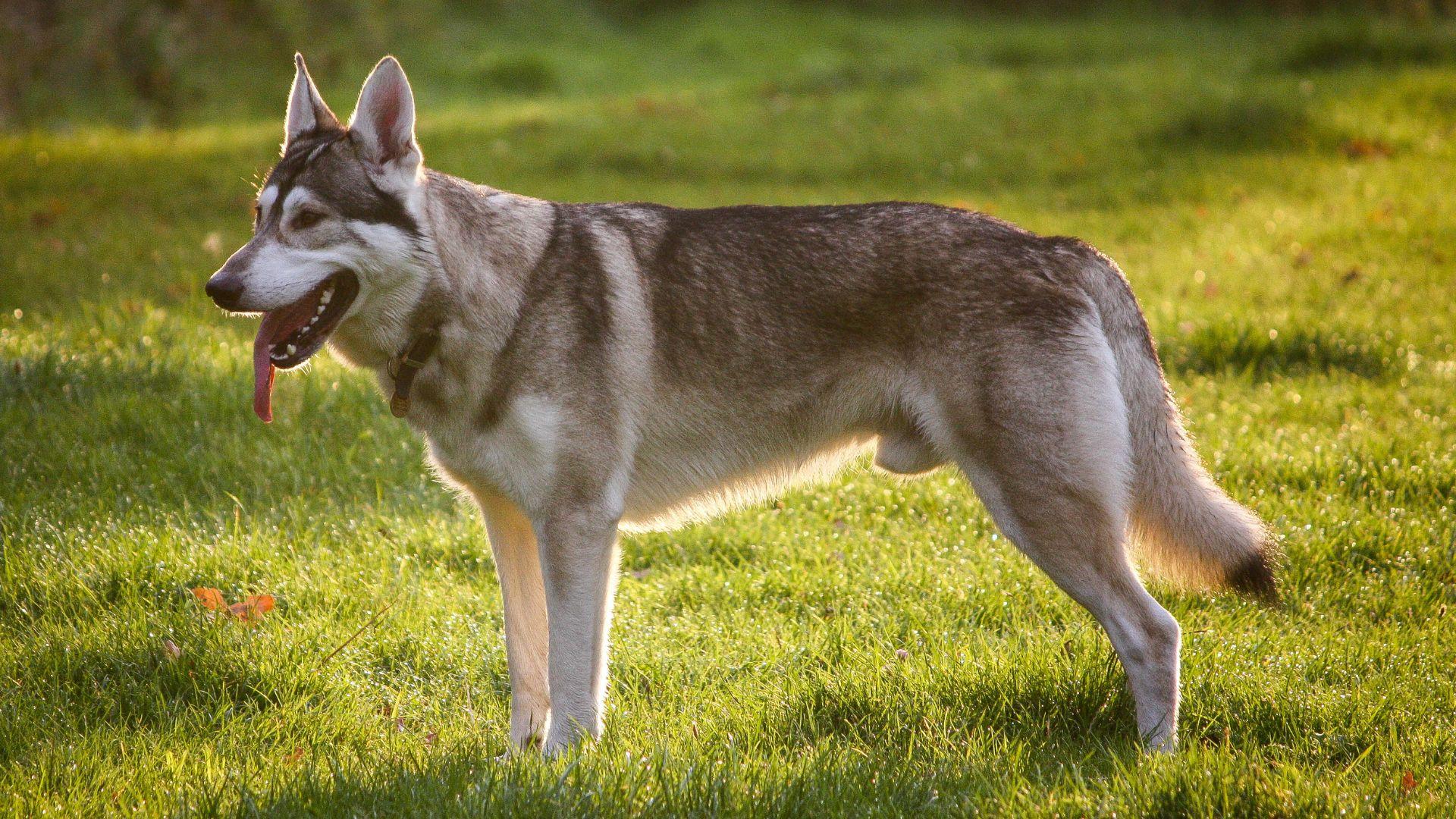
The northern Inuit dog is a large, wolf-like breed that was developed to resemble wolves. These dogs are known for their friendly temperament and are often used as family pets or in movie roles.
-
Region of Habitat: United Kingdom and Canada
-
Scientific Name: Canis lupus familiaris
-
Feeding Habits: Omnivores typically consume a balanced diet of meat and vegetables.
-
What Sound Do They Make: Northern Inuit dogs bark, whine, and howl, often mimicking wolf sounds.
Fun Fact
Northern Inuit dogs were originally bred for TV and movie roles, thanks to their wolf-like appearance.
15. Northern Parula
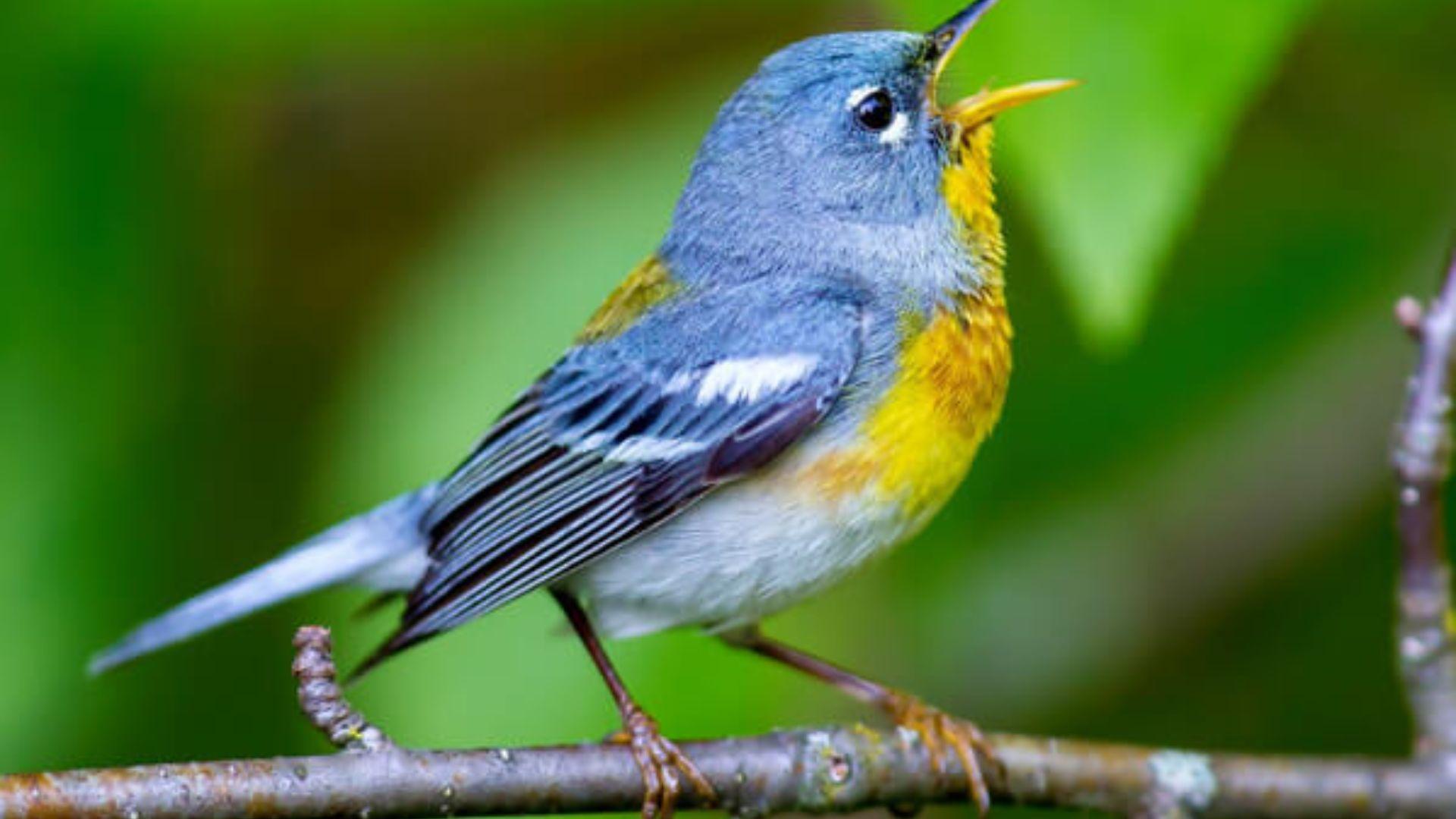
The northern parula is a small songbird with deep blue and yellow feathers. It is commonly found in North America, particularly in forests and wetlands, and is known for its sweet songs.
-
Region of Habitat: North America, especially in wetlands and wooded areas
-
Scientific Name: Setophaga americana
-
Feeding Habits: Insectivores, feeding primarily on insects and caterpillars.
-
What Sound Do They Make: Northern parulas produce musical, clear, and melodic songs.
Fun Fact
The northern parula is one of the first birds to arrive during spring migration.
16. Northern Pintail
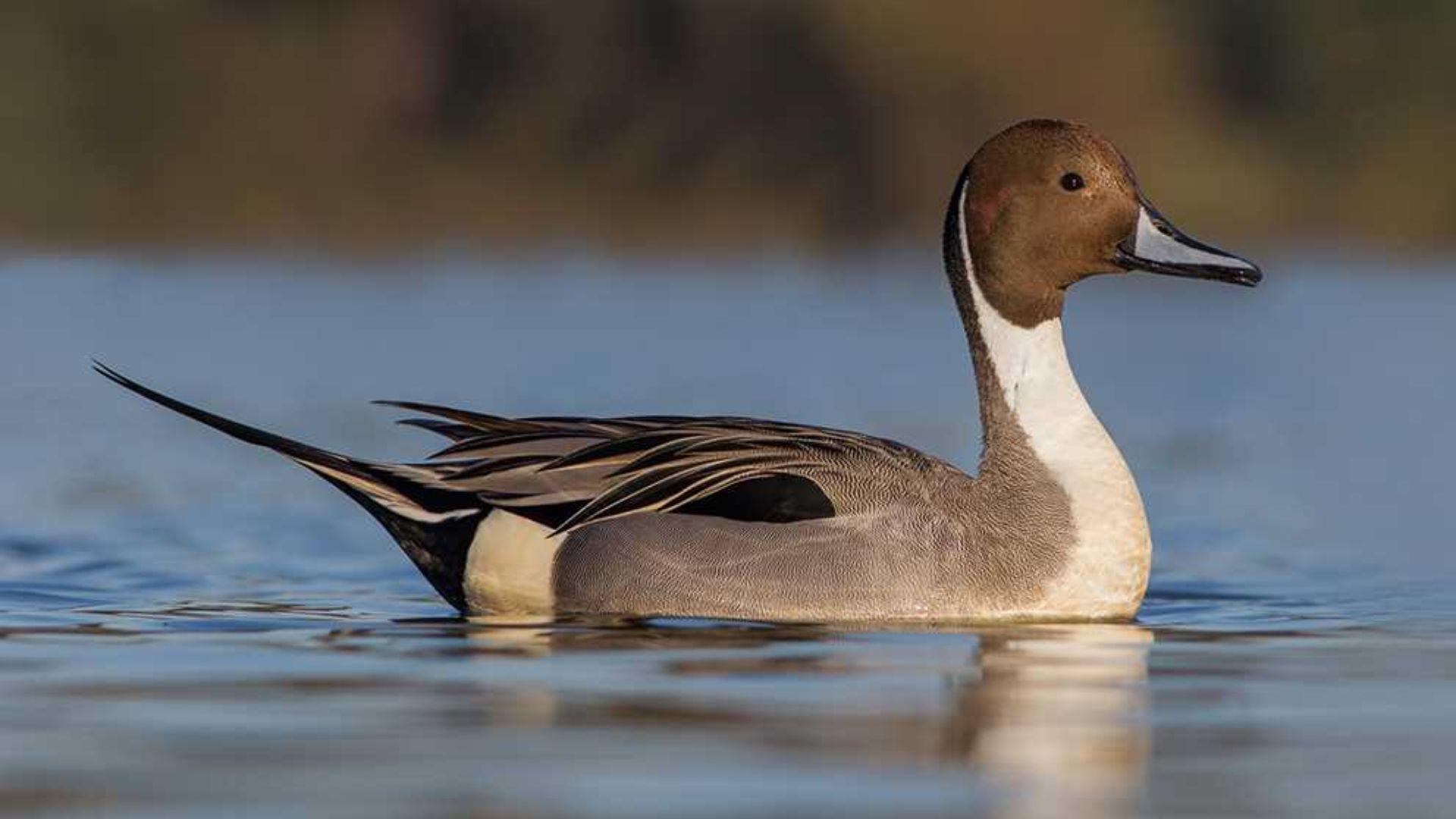
The northern pintail is a medium-sized duck known for its graceful, slender neck and pointed tail feathers. It is often found in wetlands and coastal areas and has graceful, swift flight patterns.
-
Region of Habitat: North America, Europe, and Asia, often in wetlands and coastal areas
-
Scientific Name: Anas acuta
-
Feeding Habits: Omnivores feed on seeds, aquatic plants, and small invertebrates.
-
What Sound Do They Make: Northern pintails produce a soft, whistling sound, particularly during flight.
Fun Fact
Northern pintails are known for their distinctive long, pointed tail feathers that distinguish them from other ducks.
17. Northern Water Snake
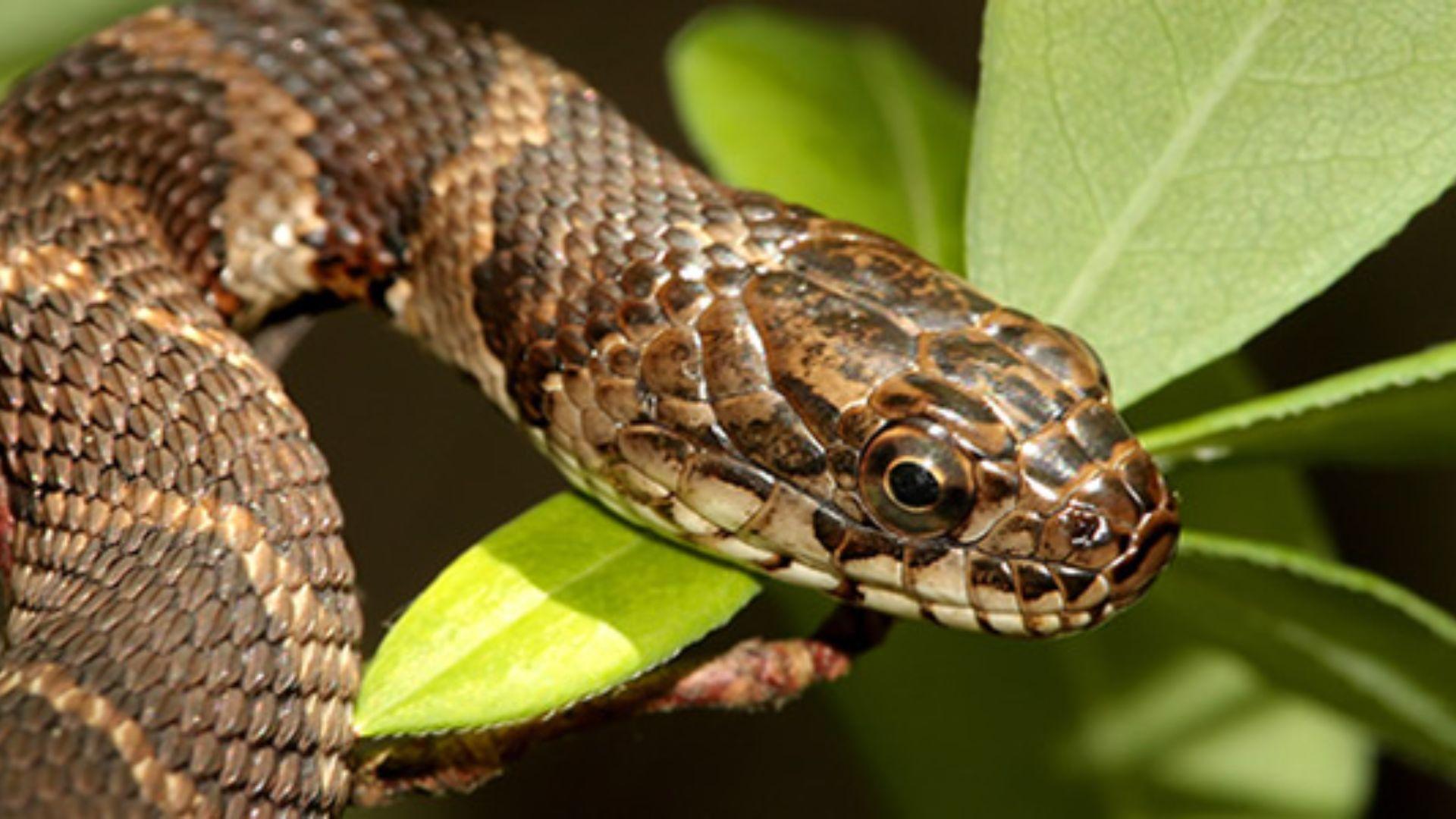
The northern water snake is a non-venomous species found in freshwater habitats. It is an excellent swimmer and preys on fish and amphibians. Known for its agility, the northern water snake can often be spotted gliding smoothly through water.
-
Region of Habitat: North America, particularly in the eastern and central parts of the U.S.
-
Scientific Name: Nerodia sipedon
-
Feeding Habits: Carnivores feed on fish, amphibians, and small aquatic animals.
-
What Sound Do They Make: Northern water snakes typically do not make sounds but may hiss when threatened.
Fun Fact
Despite their intimidating appearance, northern water snakes are non-venomous and harmless to humans.
18. Norfolk Terrier

The Norfolk terrier is a small, lively dog with a thick, wiry coat. These energetic dogs are often used for hunting small game and are known for their bold, fearless personalities.
-
Region of Habitat: United Kingdom, originally bred in Norfolk
-
Scientific Name: Canis lupus familiaris
-
Feeding Habits: Omnivores typically eat a balanced diet of meat, vegetables, and grains.
-
What Sound Do They Make: Norfolk terriers produce a high-pitched bark, often heard when they are excited or alert.
Fun Fact
Norfolk terriers are great ratters and were originally bred to catch small vermin, such as rats and rabbits.
19. Norway Rat
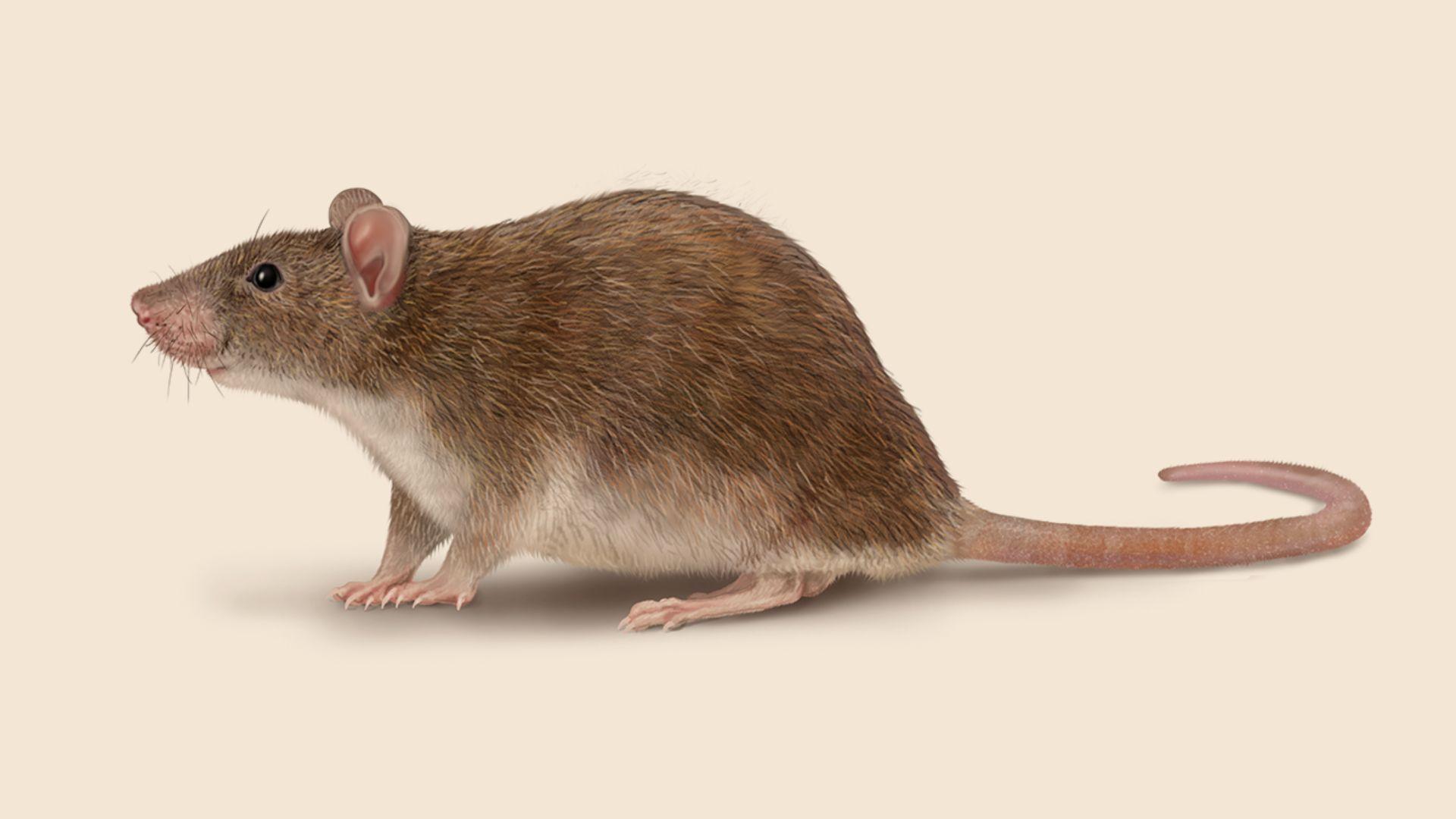
The Norway rat is a large rodent commonly found in urban areas. It is known for its adaptability and is one of the most successful rodent species worldwide. These rats are highly intelligent and can navigate complex environments.
-
Region of Habitat: Worldwide, particularly in urban areas and sewers
-
Scientific Name: Rattus norvegicus
-
Feeding Habits: Omnivores feed on a wide variety of foods, including grains, vegetables, and small animals.
-
What Sound Do They Make: Norway rats produce squeaks, growls, and sometimes hissing sounds, especially when threatened.
Fun Fact
Norway rats are excellent swimmers and can survive in water for long periods, even traveling through sewers to find food.
20. Norwegian Buhund
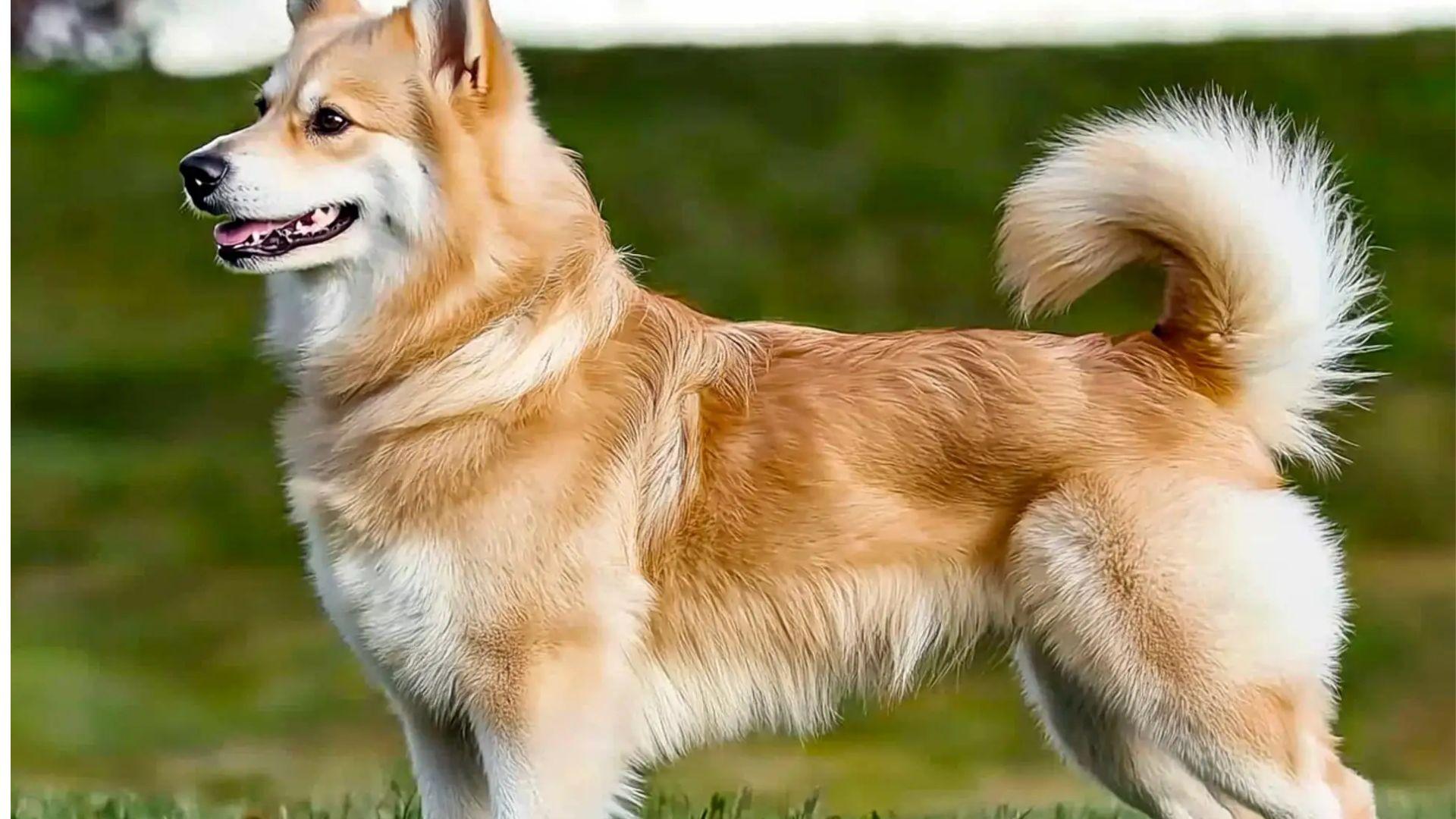
The Norwegian Buhund is a medium-sized herding dog with a thick, double-layered coat. Known for its agility and intelligence, it is often used in herding livestock in Norway. They are highly energetic and require plenty of exercise.
-
Region of Habitat: Norway
-
Scientific Name: Canis lupus familiaris
-
Feeding Habits: Omnivores eat a balanced diet of meat, vegetables, and grains.
-
What Sound Do They Make: Norwegian Buhunds are vocal and produce barks, whines, and howls when excited or alert.
Fun Fact
Norwegian Buhunds are known for their herding instincts and are capable of rounding up livestock without much training.
Further Animals that Start with the Alphabet “N”
21. Norwegian Elkhound
22. Norwich Terrier
23. Nubian Goat
24. Nurse Shark
25. Nuthatch
26. Nutria
27. Nyala
28. Nighthawk
29. Nene
30. New Guinea Singing Dog
31. Nuthatches
32. North American Beaver
33. Northern Leaf-Tailed Gecko
34. Northern Night Monkey
35. Northern Bobwhite
36. Nabarlek
37. Naegleria
38. Natterjack
39. Nautilus
40. Neanderthal
41. Neapolitan Mastiff
42. Nebelung
43. Needlefish
44. Nelore Cattle
45. Nematode
46. Neptune Grouper
47. Netherland Dwarf Rabbit
48. New Hampshire Red Chicken
49. Nicobar Pigeon
50. Nigerian Goat
51. Night Adder
52. Night Snake
53. Nightingale
54. Nightjar
55. Nile Perch
56. Nilgai
57. No See Ums
58. Norrbottenspets
59. Northern Alligator Lizard
60. Northern Jacana
61. Northern Screamer
62. Northern Potoo
63. Nova Scotia Duck Tolling Retriever
64. Nudibranch
65. Numbat
66. Nuralagus
67. Numbray (Electric Ray)
68. Nicator
69. Nkupe
70. Numbray
71. Nightfish
72. Naseby
73. Neanderthal (Neandertal)
74. Nettle Caterpillar
75. Nicobar Treeshrew
76. Nightshade
77. Noodlefish
78. Nalolo
79. Ñandú
80. Napu
81. Natal Ghost Frog
82. Natterjack Toad
83. Neddicky
84. Neptune’s Cup Sponge
85. Nighthawk (Common)
86. Nightingale (Common)
87. Ningaui
88. Noctule Bats
89. North Sulawesi Babirusa
90. Nunbirds
91. Nunlets
92. Naemorhedus
93. Nag
94. Nandu
95. Nanomia
96. Narwal
97. Nasalis
98. Nasua
99. Natantia
100. Naticidae
101. Natrix
102. Naucrates
103. Nautilidae
104. Neb
105. Necturus
106. Negaprion
107. Nekton
108. Nematocera
109. Nematoda
110. Nemertea
111. Nemertean
112. Nemertina
113. Nemertine
114. Neoceratodus
115. Neofiber
116. Neomys
117. Neophron
118. Neotoma
119. Nepa
120. Nephrops
121. Nephropsidae
122. Nepidae
123. Nerita
124. Neritid
125. Neritidae
126. Neritina
127. Nerodia
128. Nervure
129. Nesokia
130. Nester
131. Nestling
132. Nestor
133. Neuroptera
134. Neuropteran
135. Neuropteron
136. Neurotrichus
137. Nib
138. Nightwalker
139. Nimravus
140. Nit
141. Nitella
142. Nitrobacter
143. Nitrobacteria
144. Nitrobacteriaceae
145. Nitrobacterium
146. Nitrosobacteria
147. Nitrosomonas
148. Noctiluca
149. Noctua
150. Noctuid
151. Noctuidae
152. Nomia
153. Nonstarter
154. Nostoc
155. Nostocaceae
156. Notechis
157. Notemigonus
158. Nothosaur
159. Nothosauria
160. Notochord
161. Notomys
162. Notonecta
163. Notonectidae
164. Notophthalmus
165. Notornis
166. Notoryctidae
167. Notoryctus
168. Notostraca
169. Notropis
170. Nucifraga
171. Nuda
172. Nudibranchia
173. Numbfish
174. Numenius
175. Numida
176. Numididae
177. Numidinae
178. Nummulite
179. Nummulitidae
180. Nutcracker
181. Nyctanassa
182. Nyctereutes
183. Nycticebus
184. Nycticorax
185. Nyctimene
186. Nylghai
187. Nylghau
188. Nymph
189. Nymphalid
190. Nymphalidae
191. Nymphalis
192. Nymphicus
193. Nabarra
194. Negros Warty Pig
195. Nkulenu
196. Nene Goose
197. Numbat (Western Australian)
198. Nando
199. Noxious Frog
200. Numbfish (Electric Ray)
201. Negev Tortoise
202. Neotropical Otter
203. Natterjack Toad (European)
Summing It Up
Animals with N show just how diverse nature can be. From the mighty Nile crocodile to the tiny neon tetra, these creatures have amazing survival skills.
Some, like the narwhal, have special body parts that make them unique. Others, like the night heron, have learned to hunt in darkness.
These animals live everywhere – from deep oceans to high trees, busy cities to quiet forests. Each one plays an important role in nature.
The Northern Cardinal brings color to gardens, while the Norway rat shows incredible smarts and survival skills. Learning about animals with N gives us a deeper respect for wildlife and the wonderful world around us.
If you’re interested in more informative animal and wildlife content, feel free to click hereand explore other blogs that you might enjoy.

